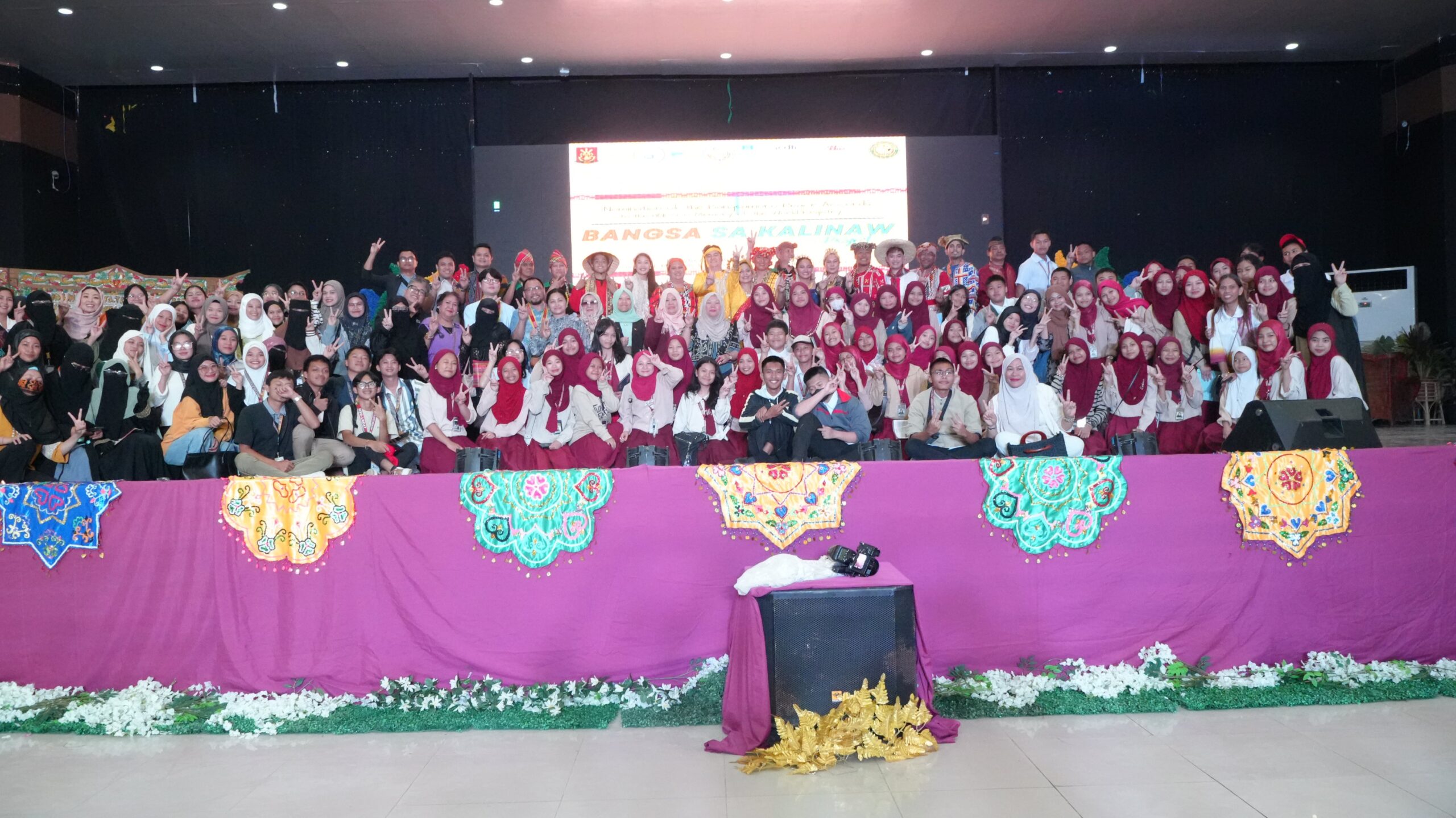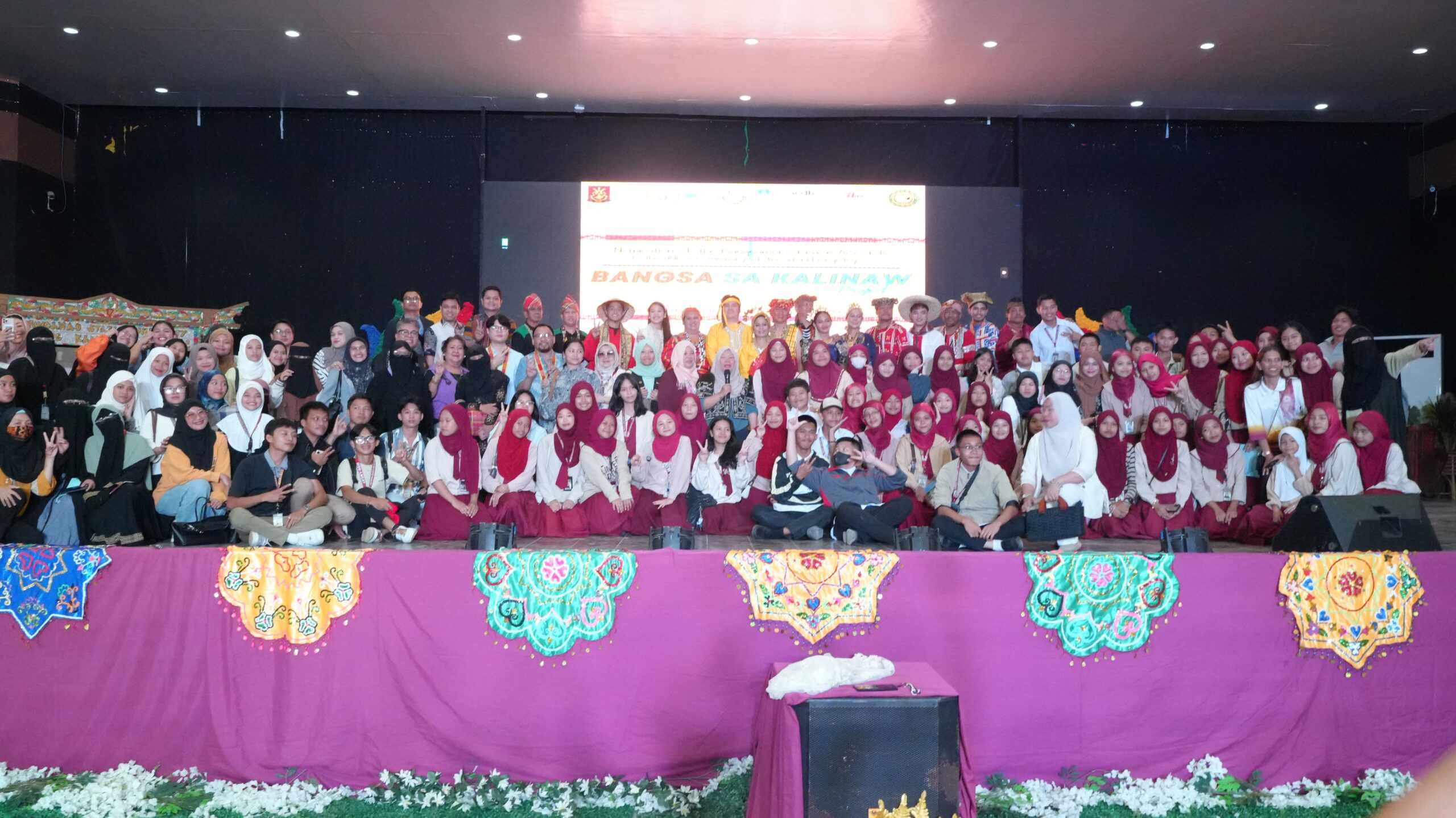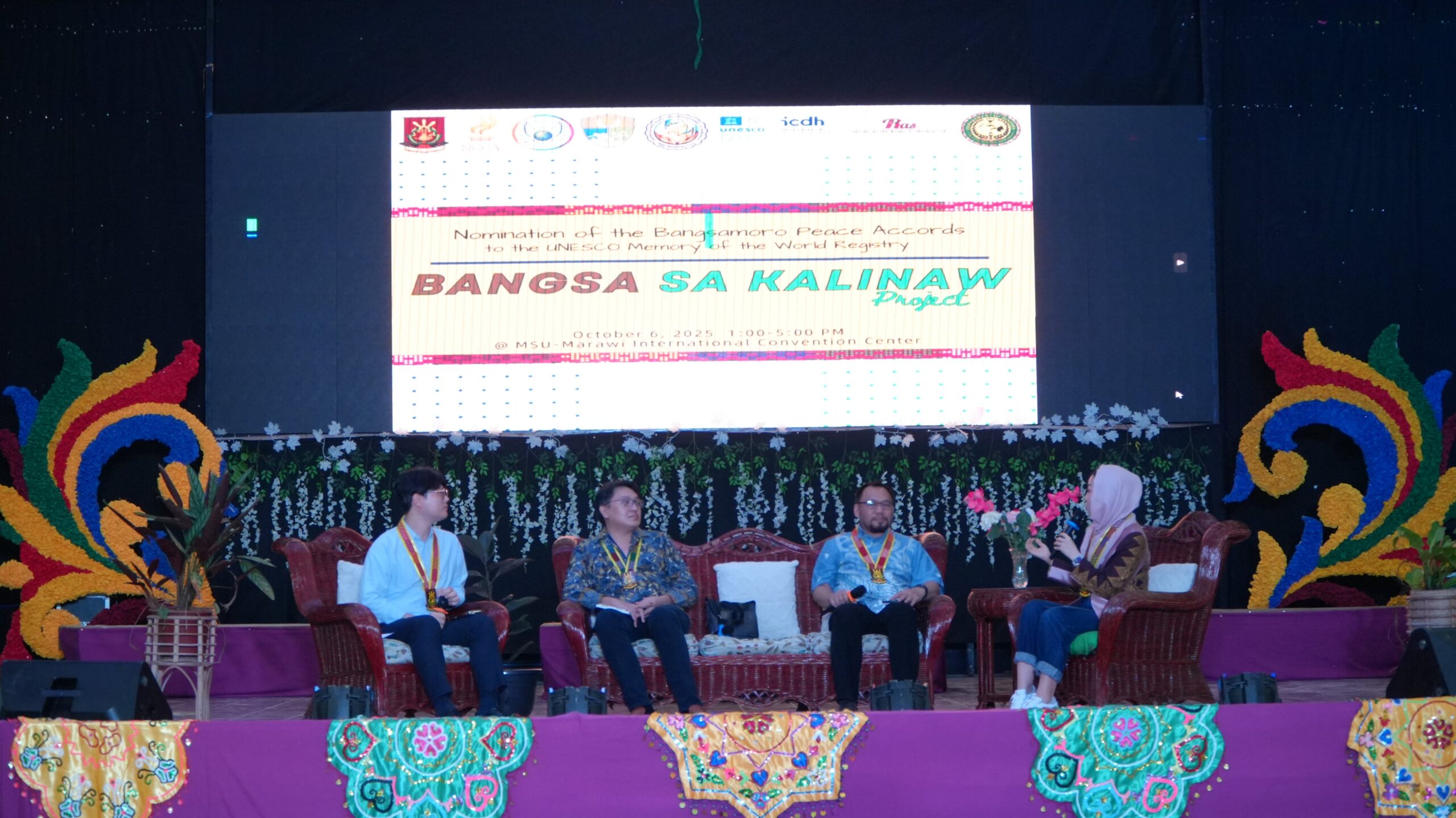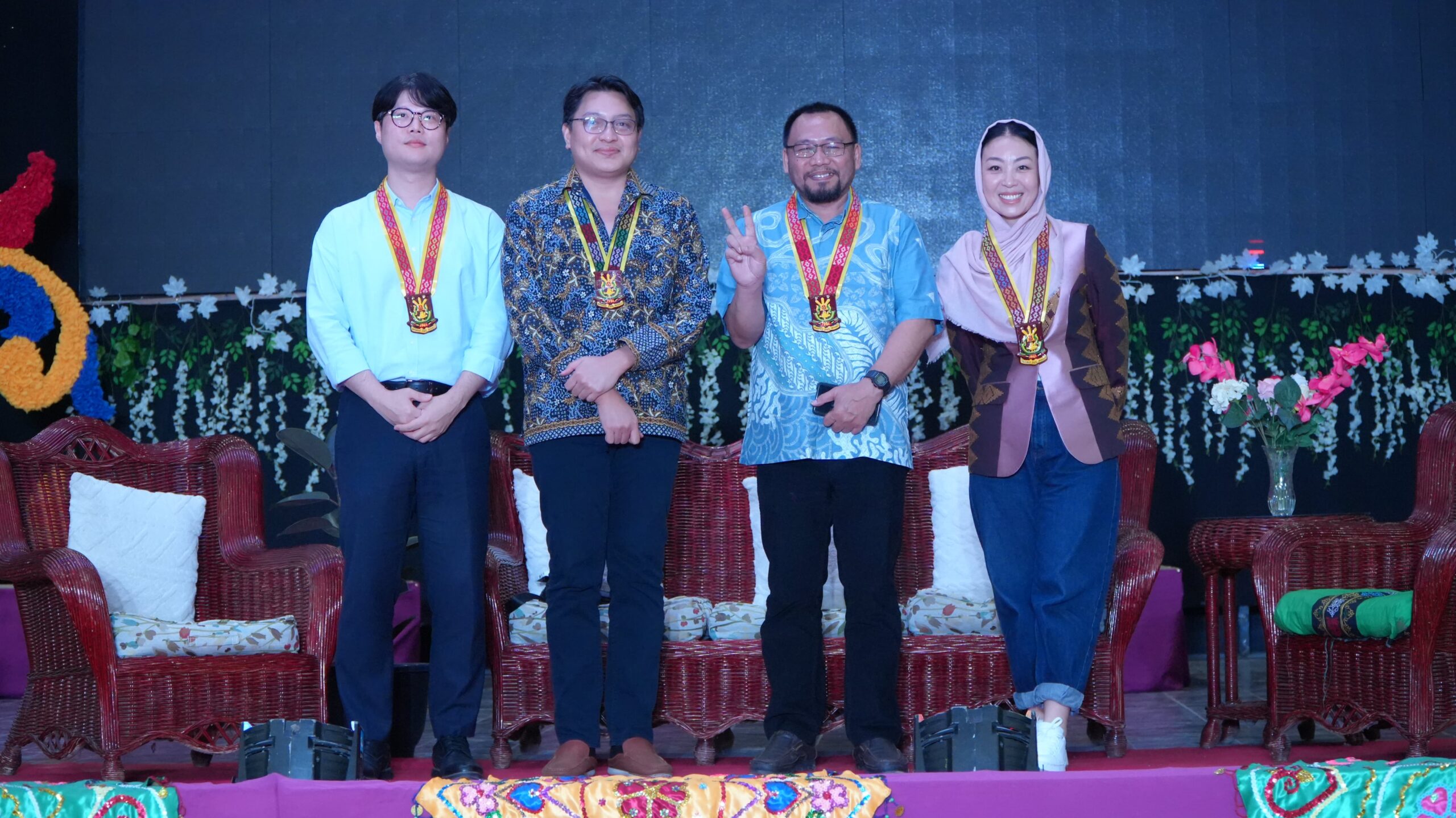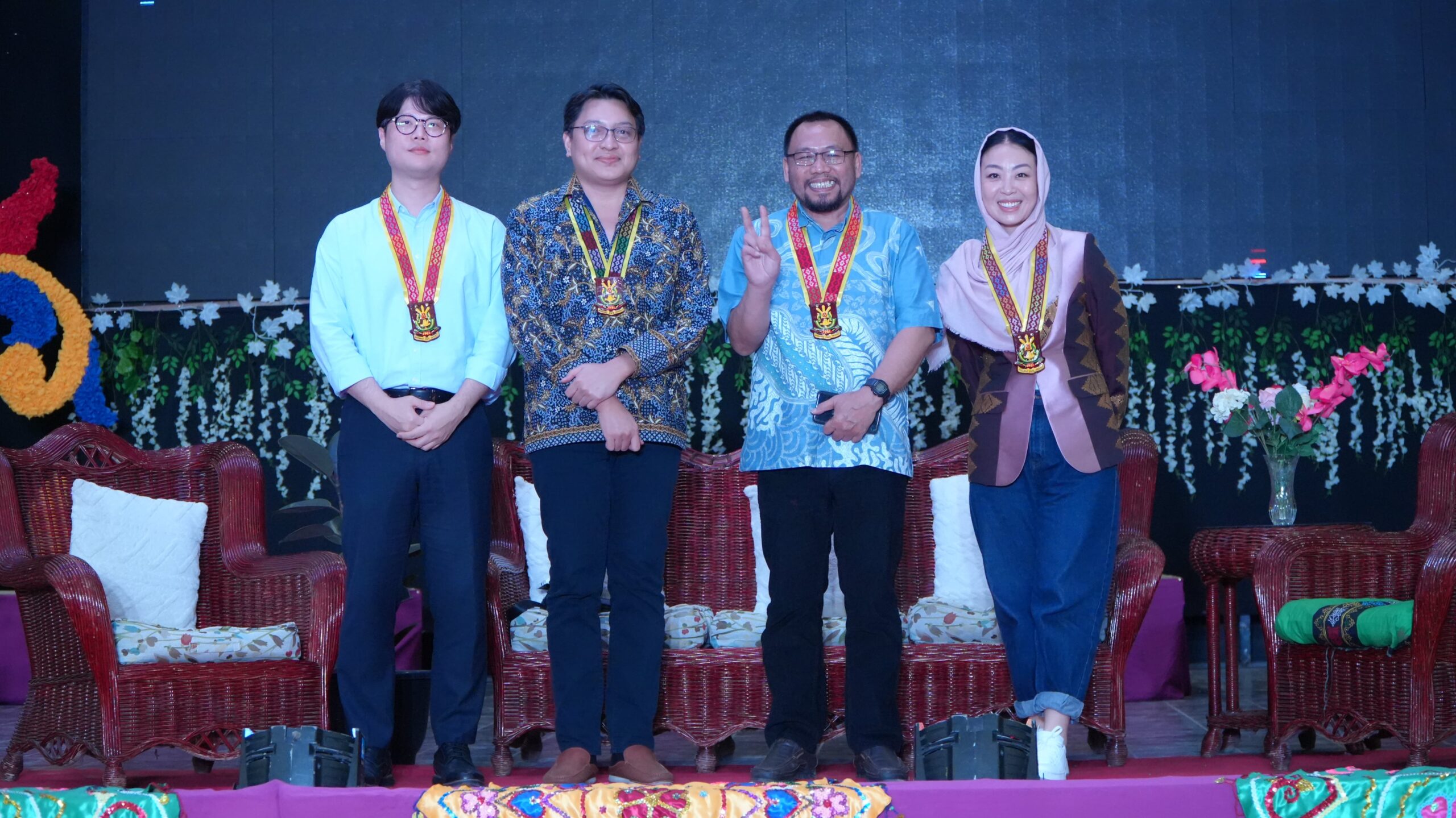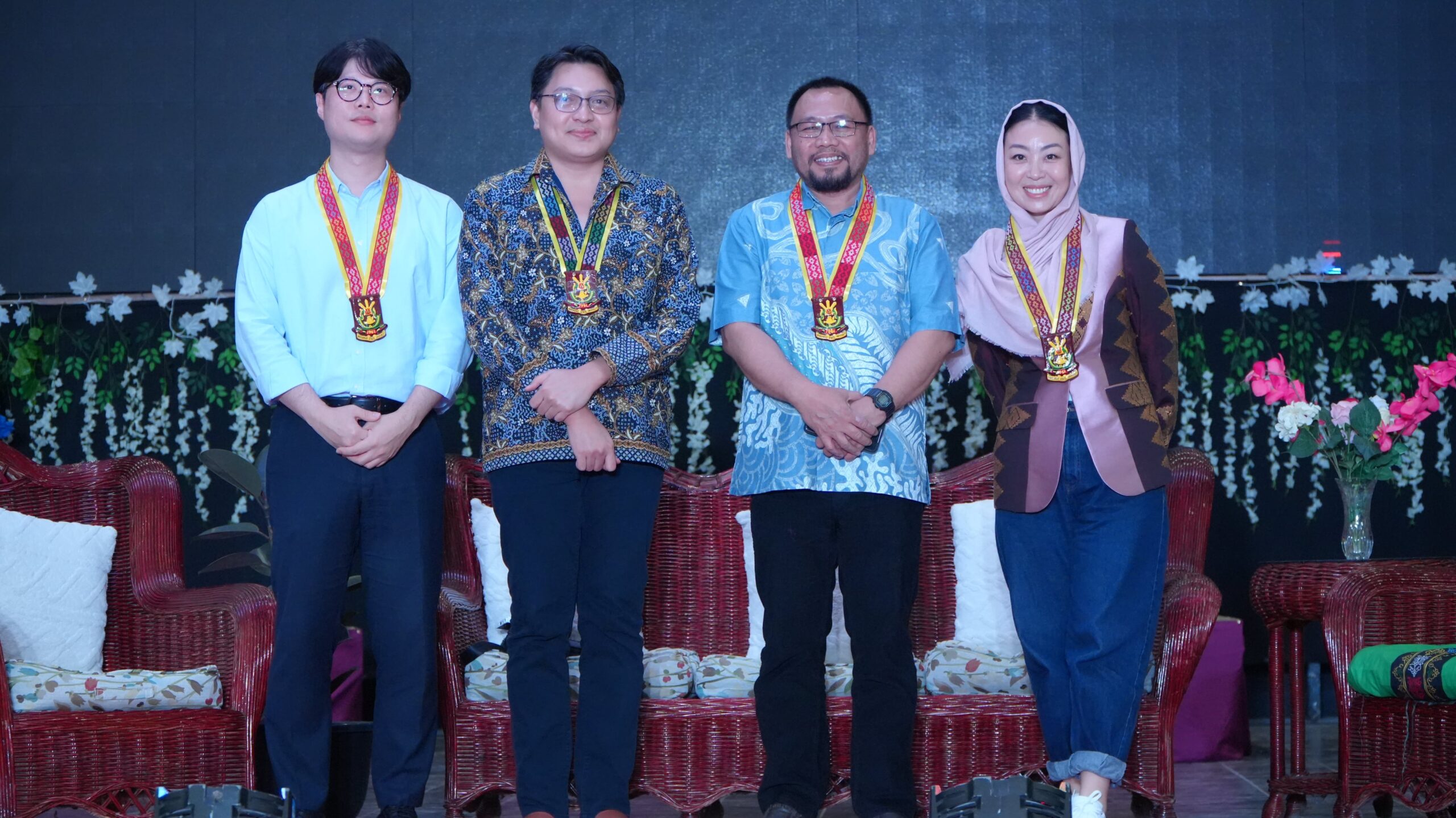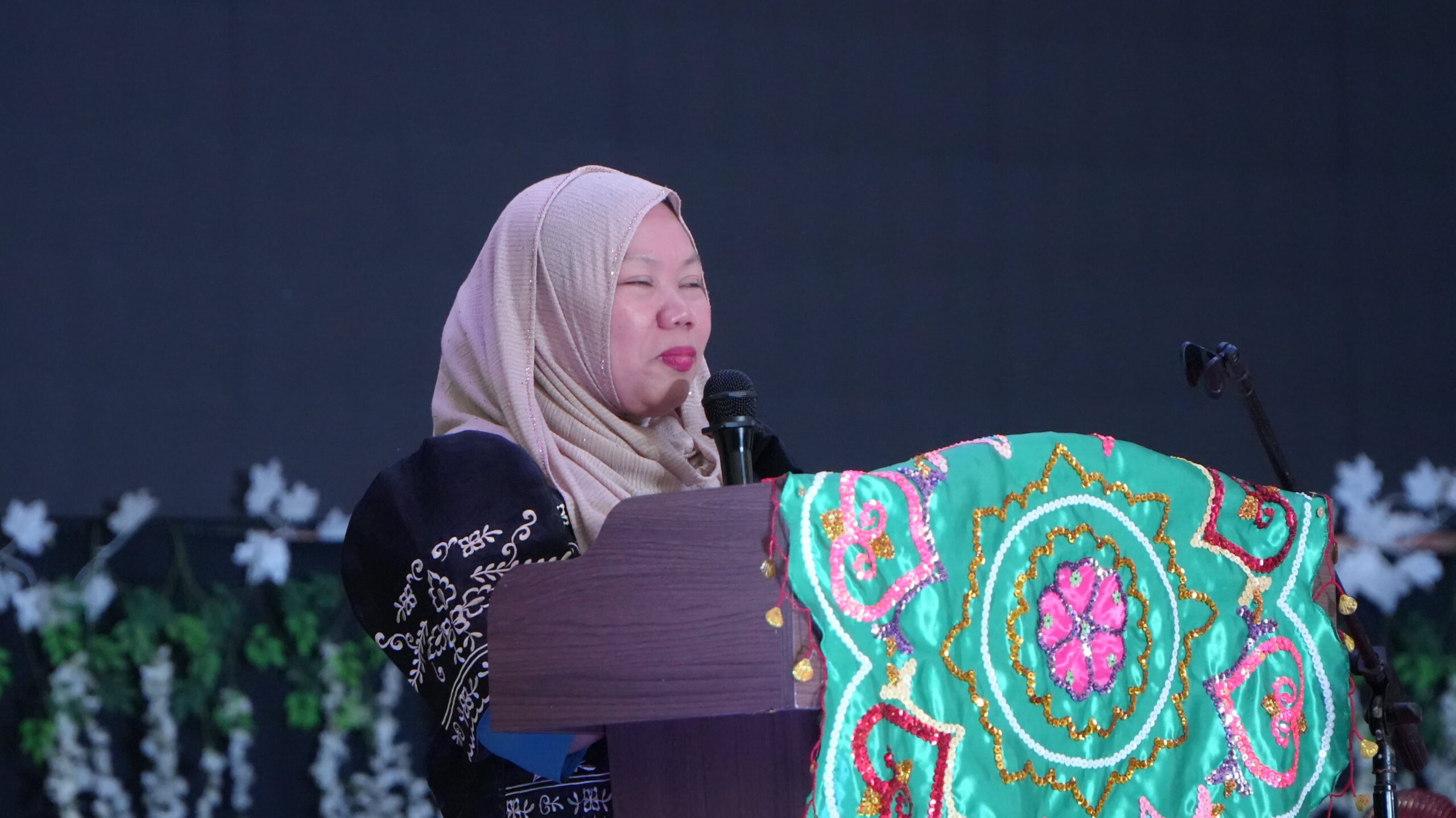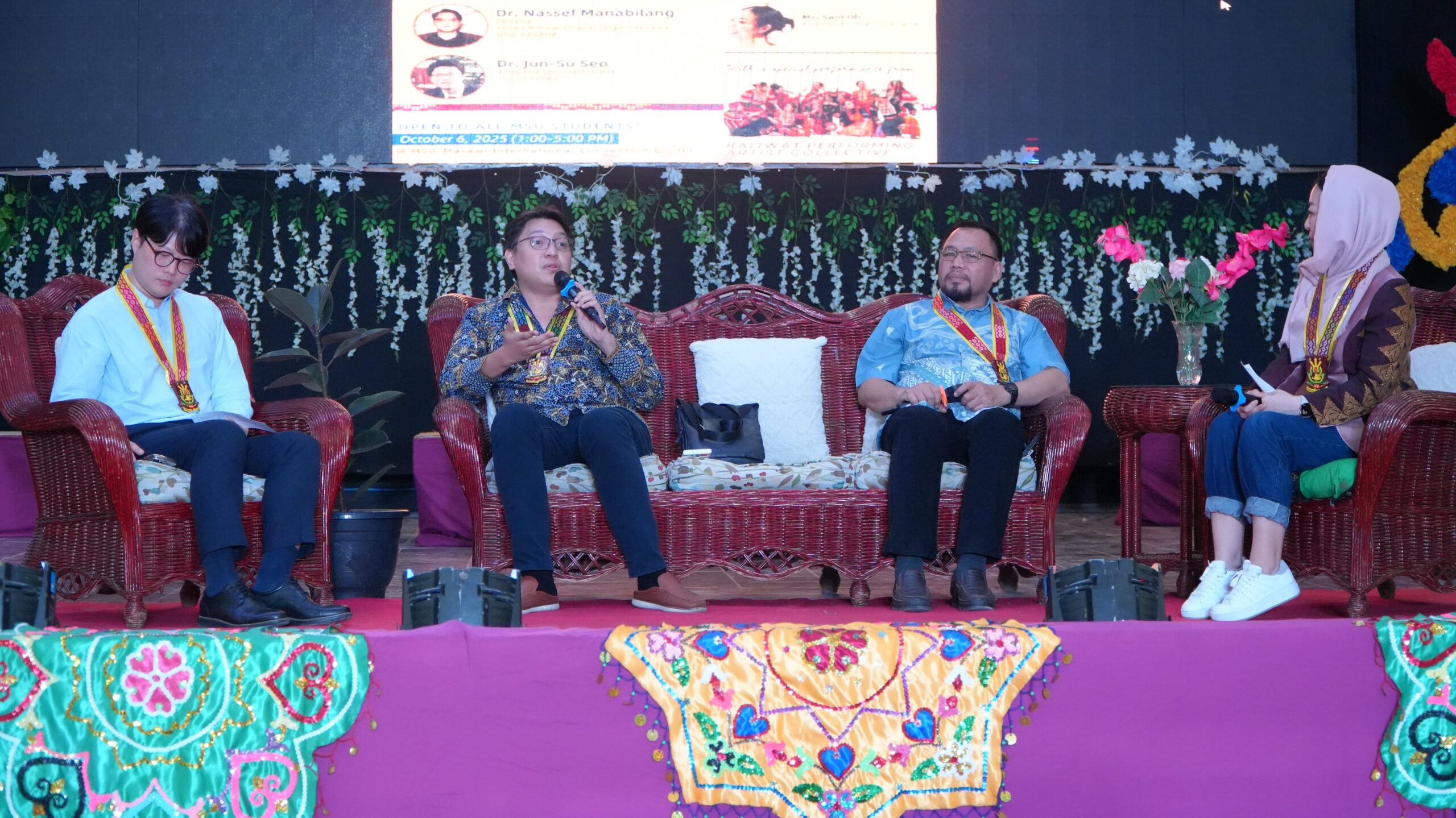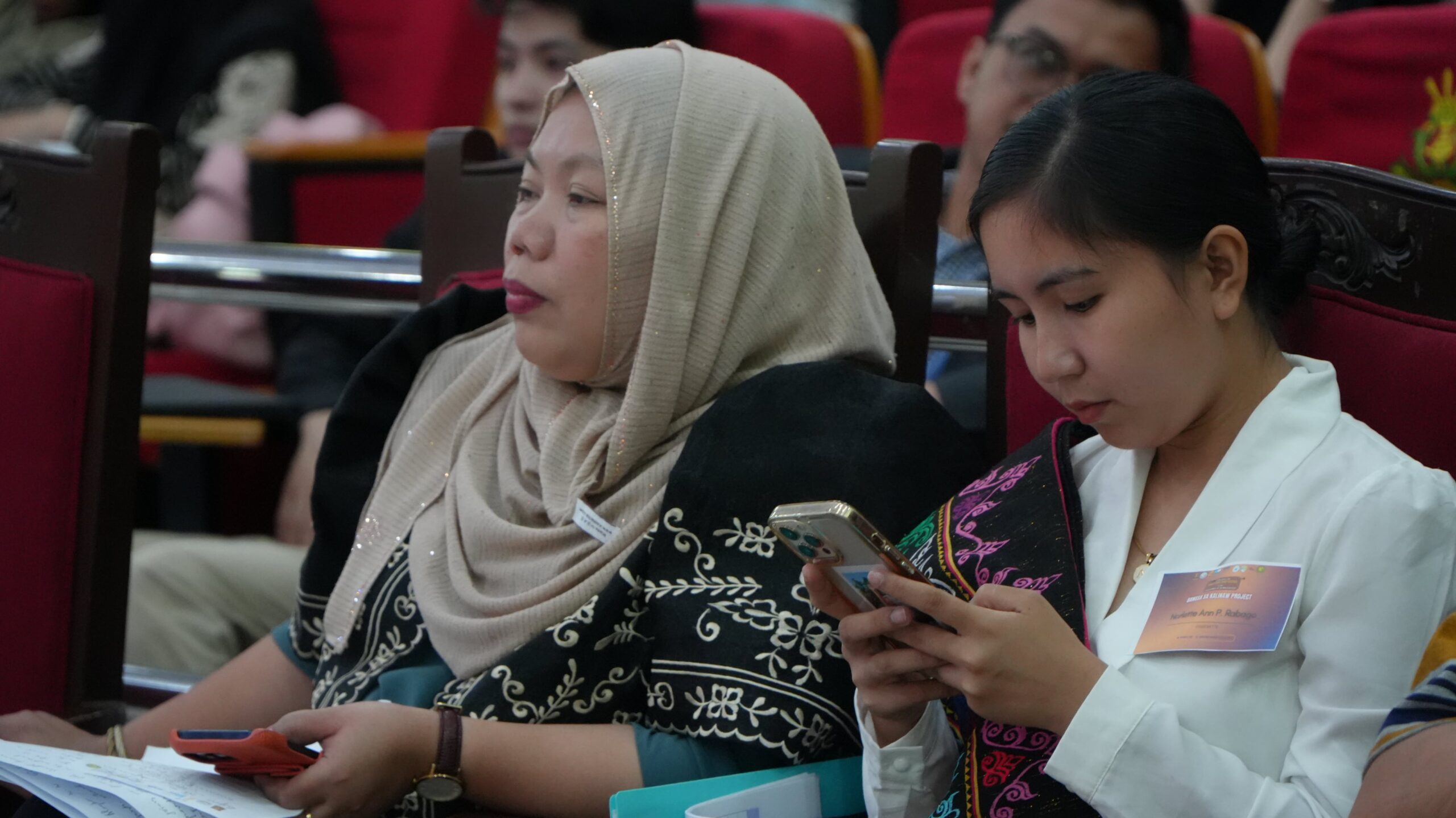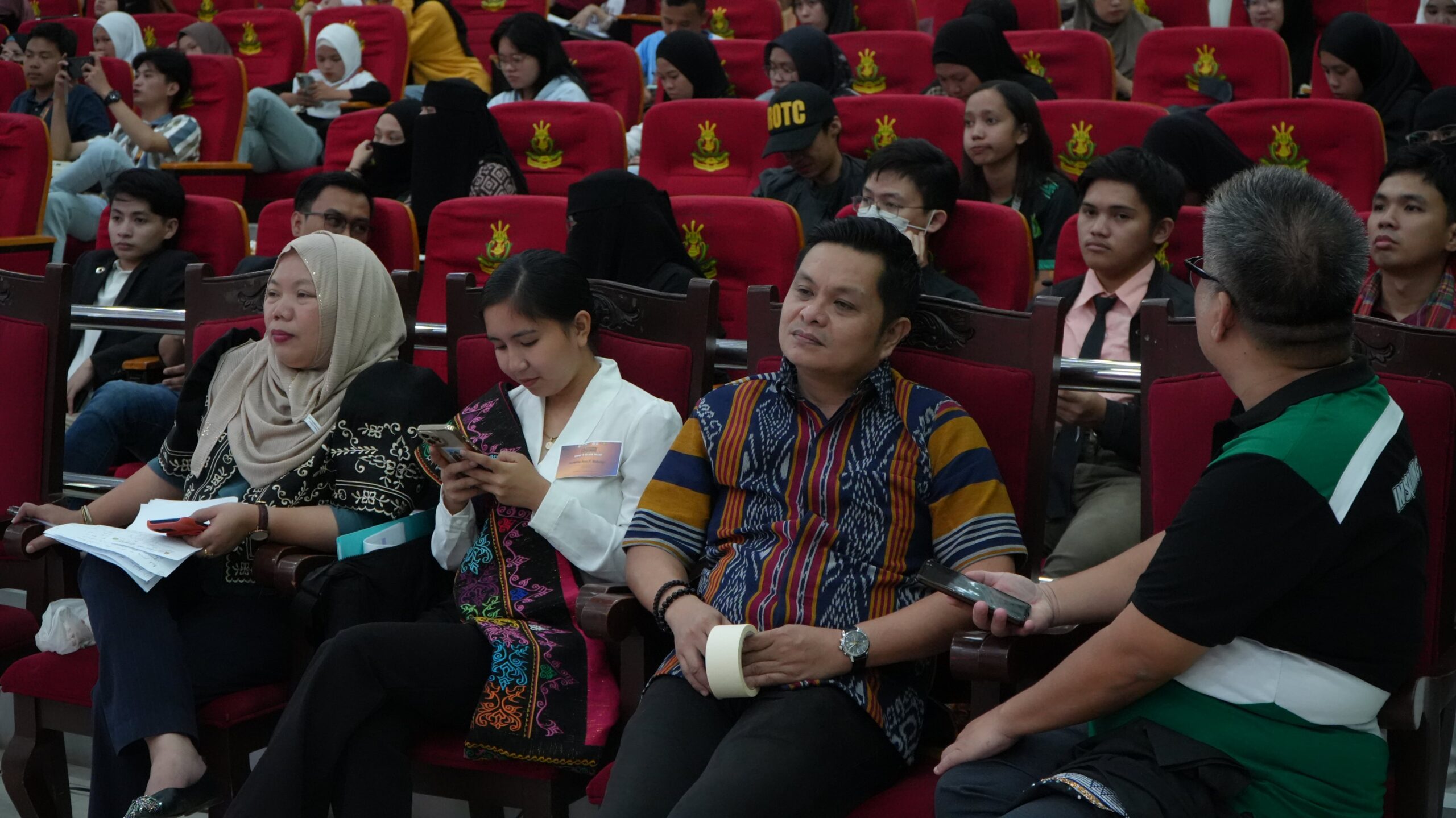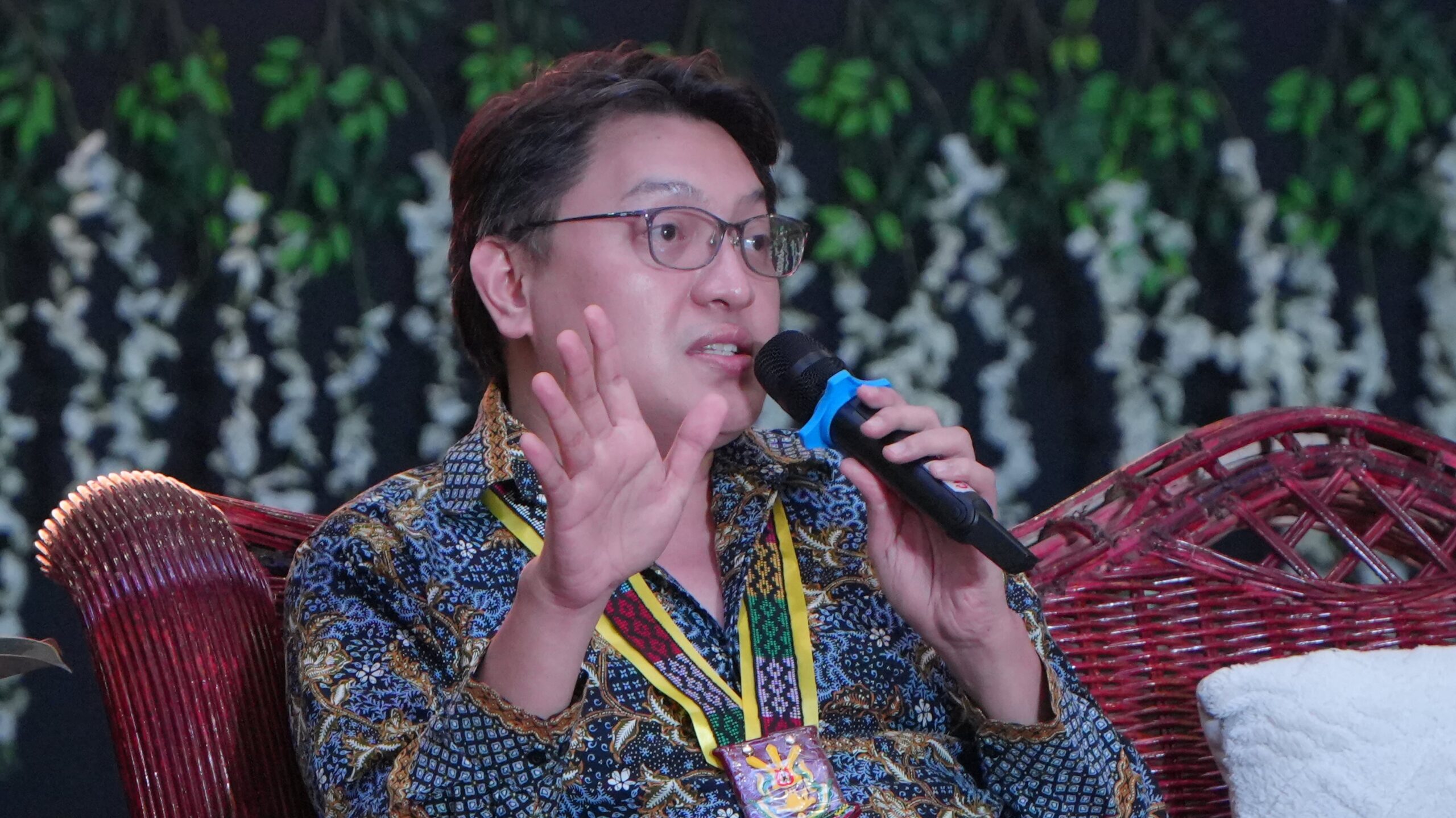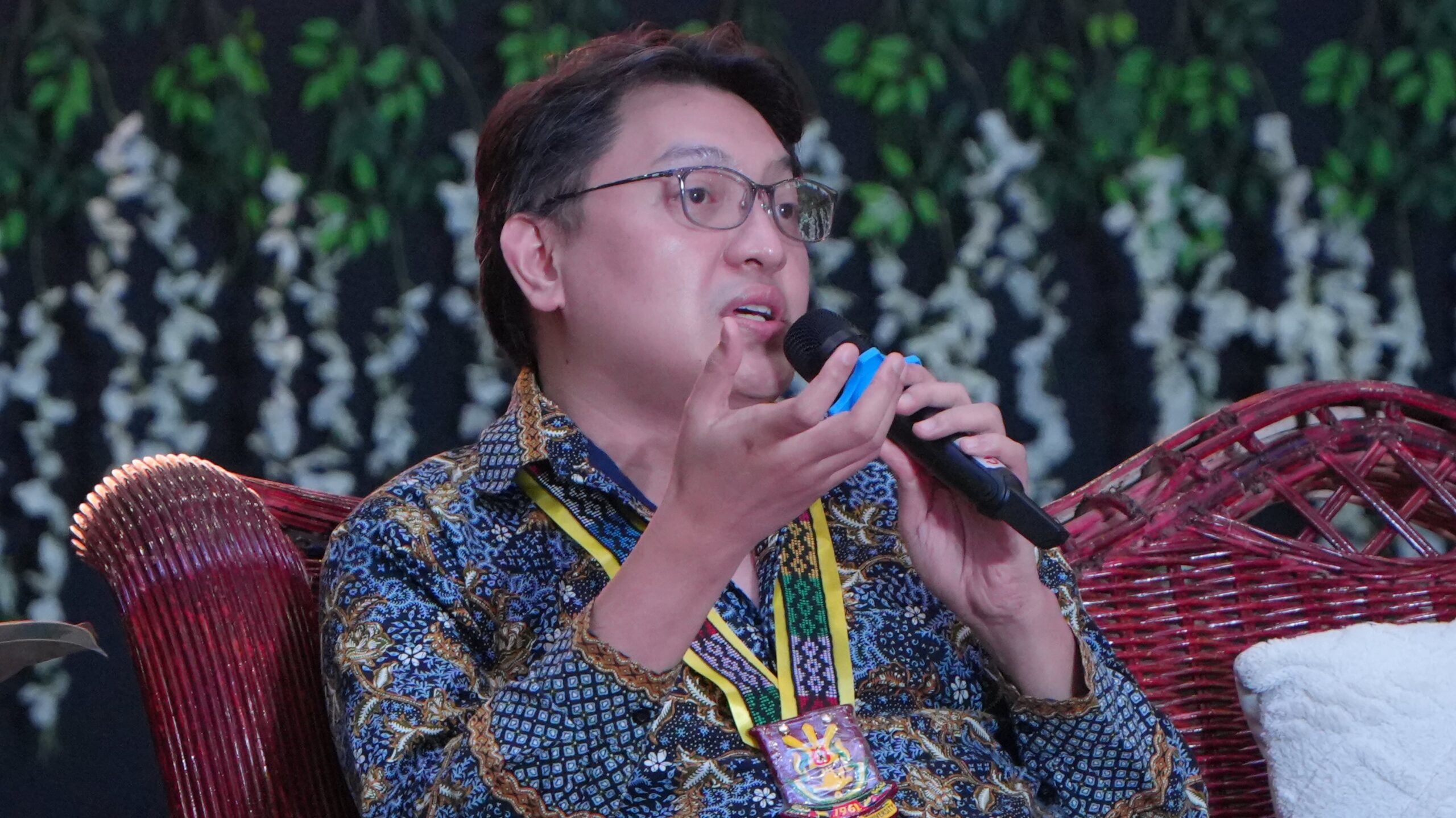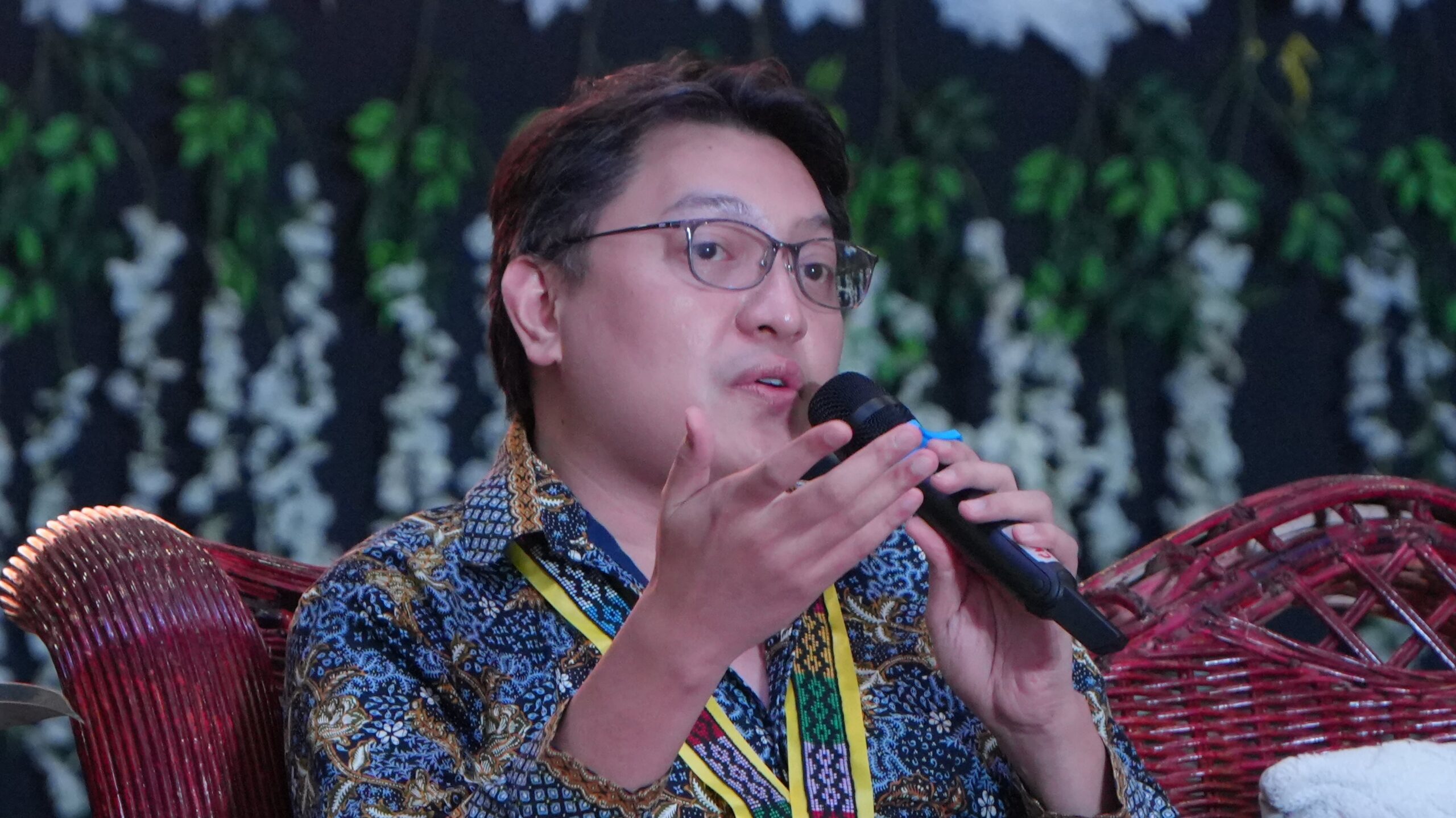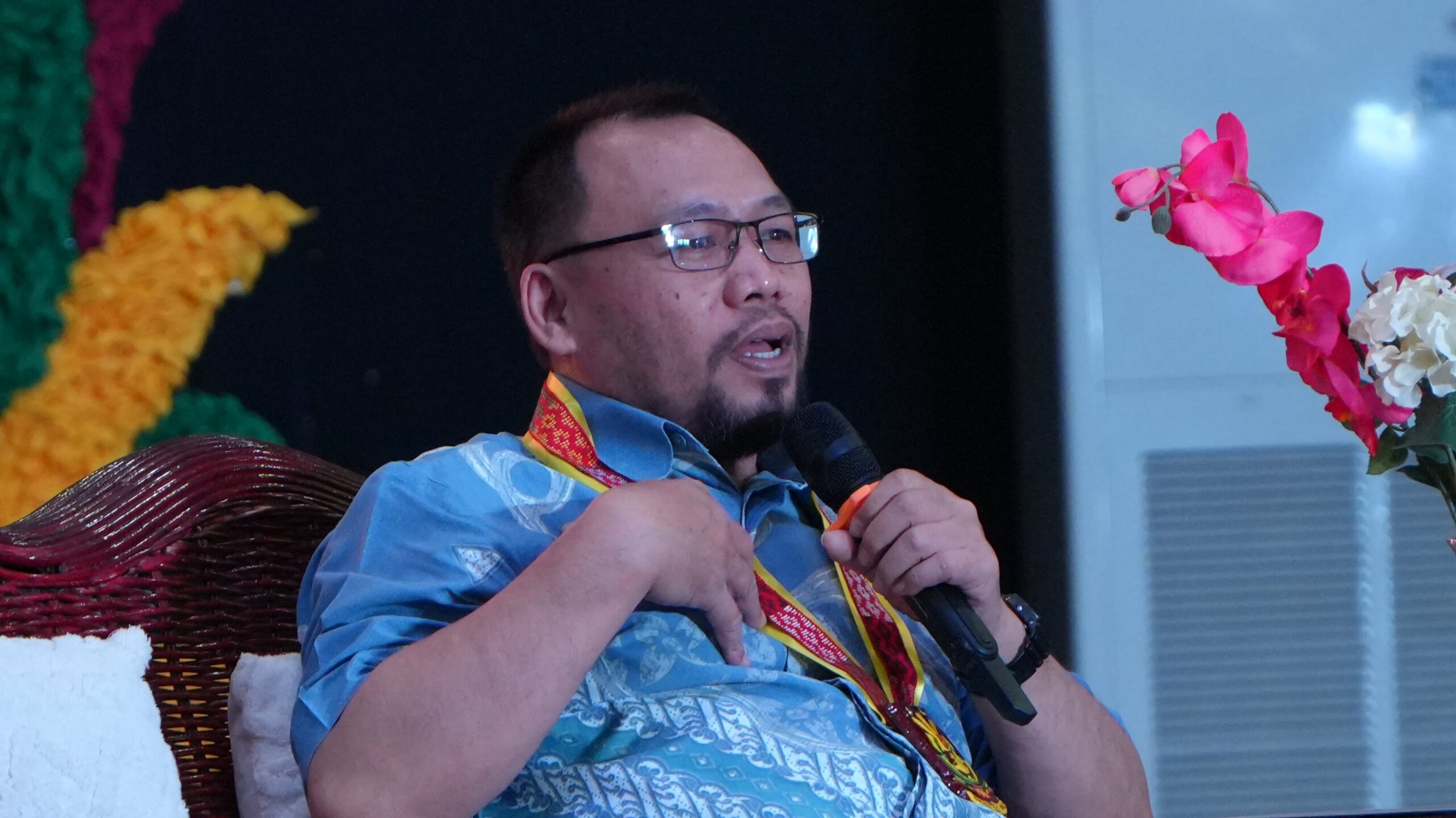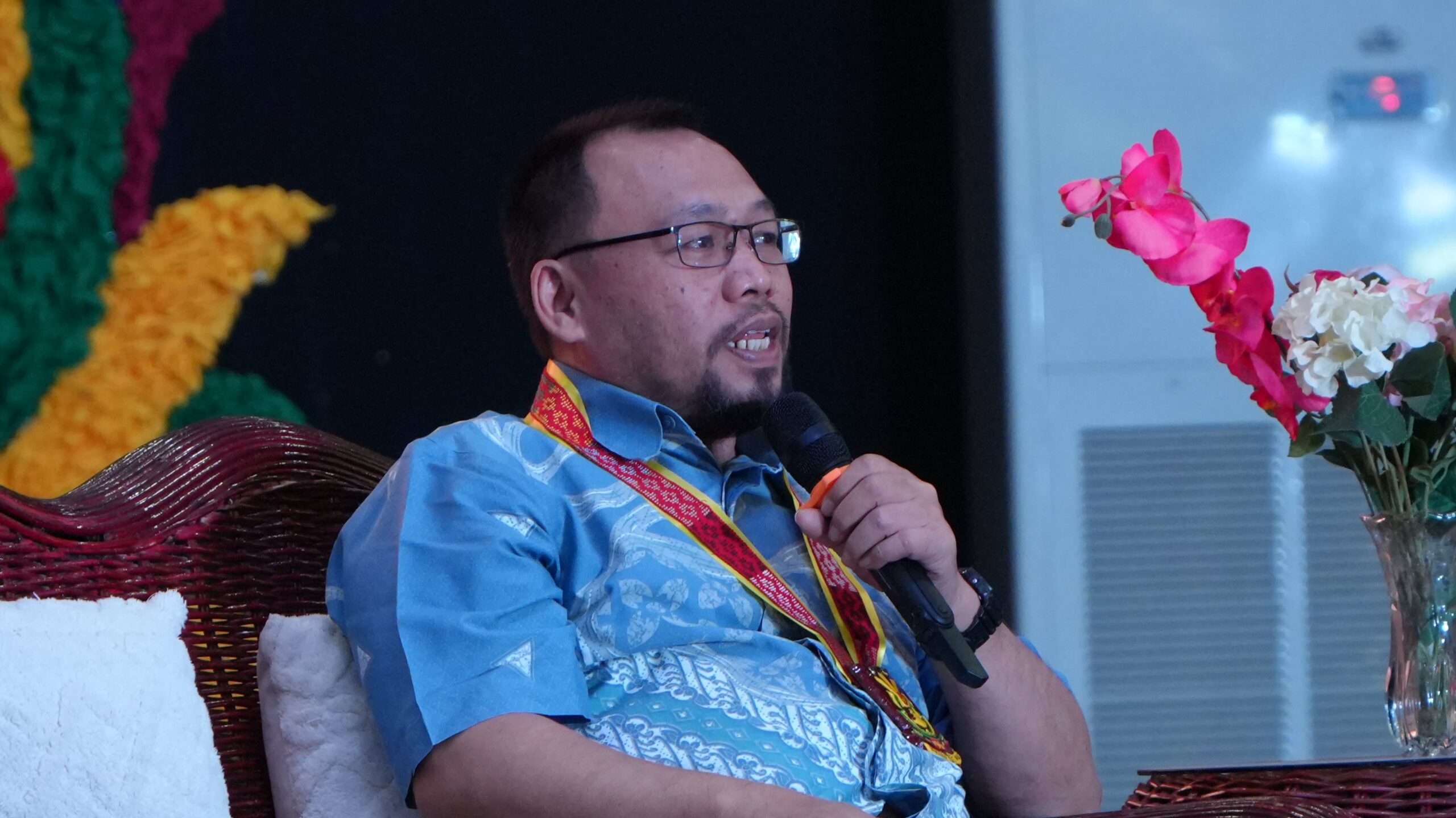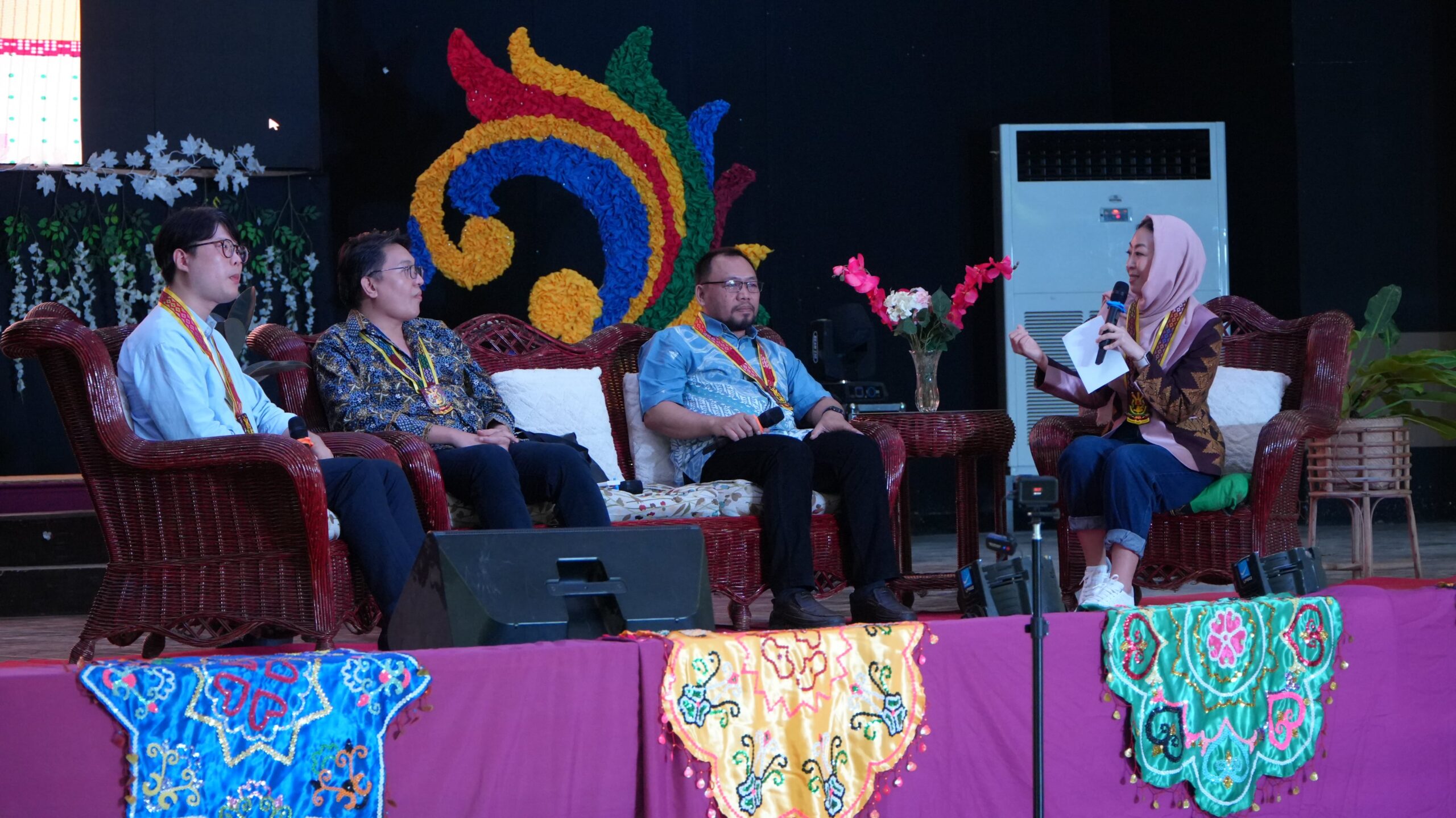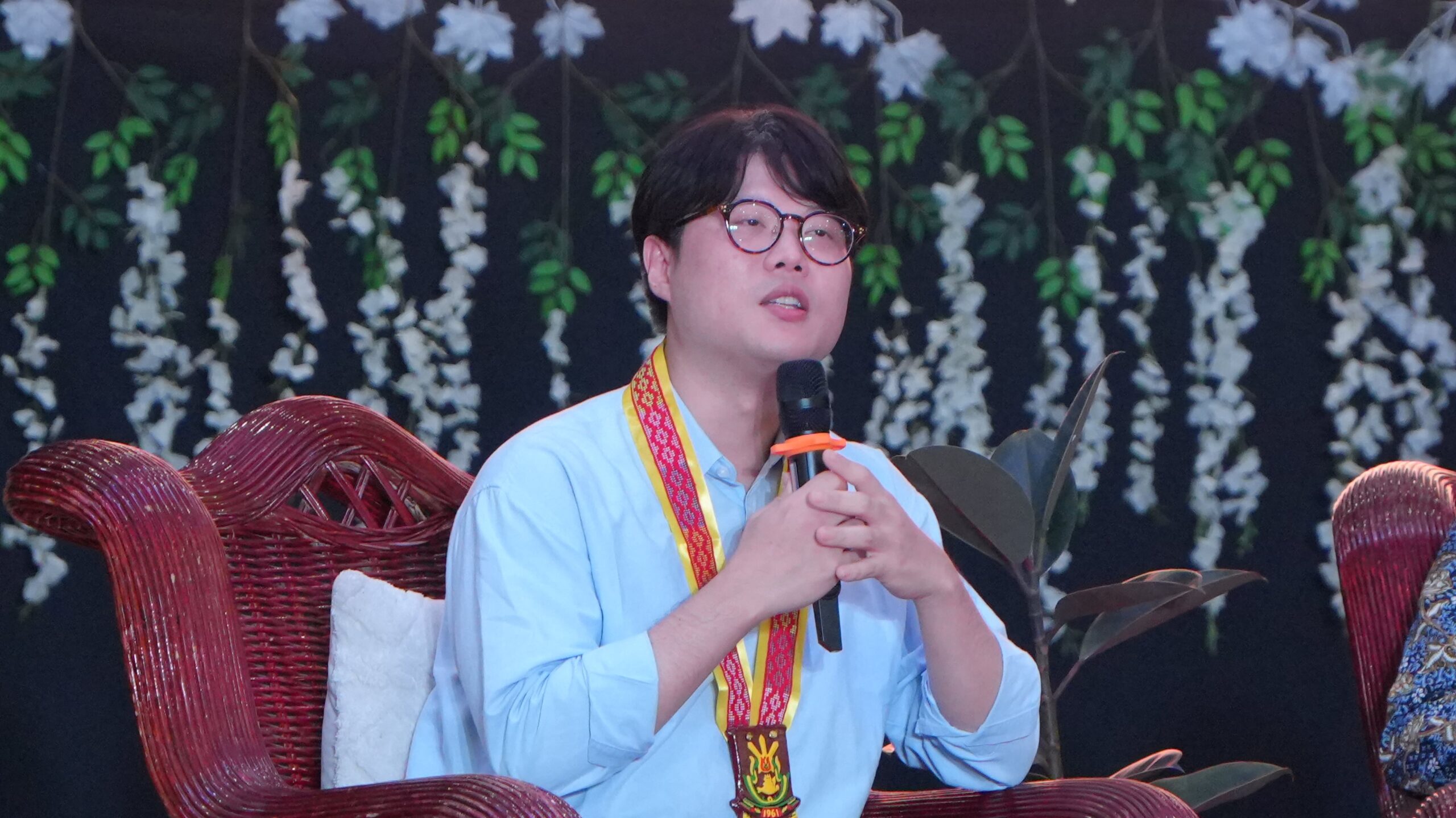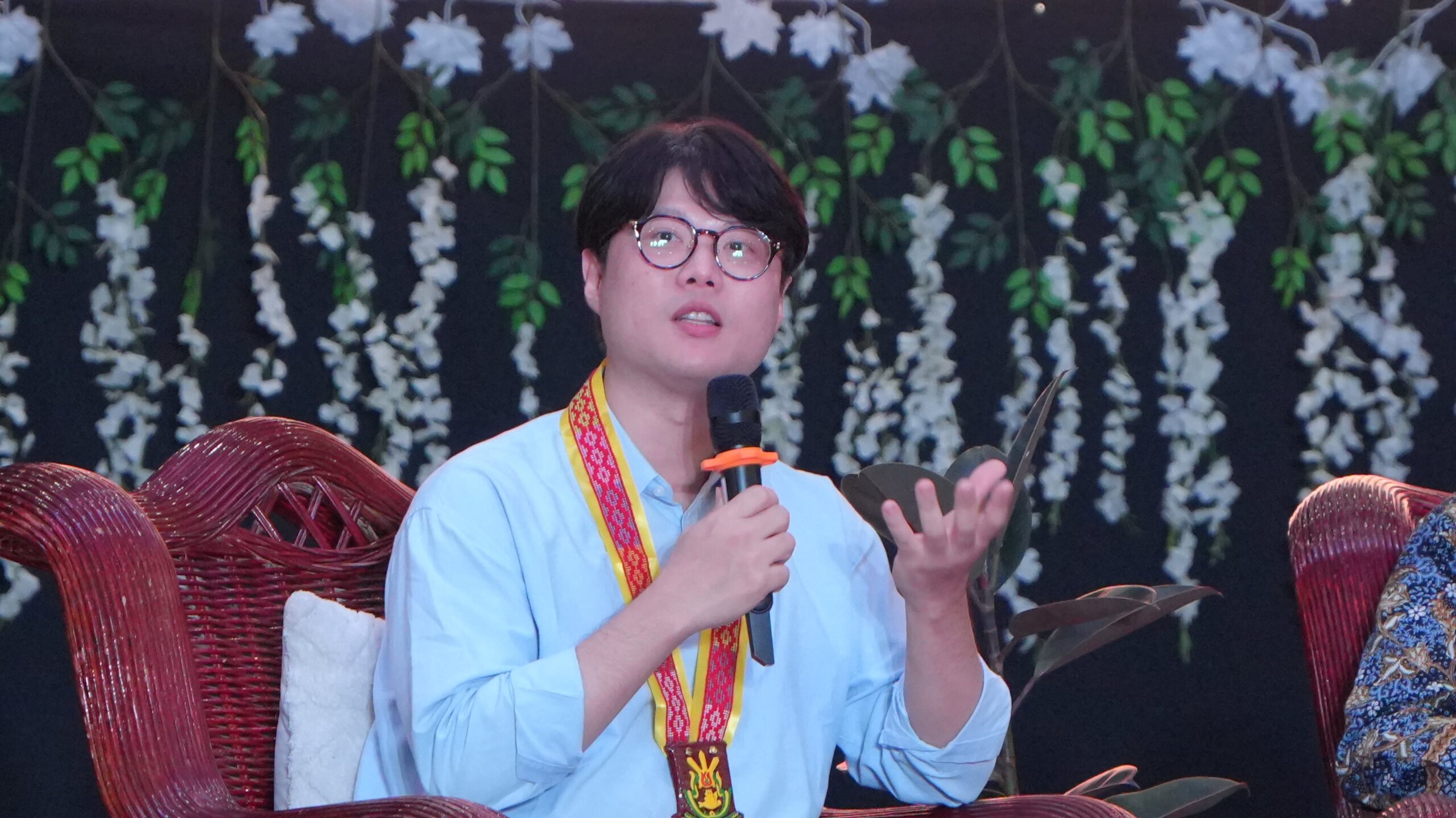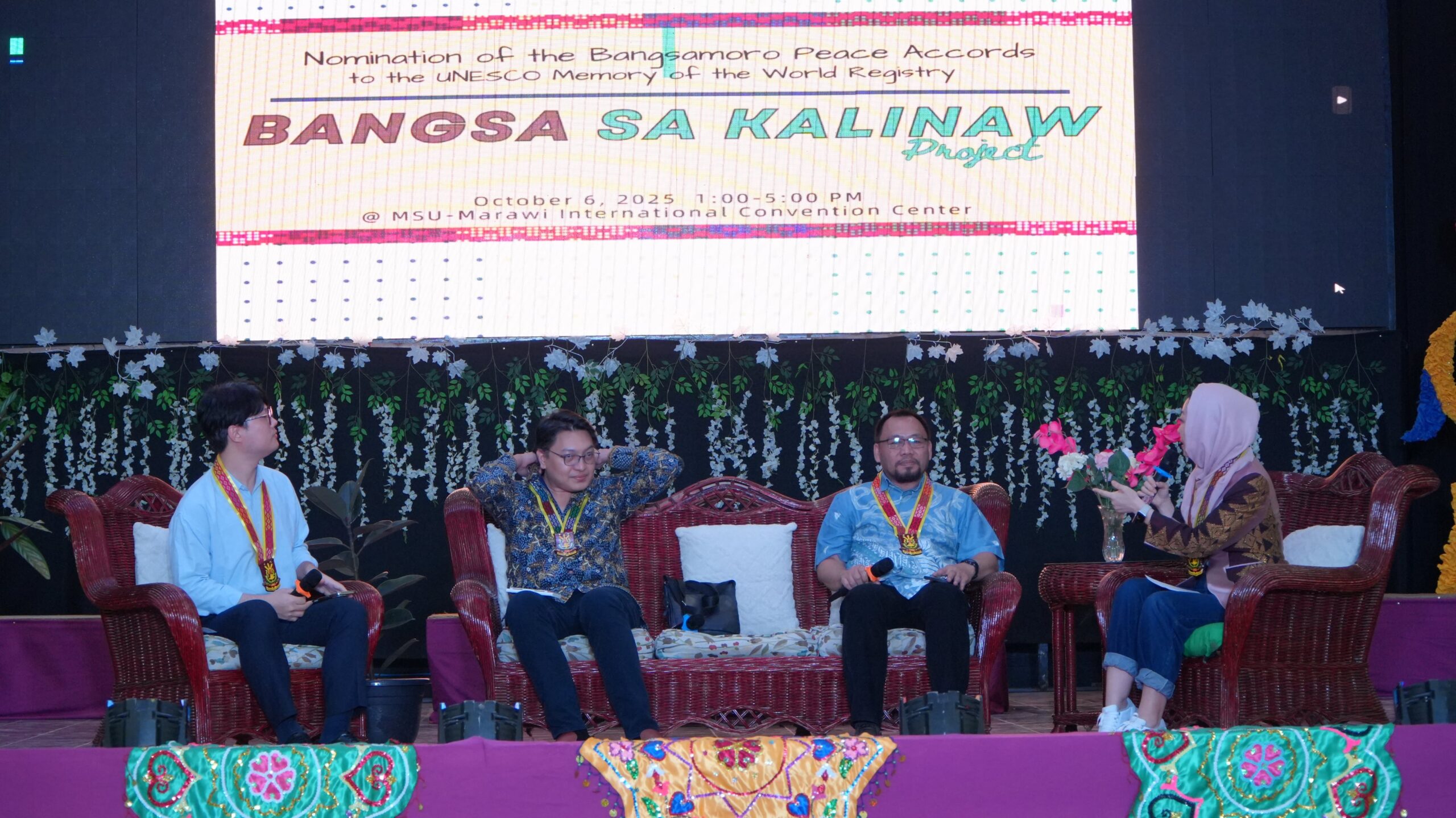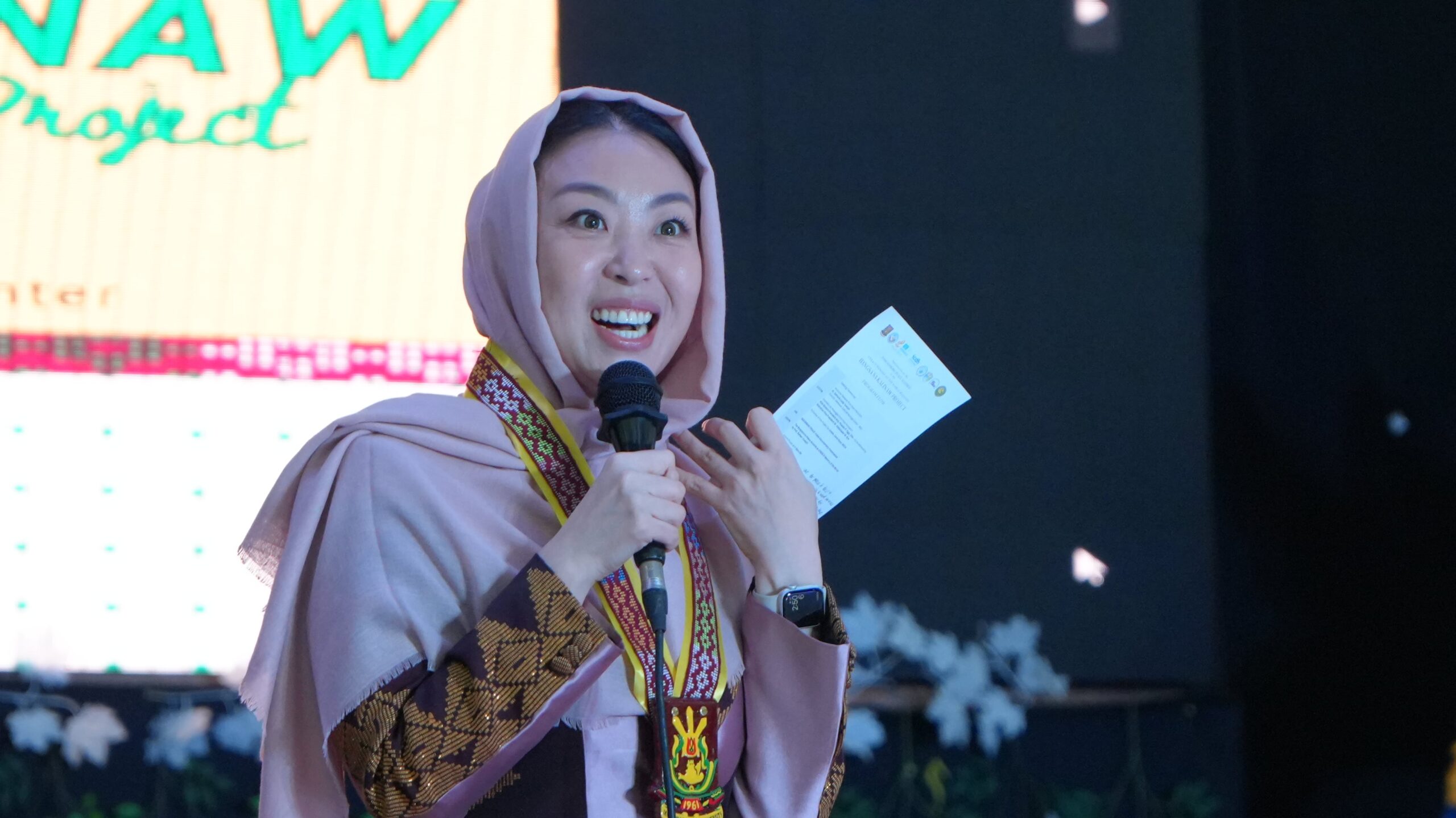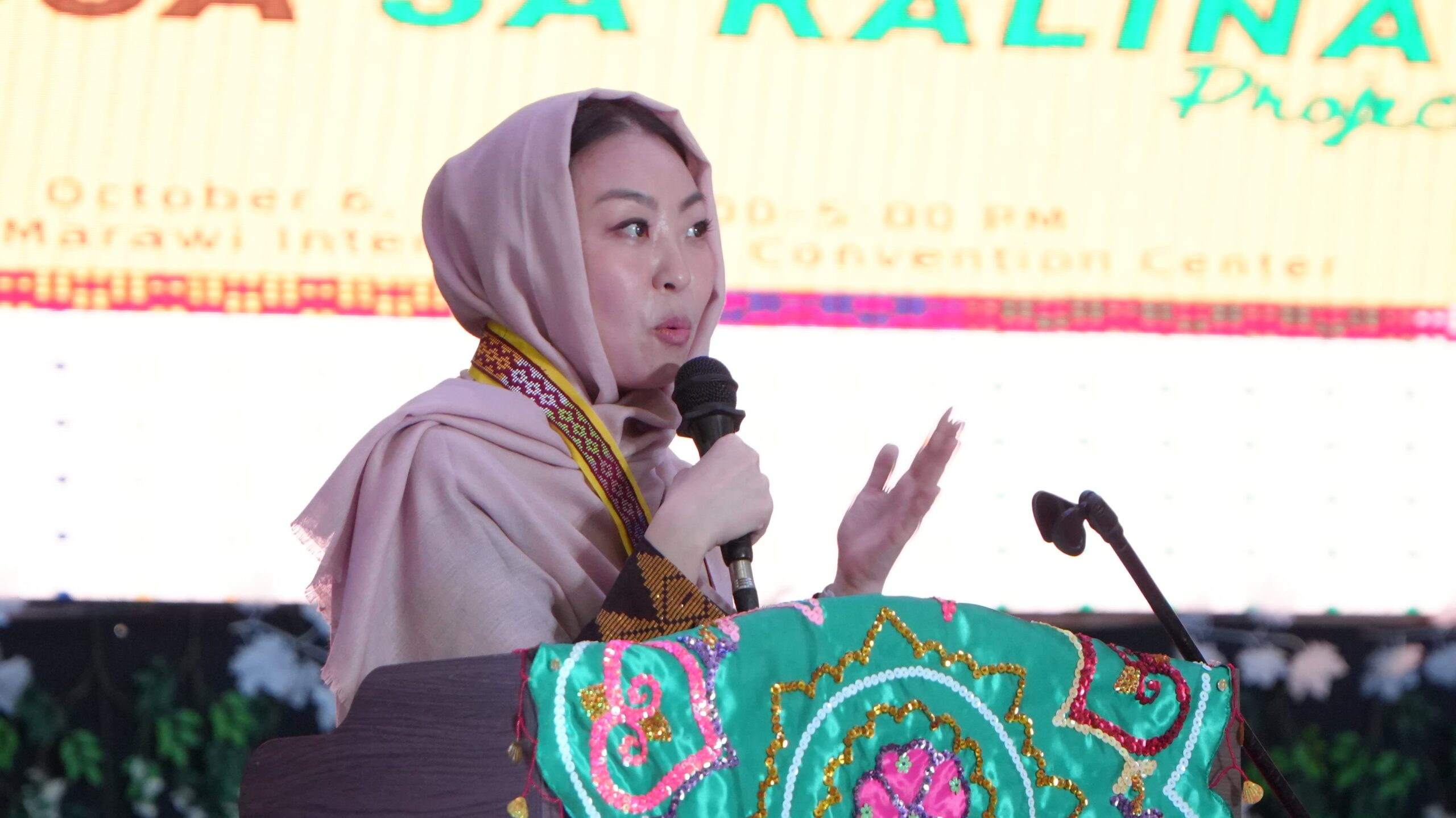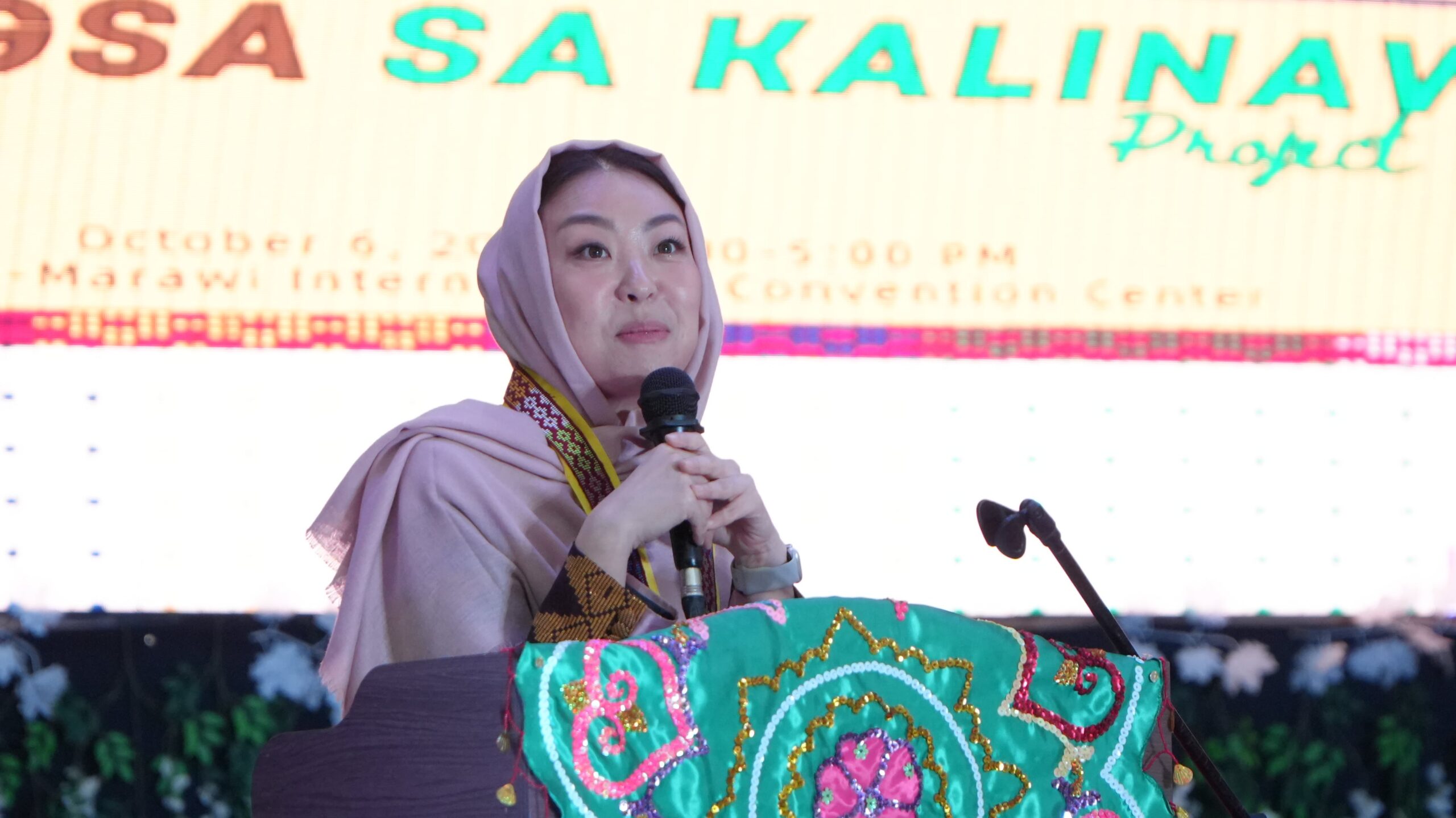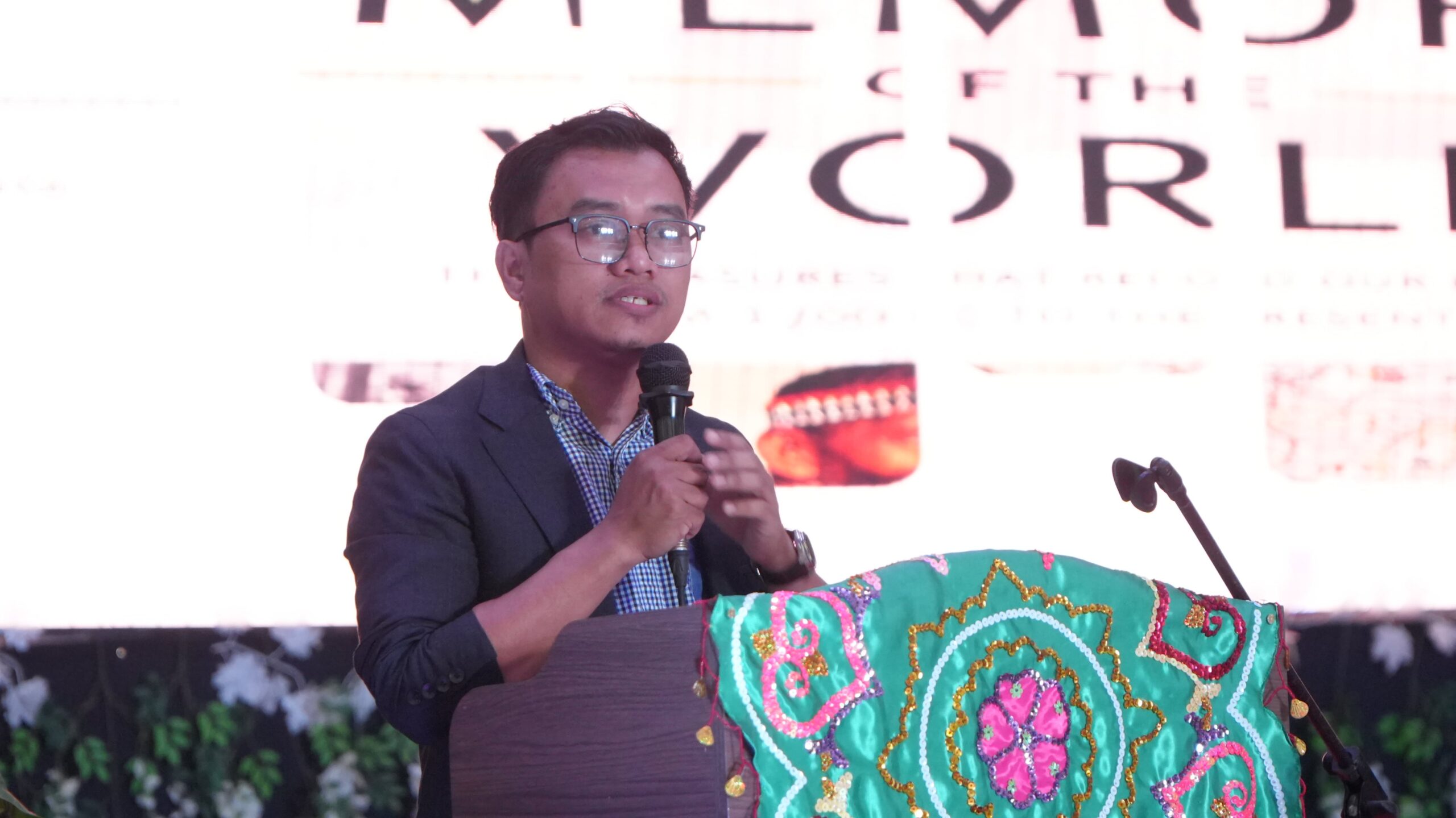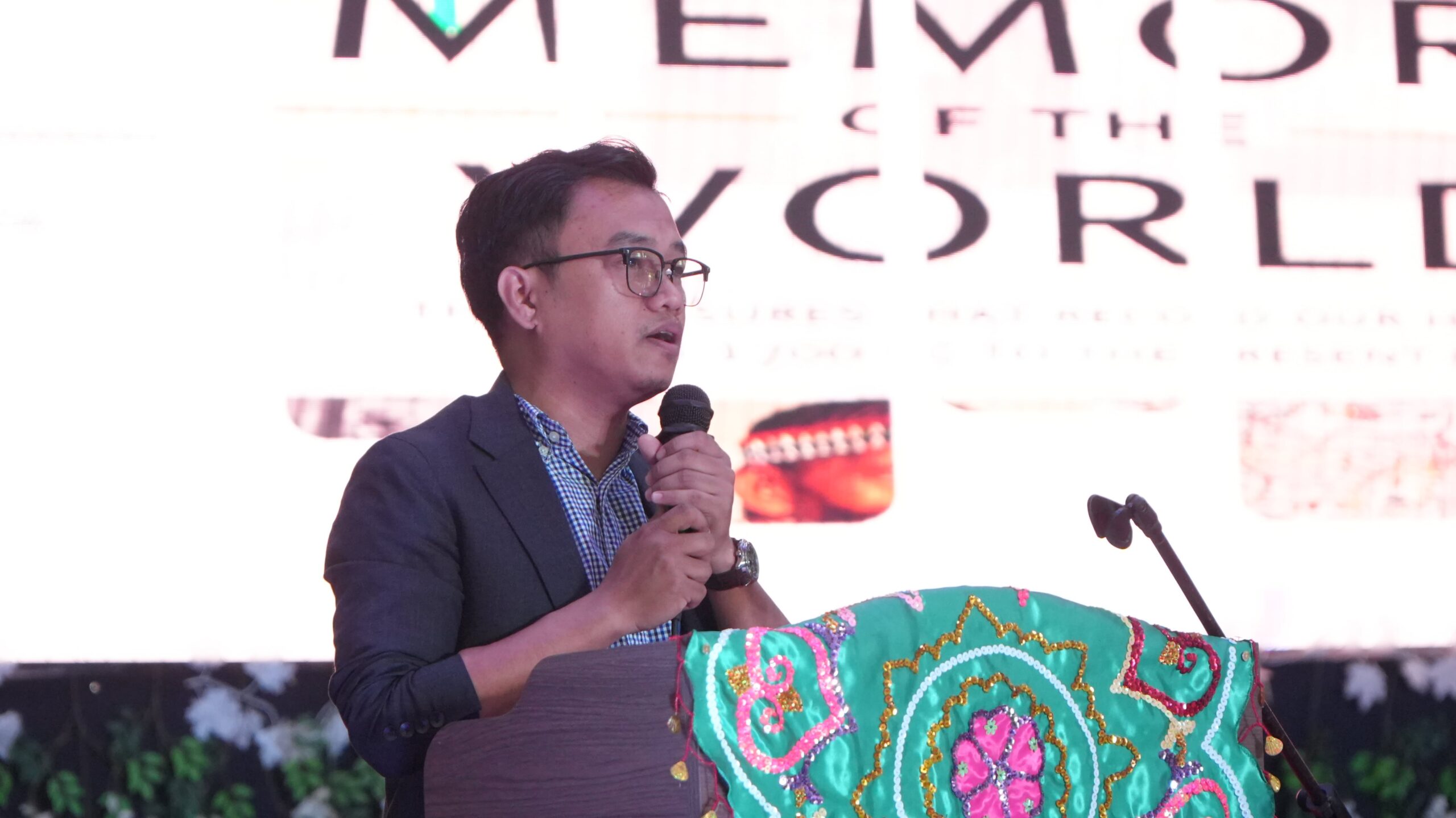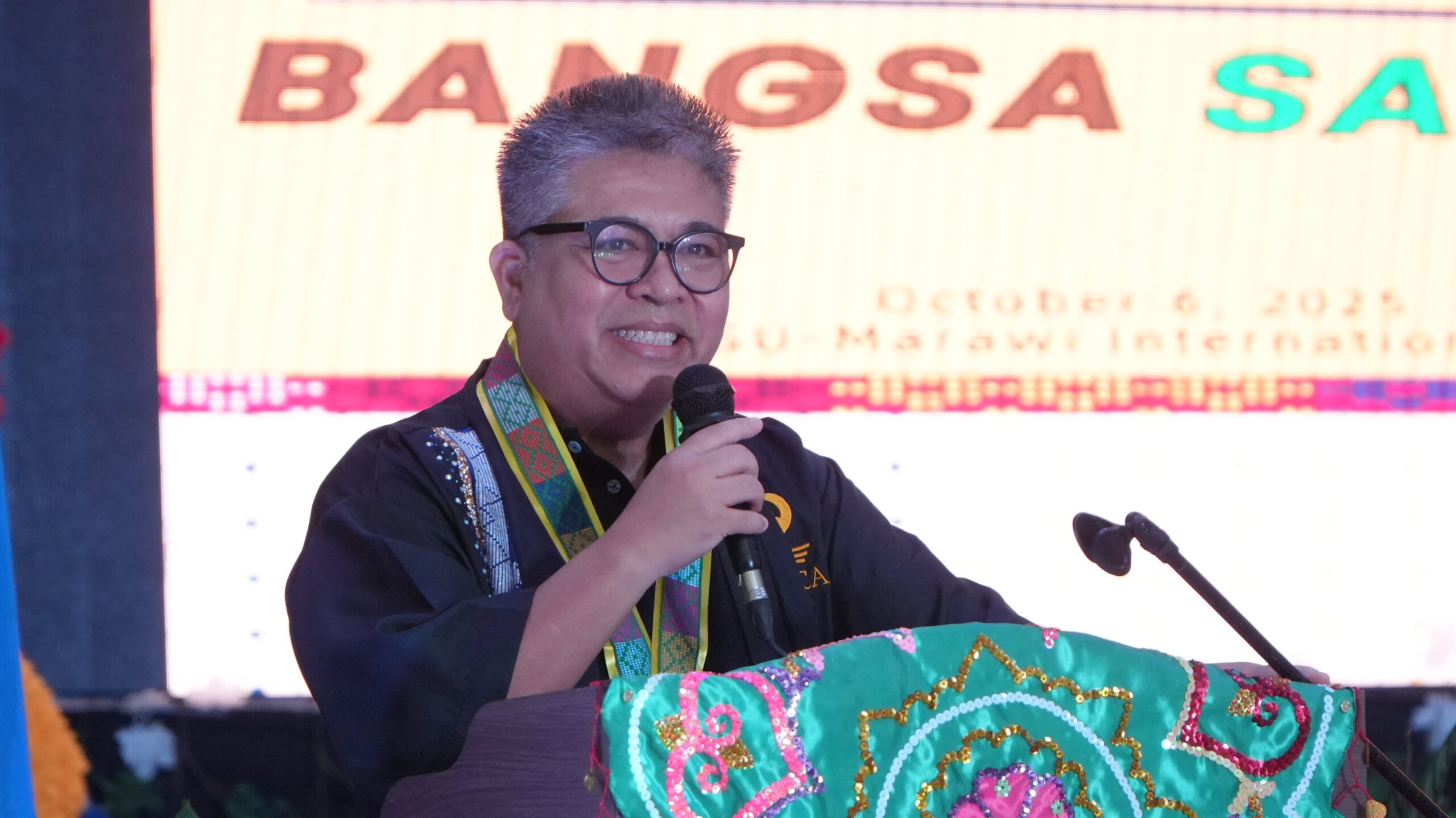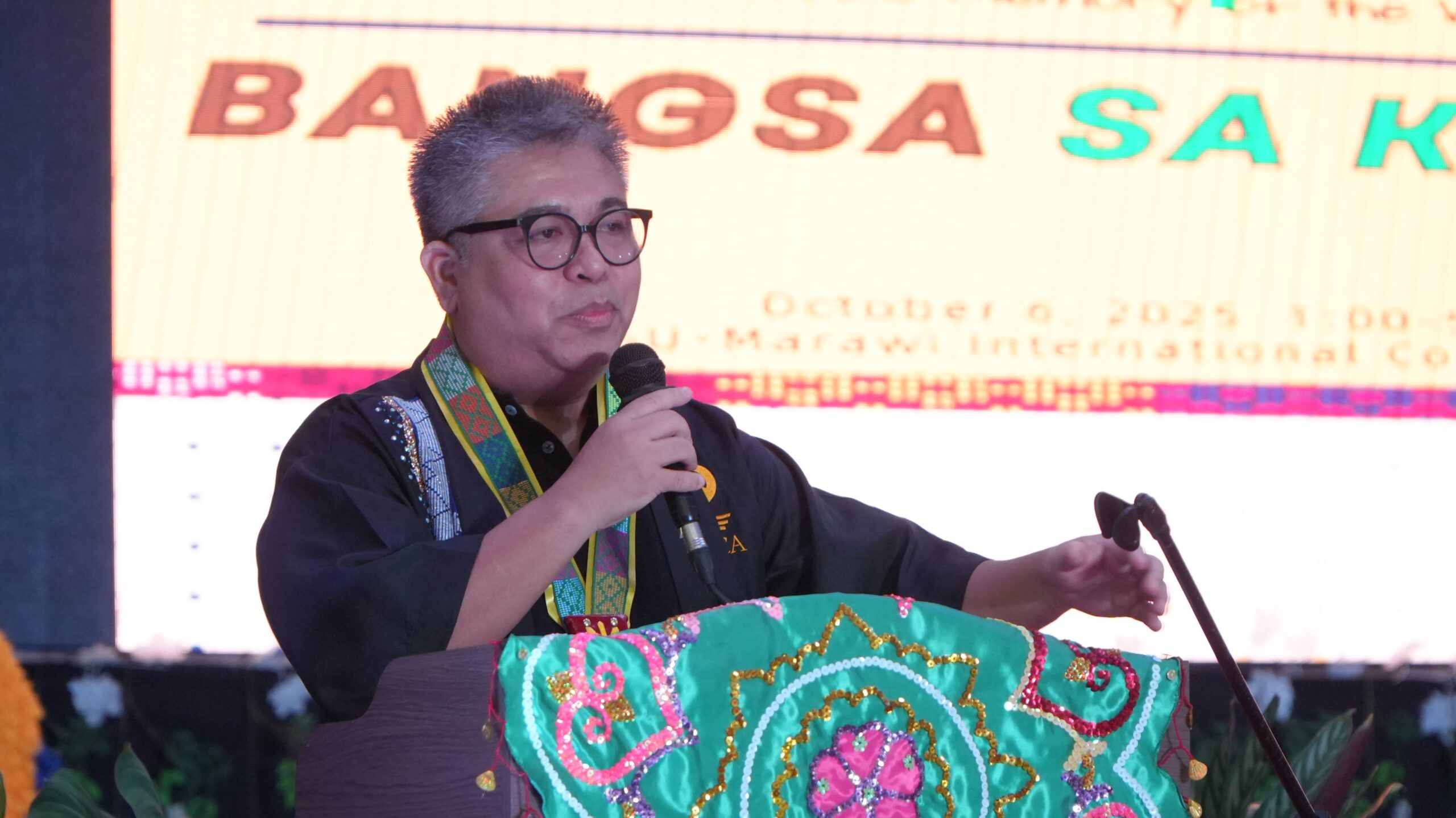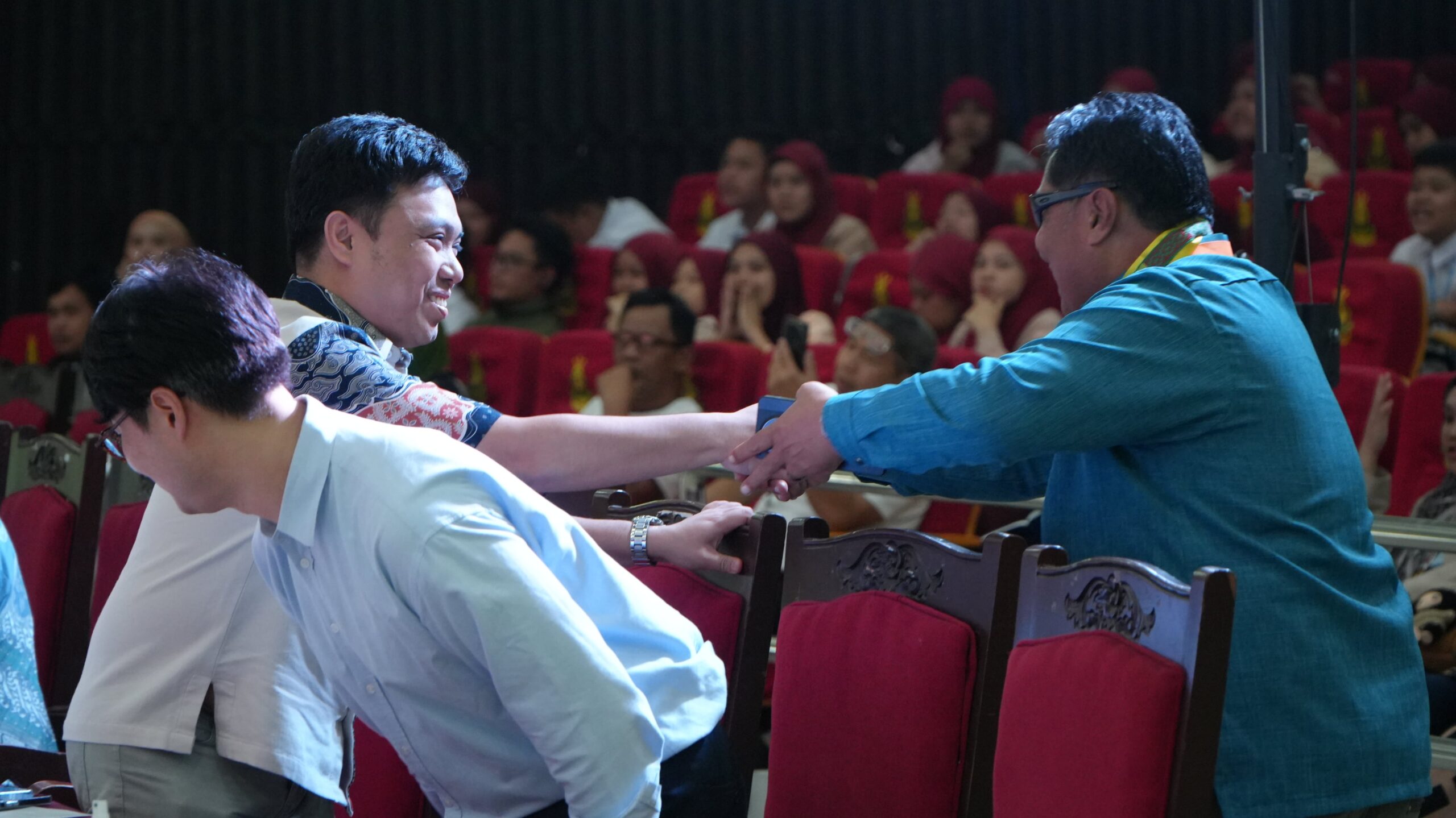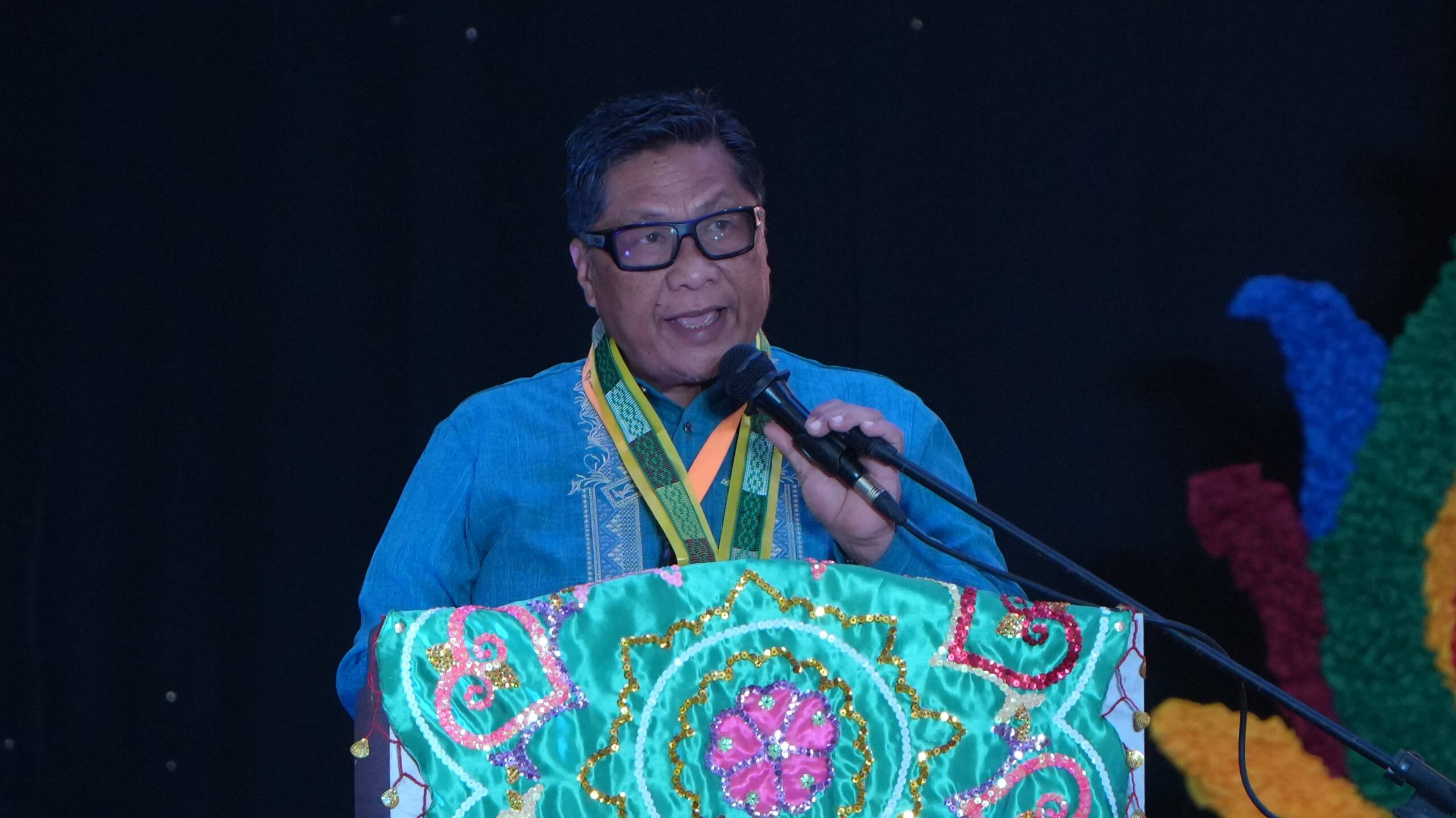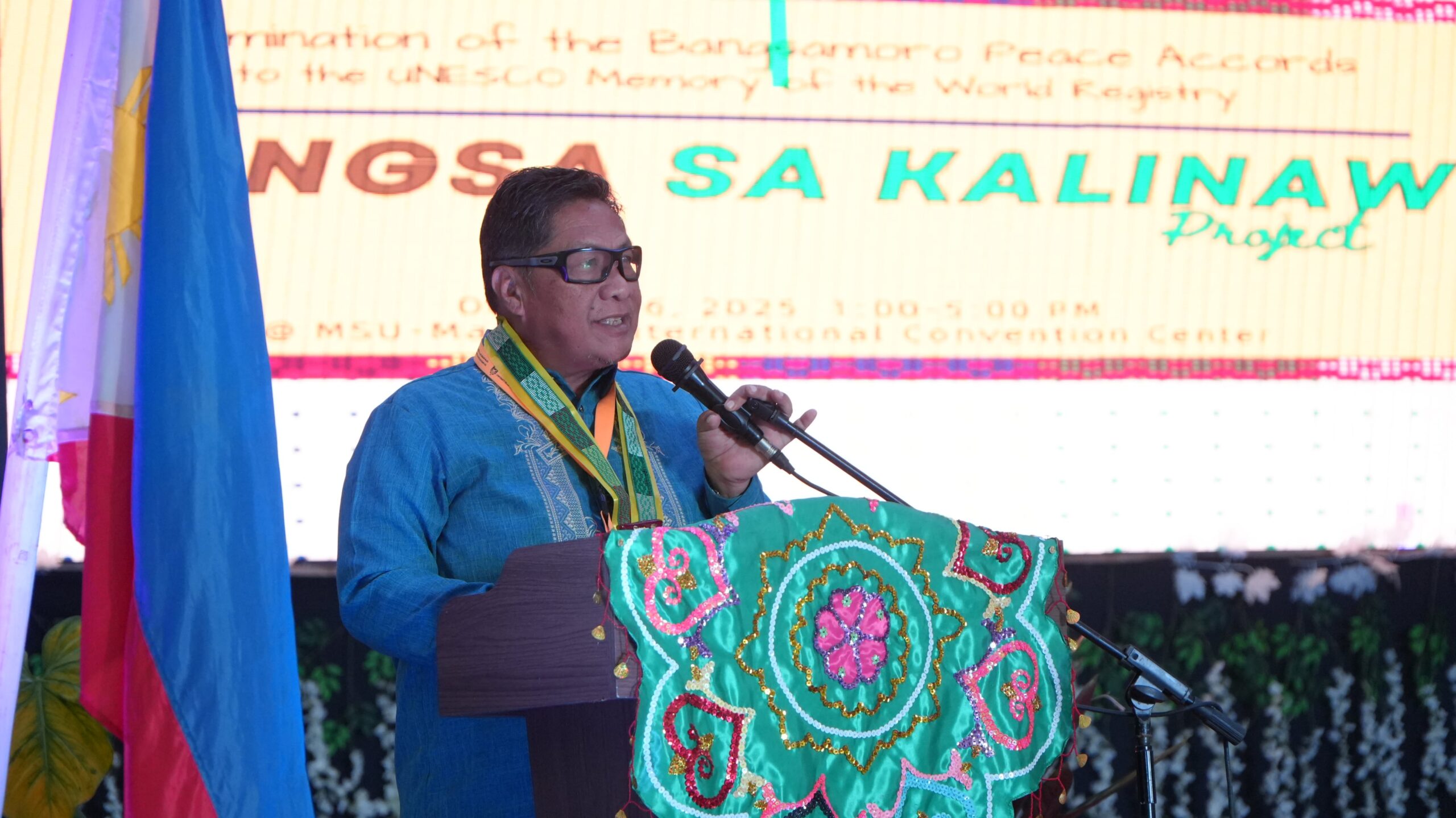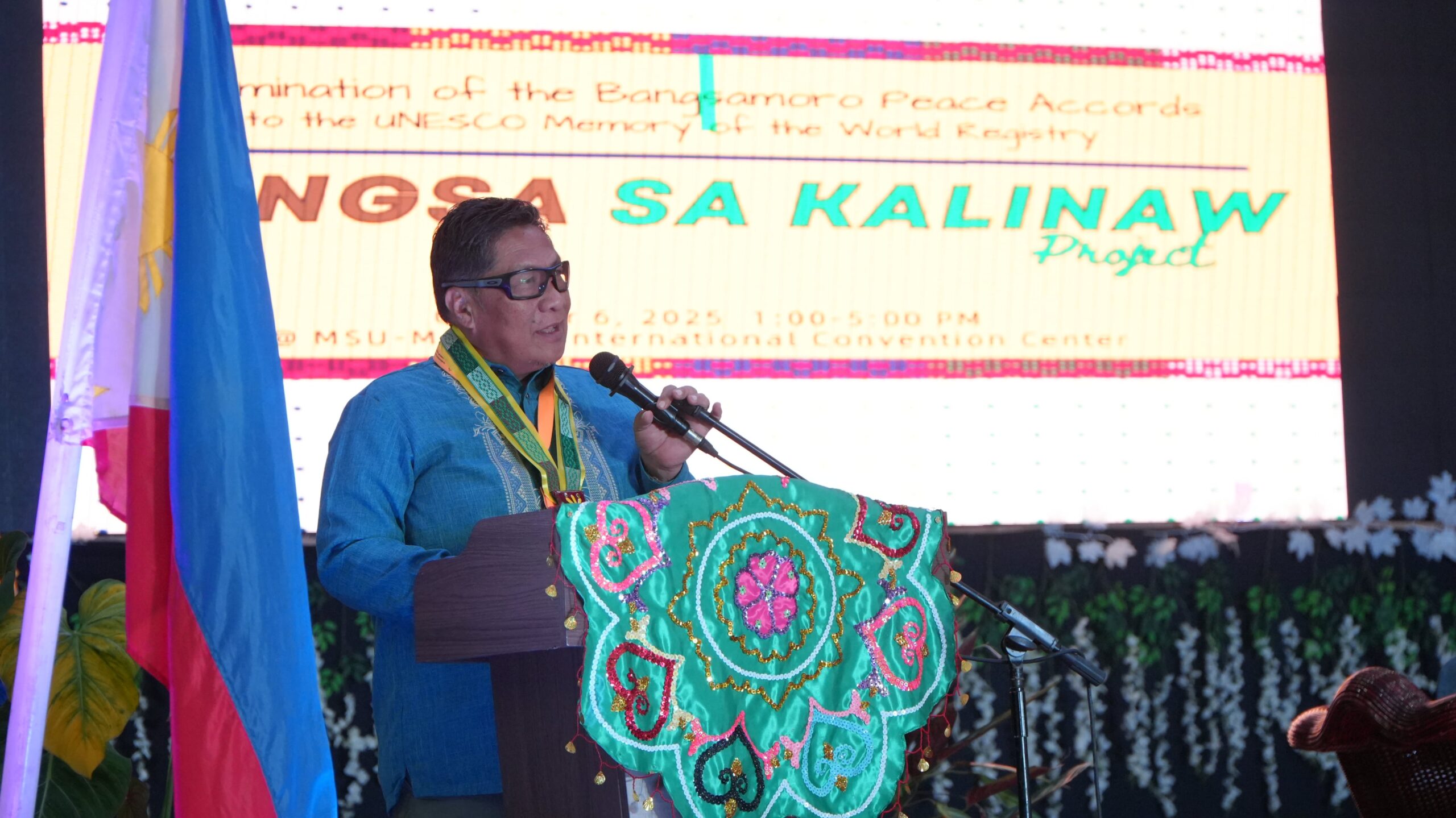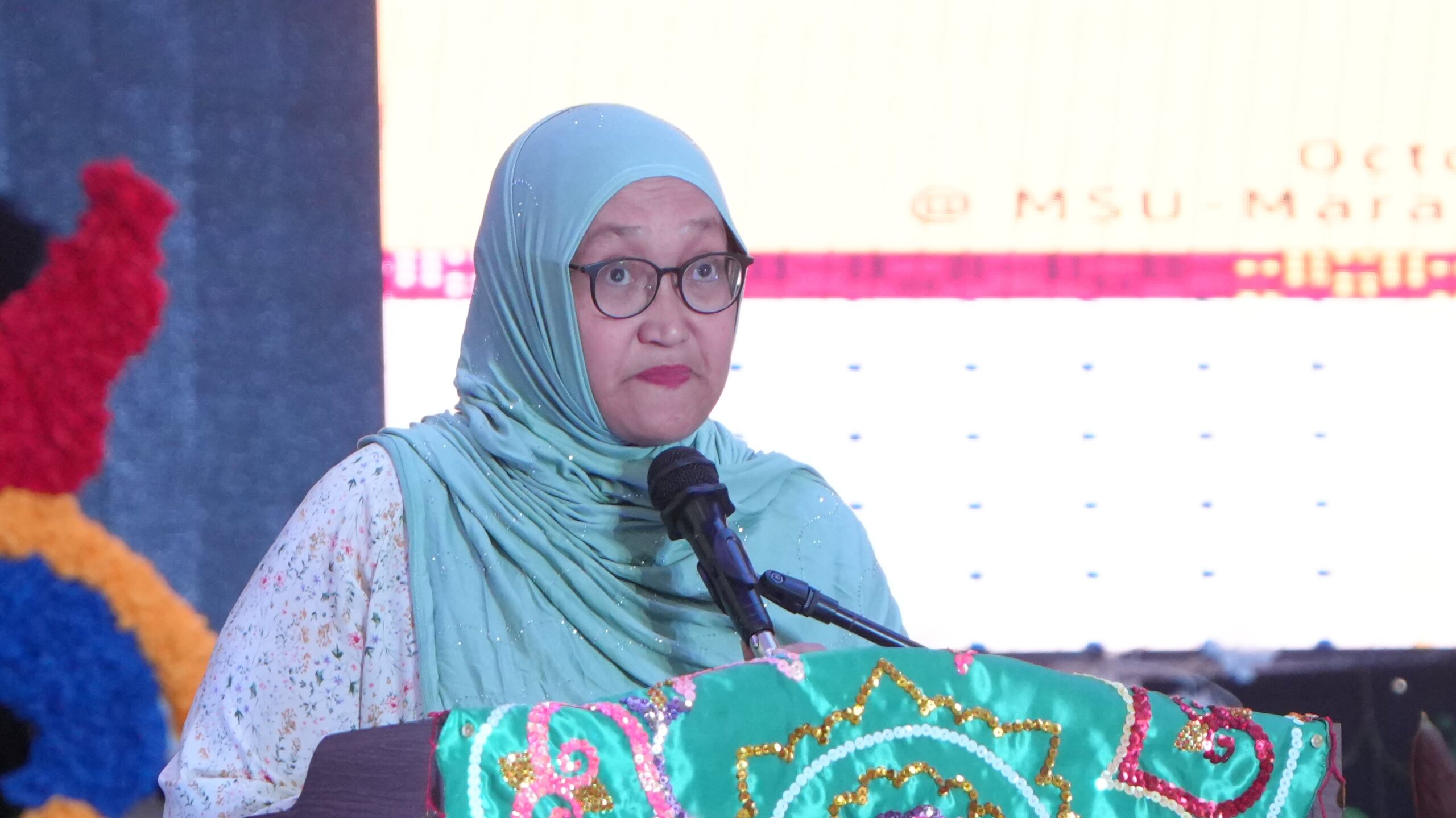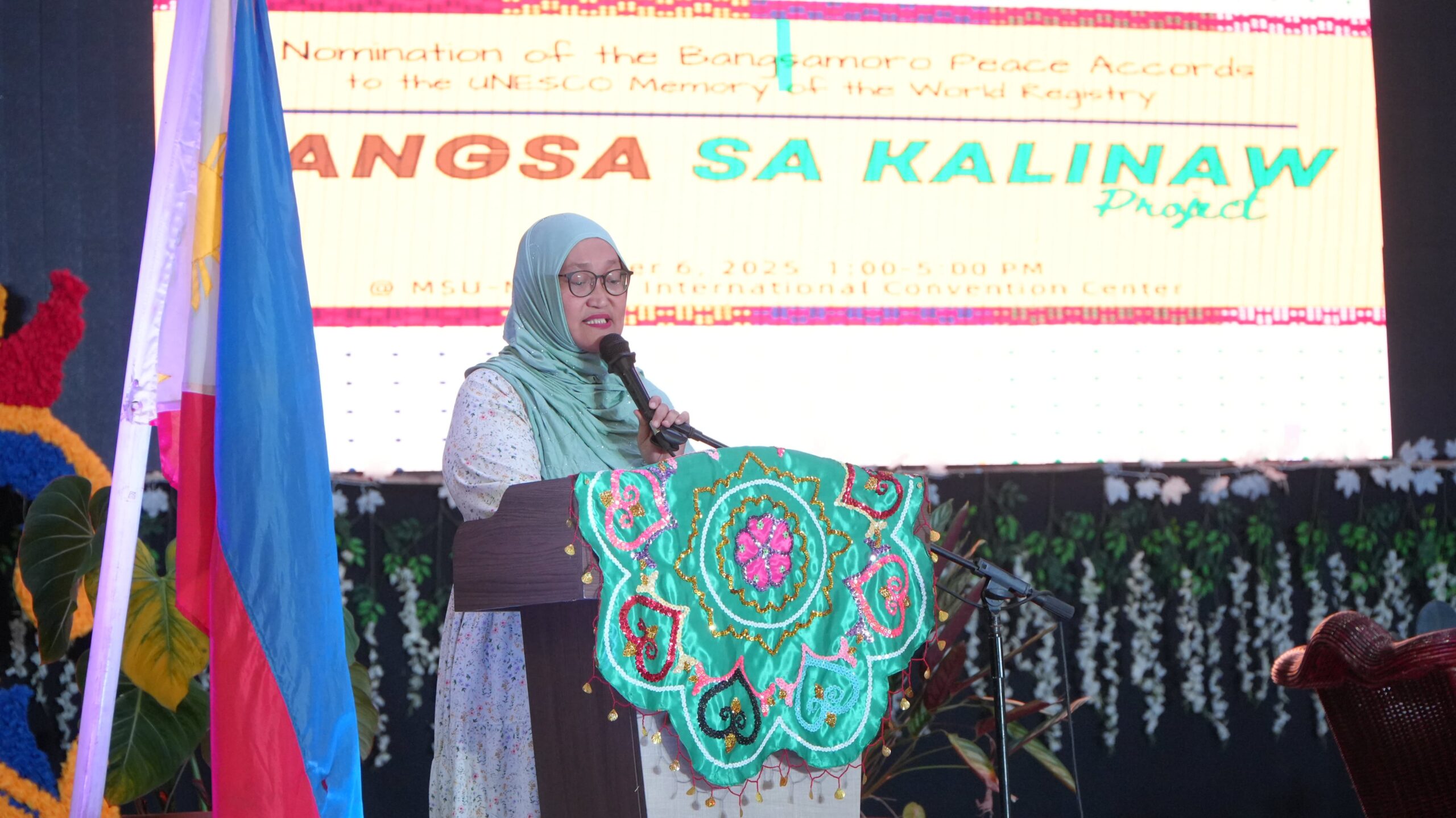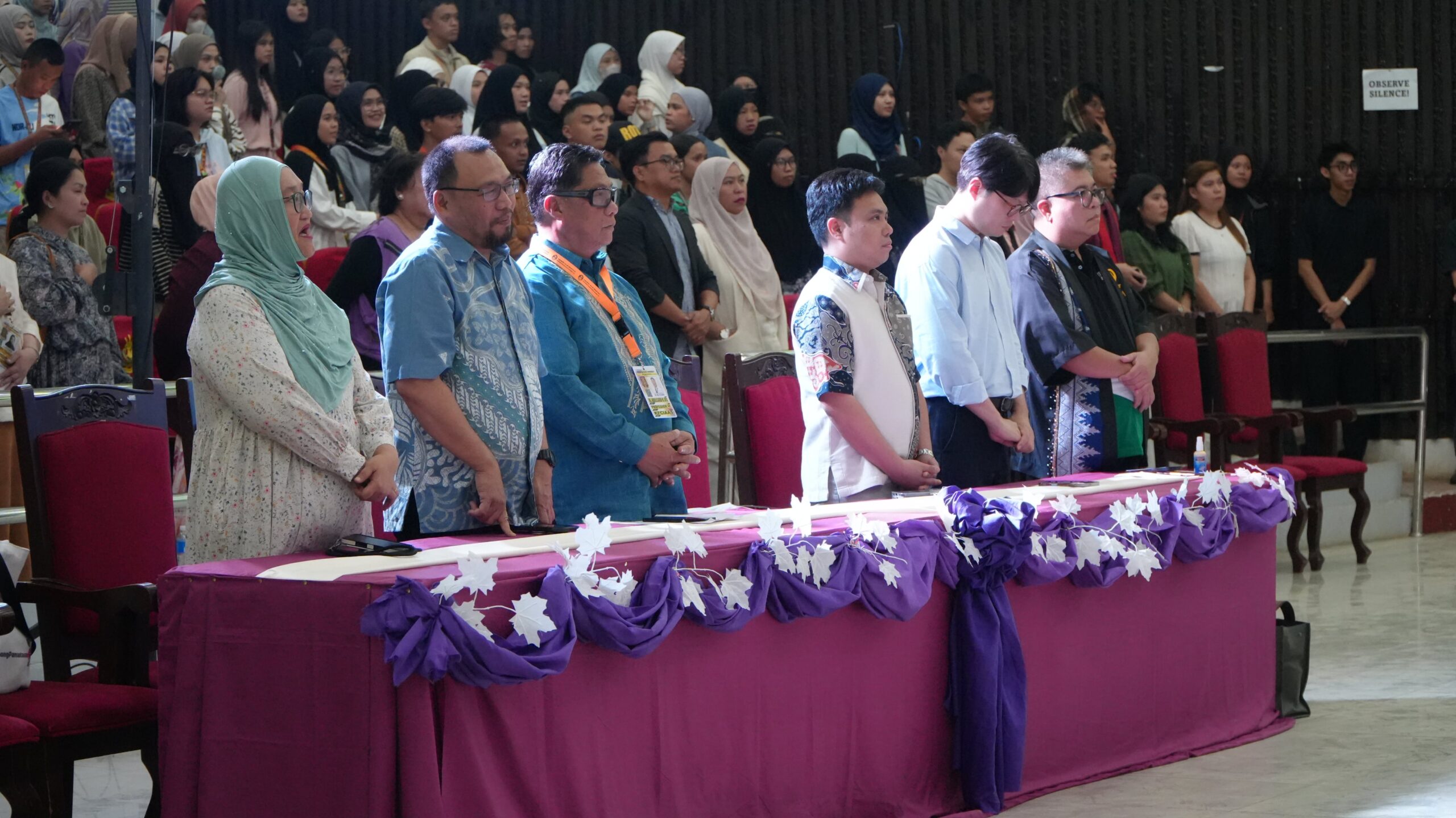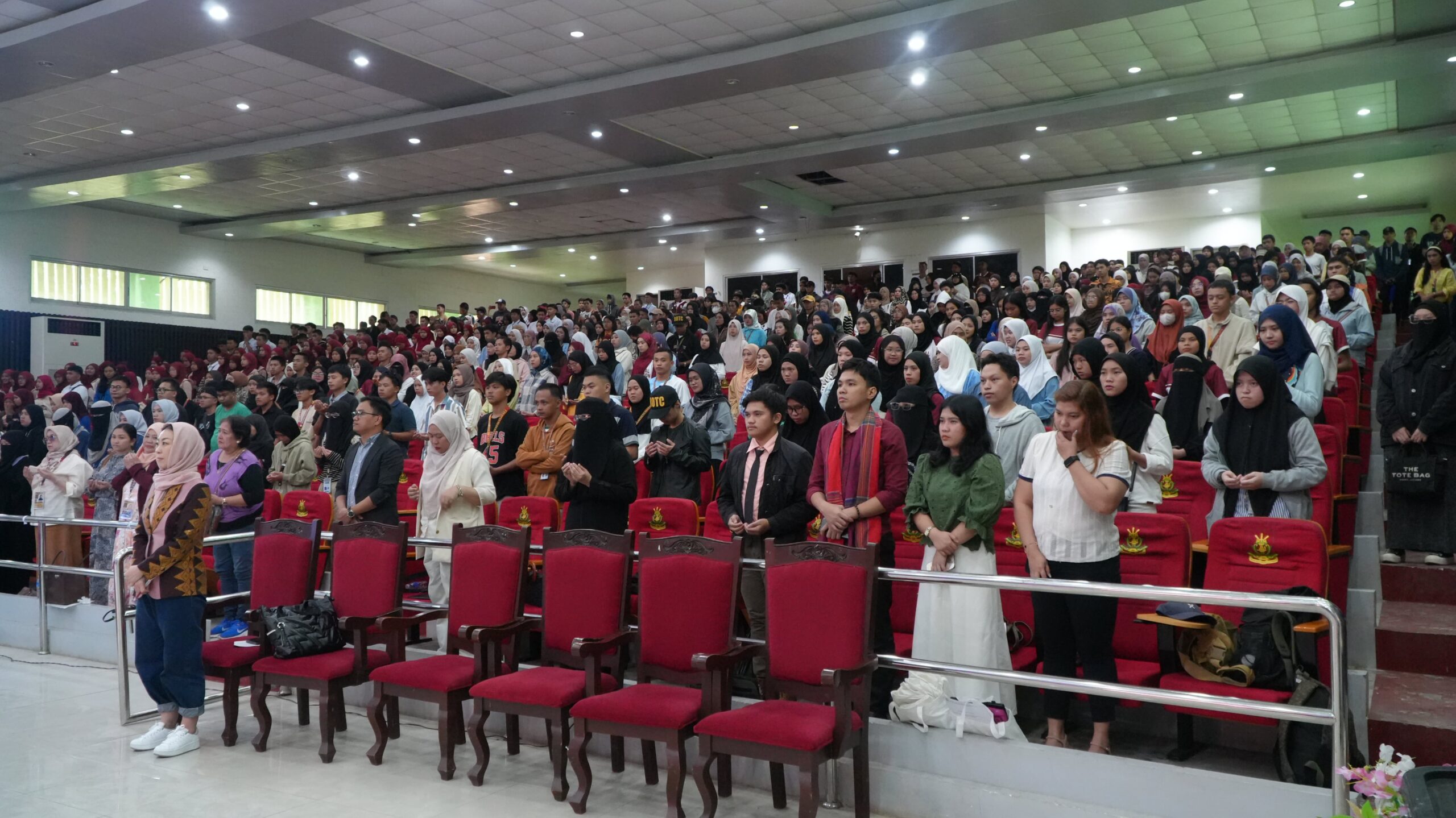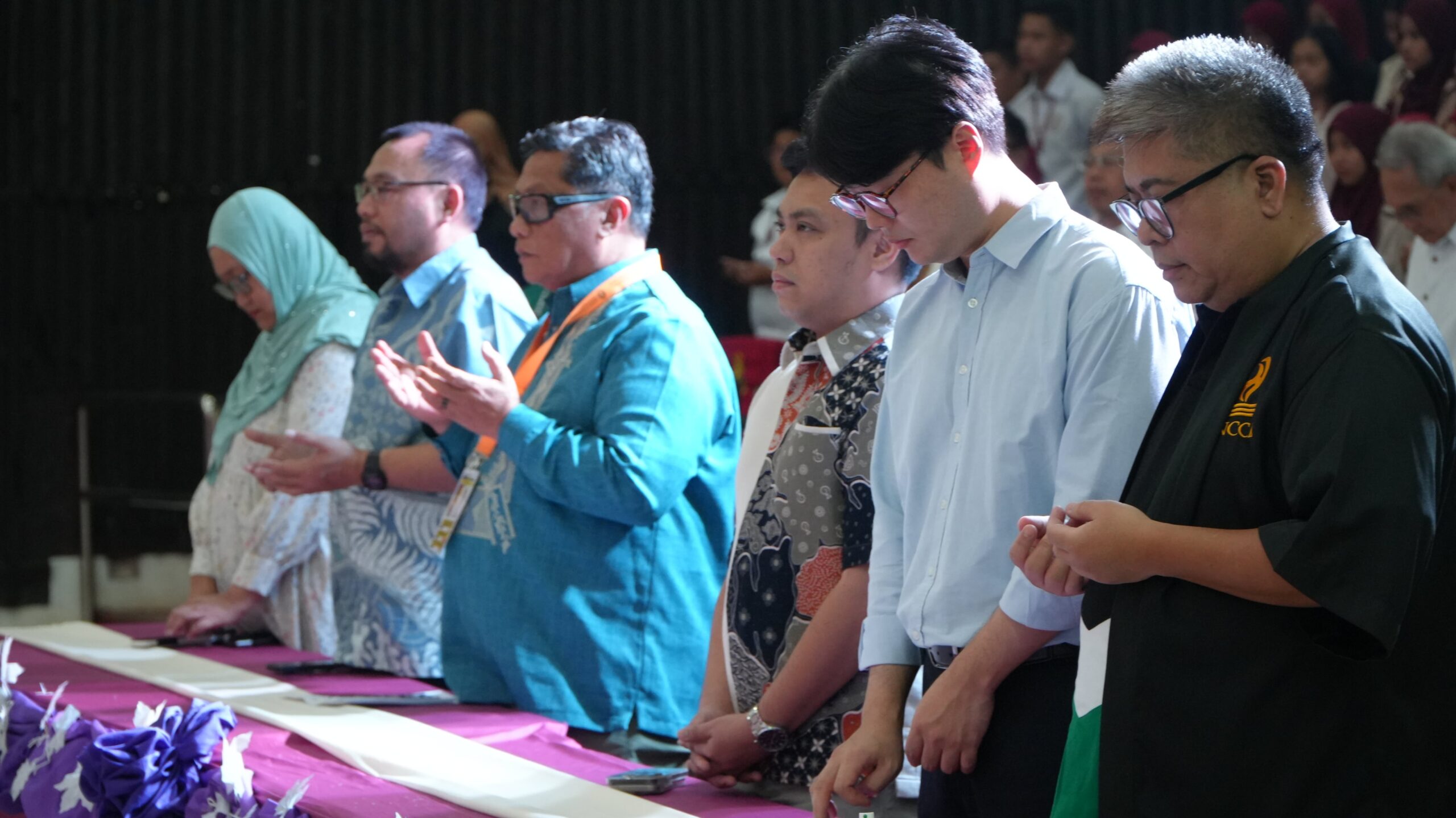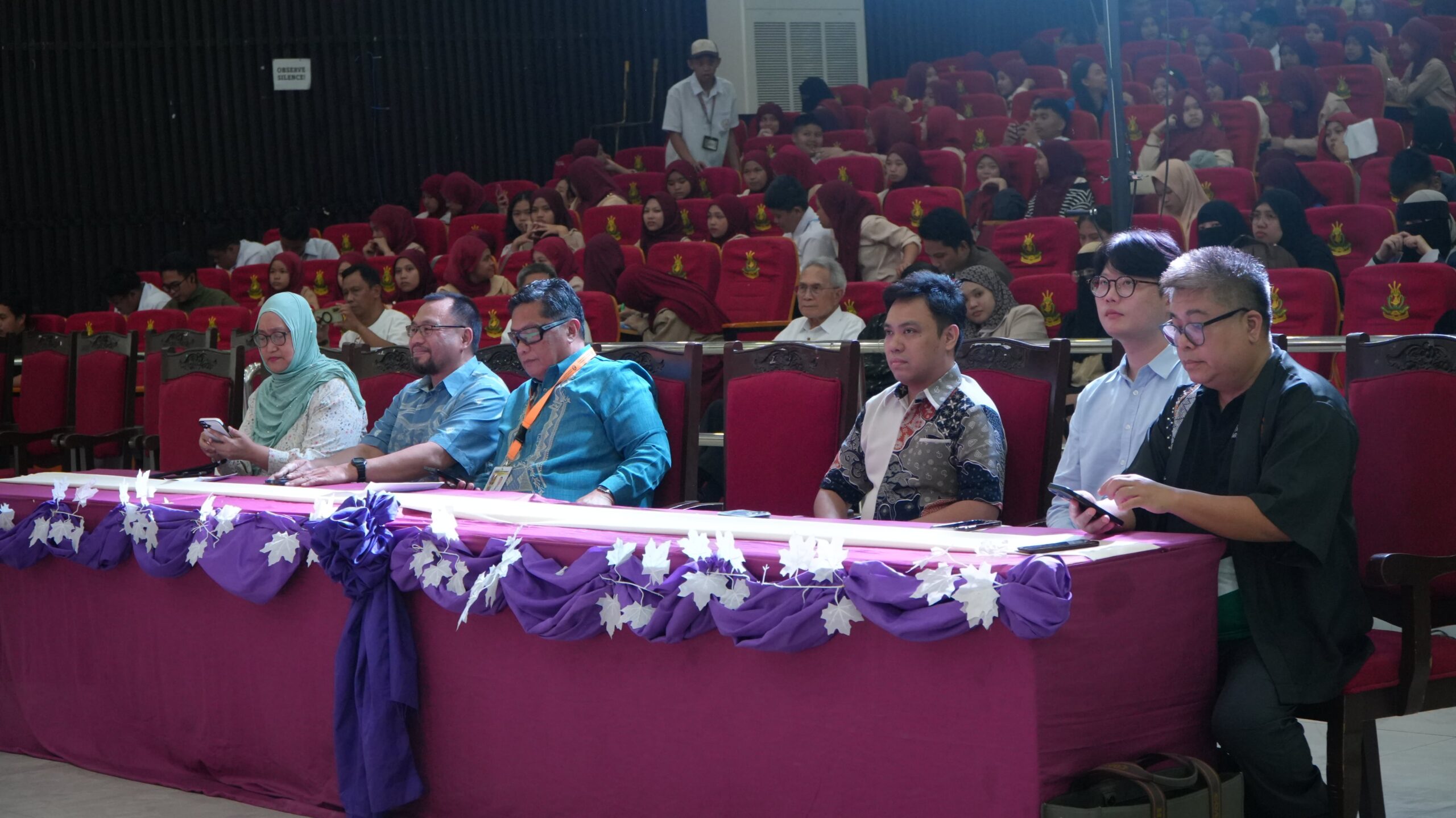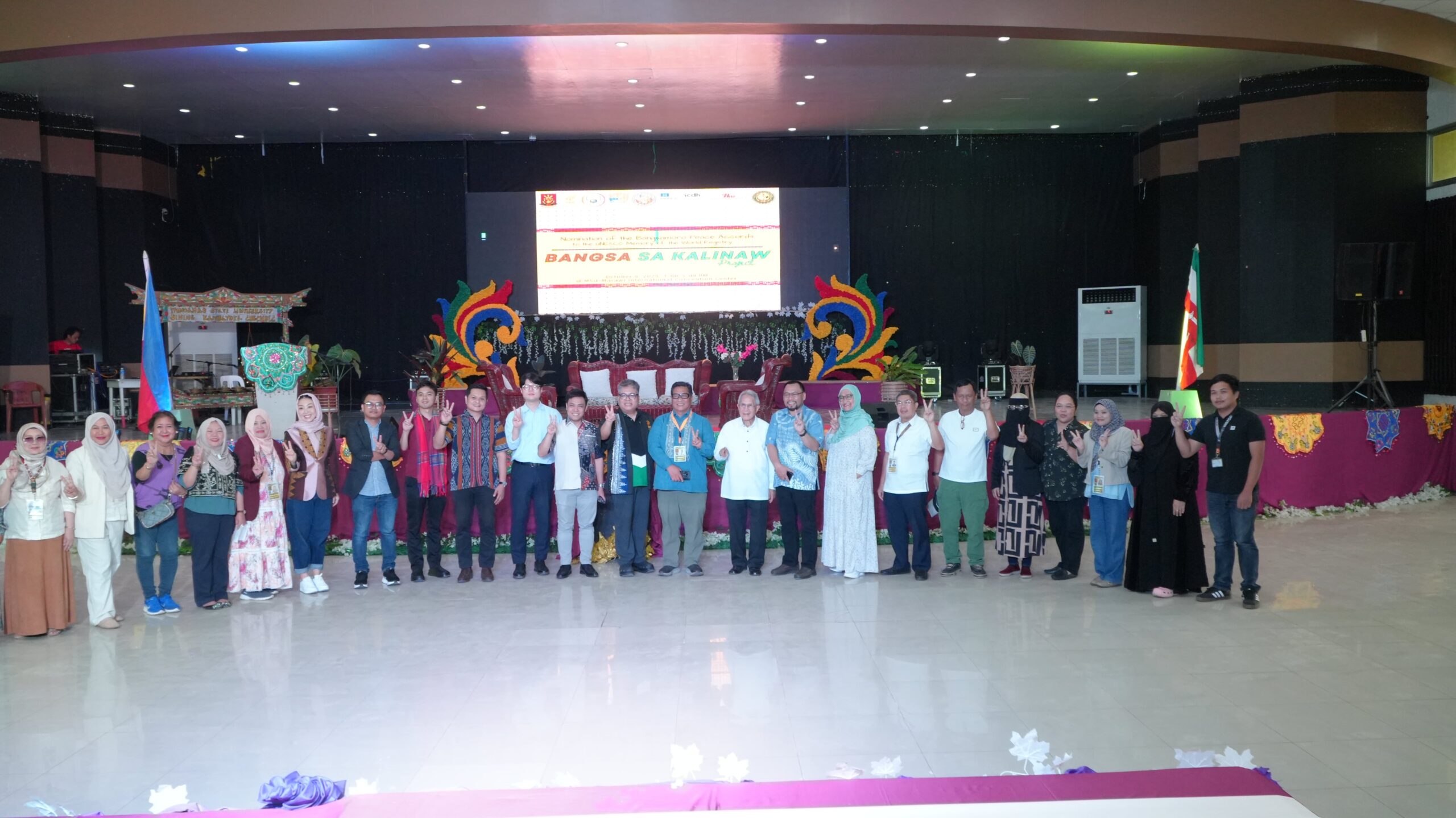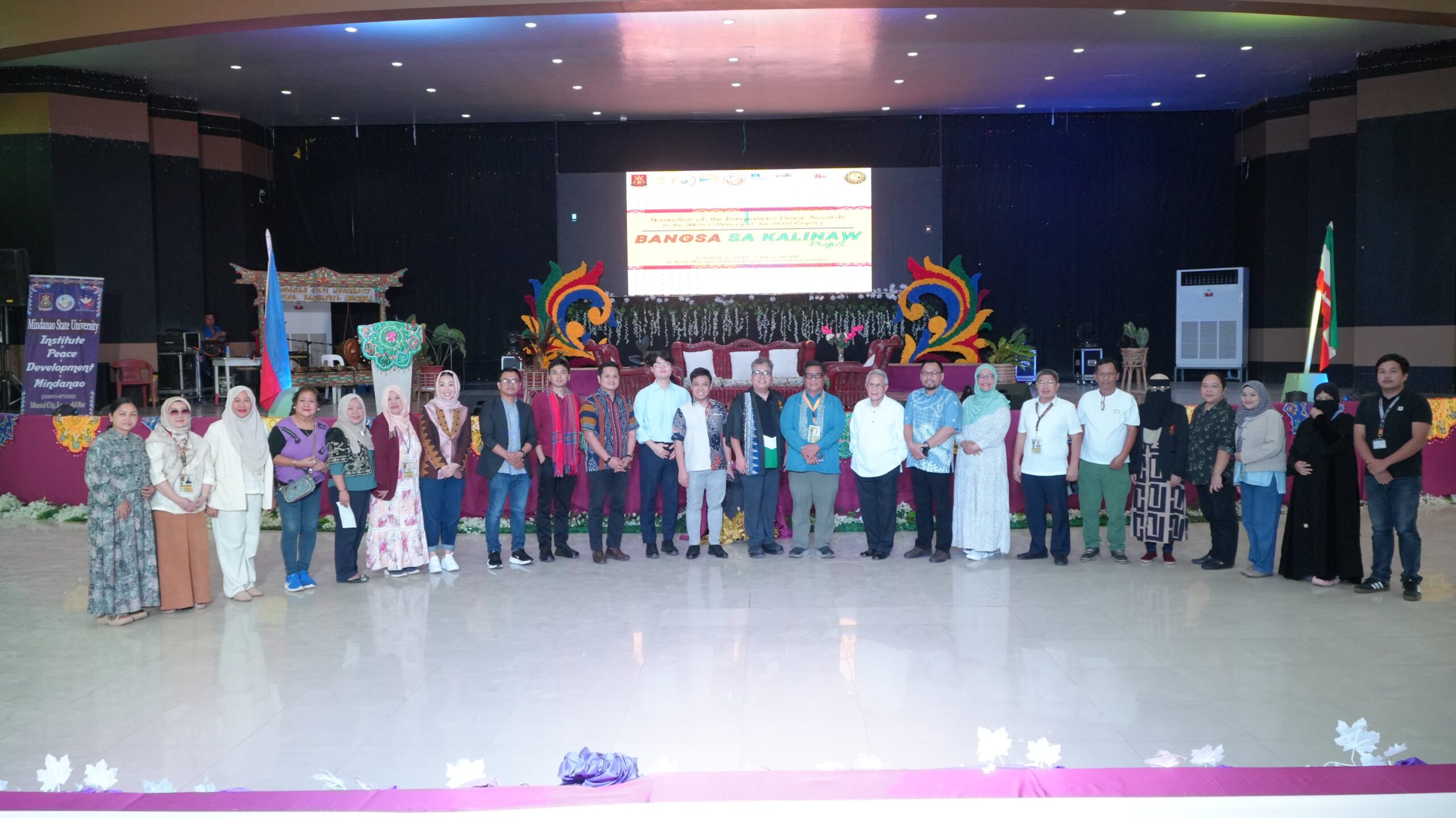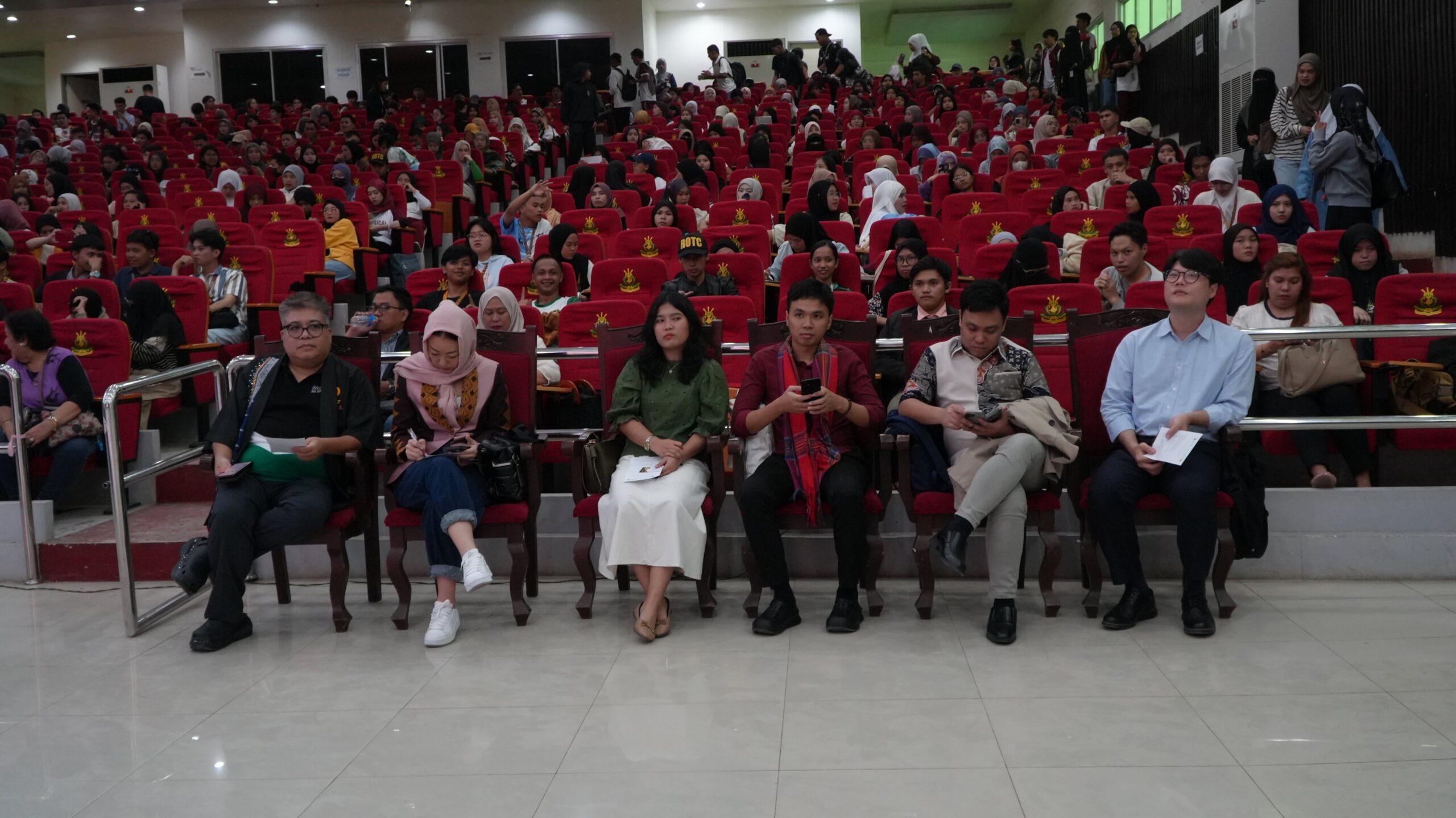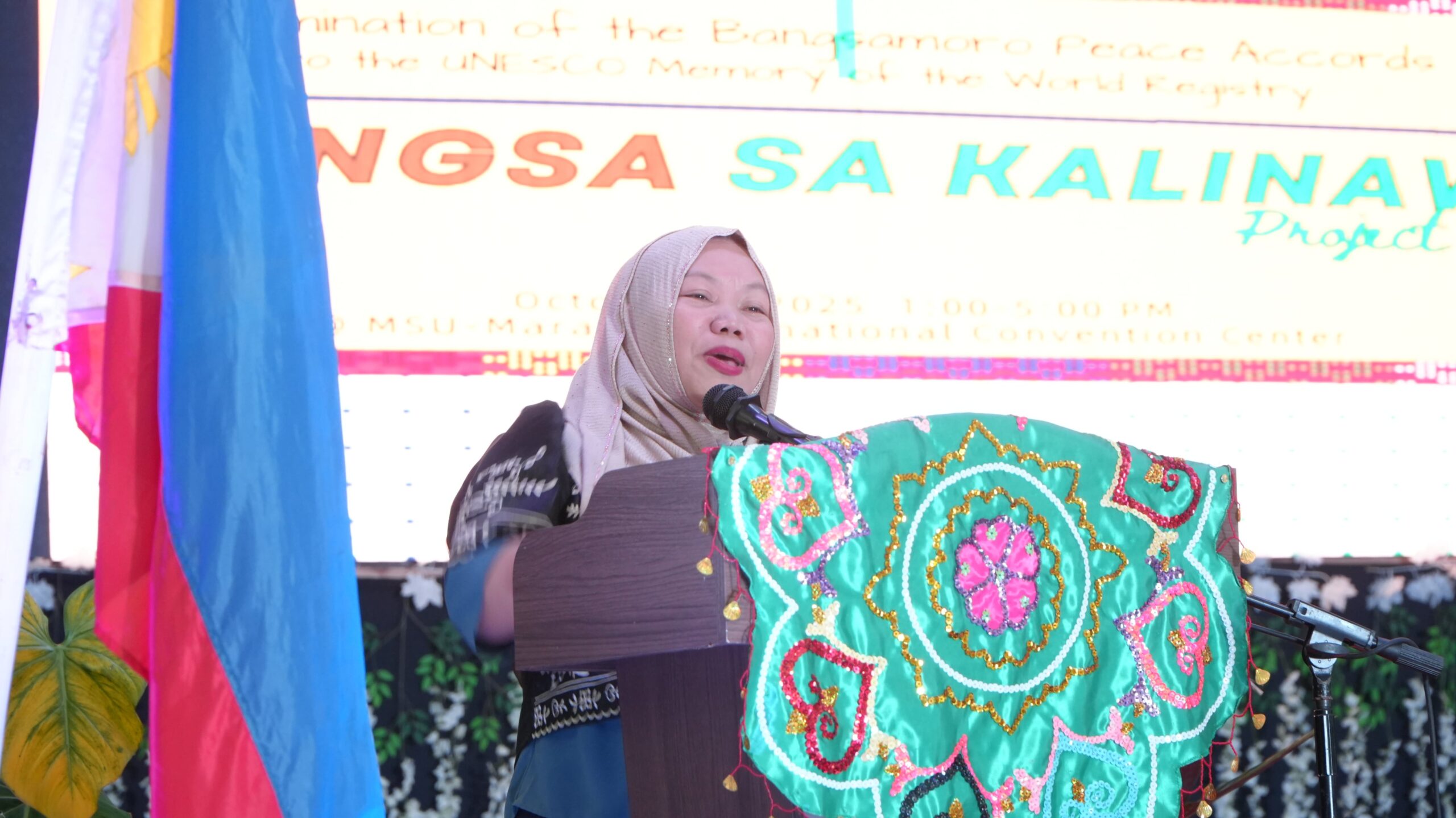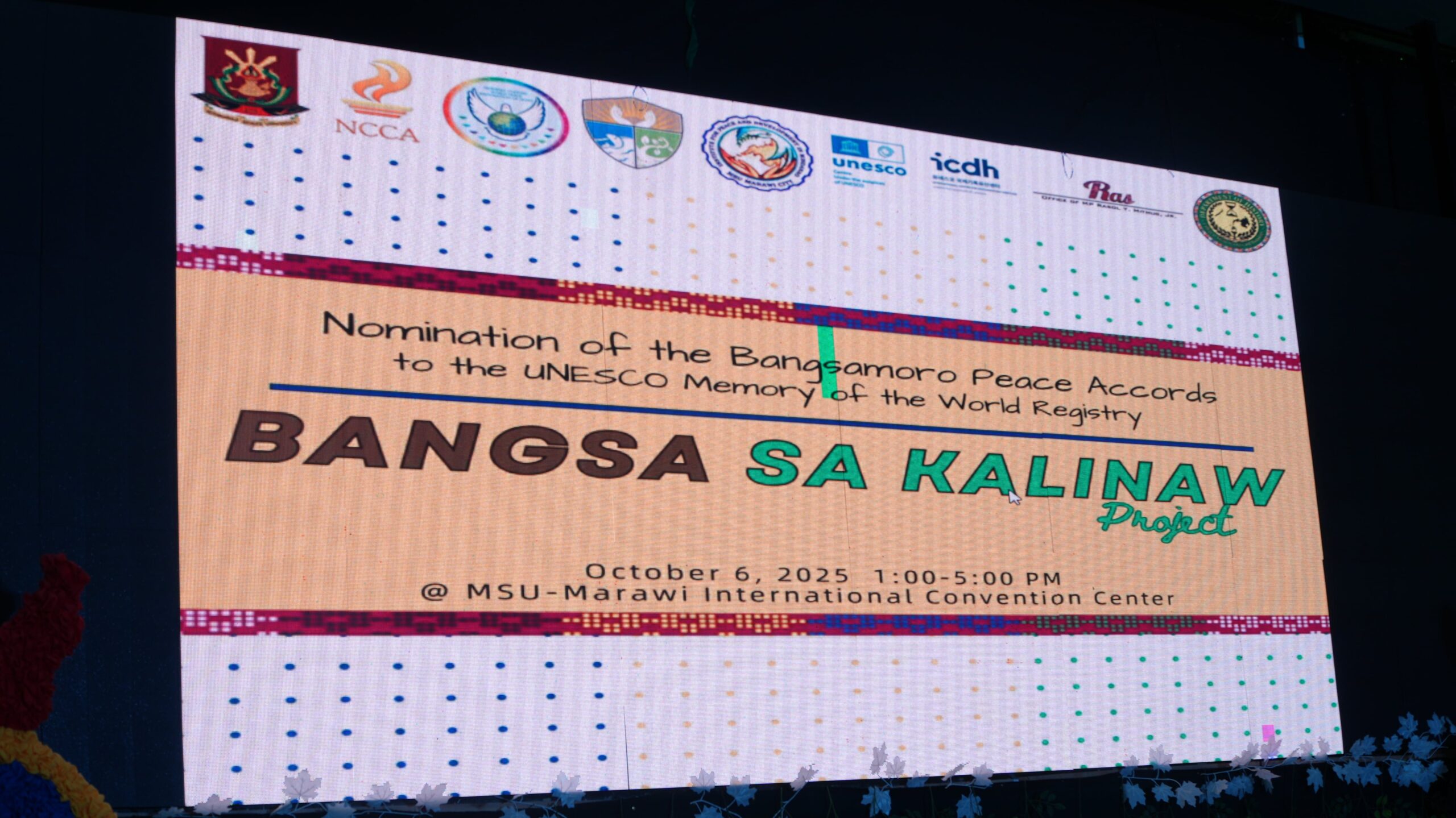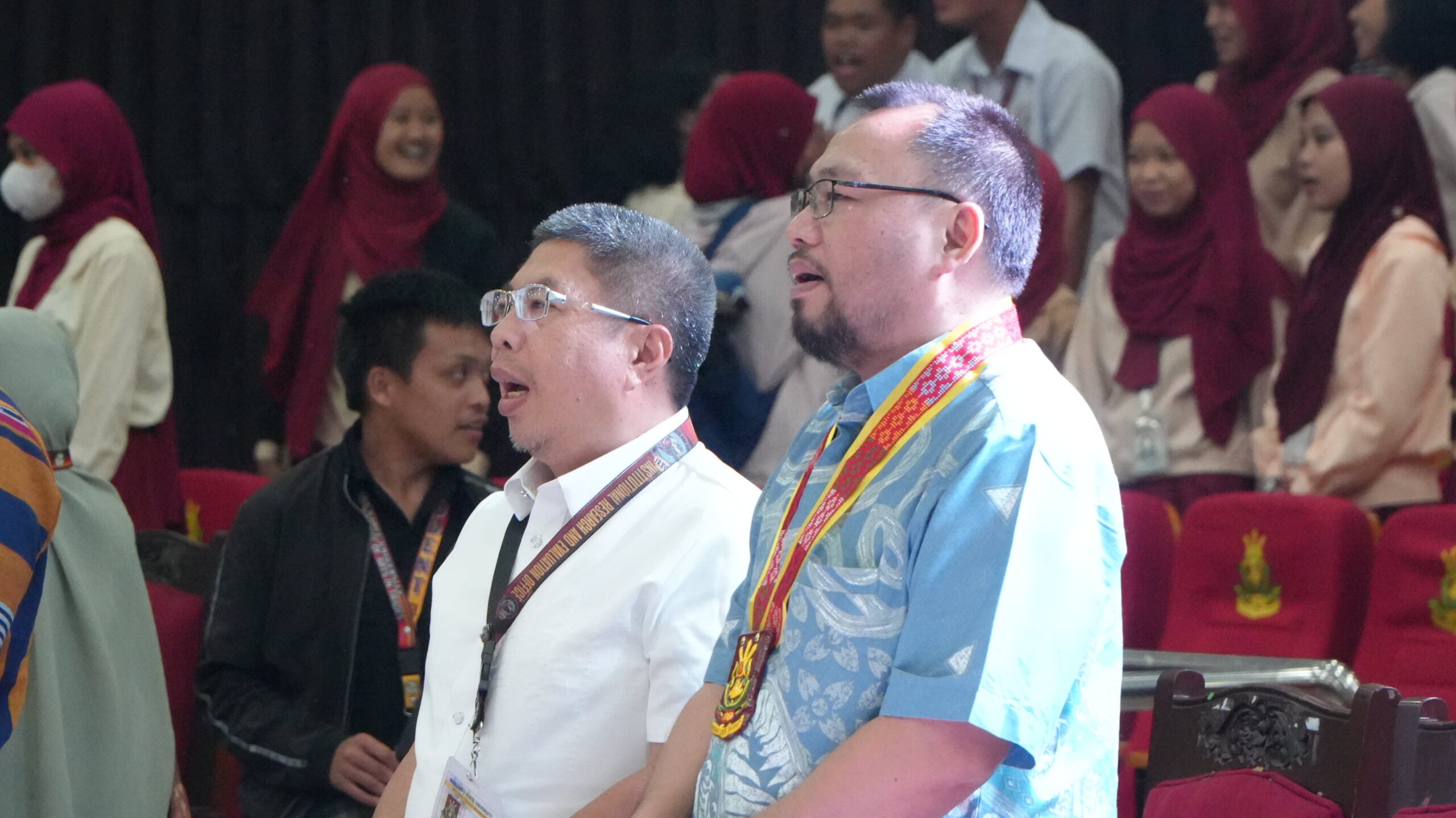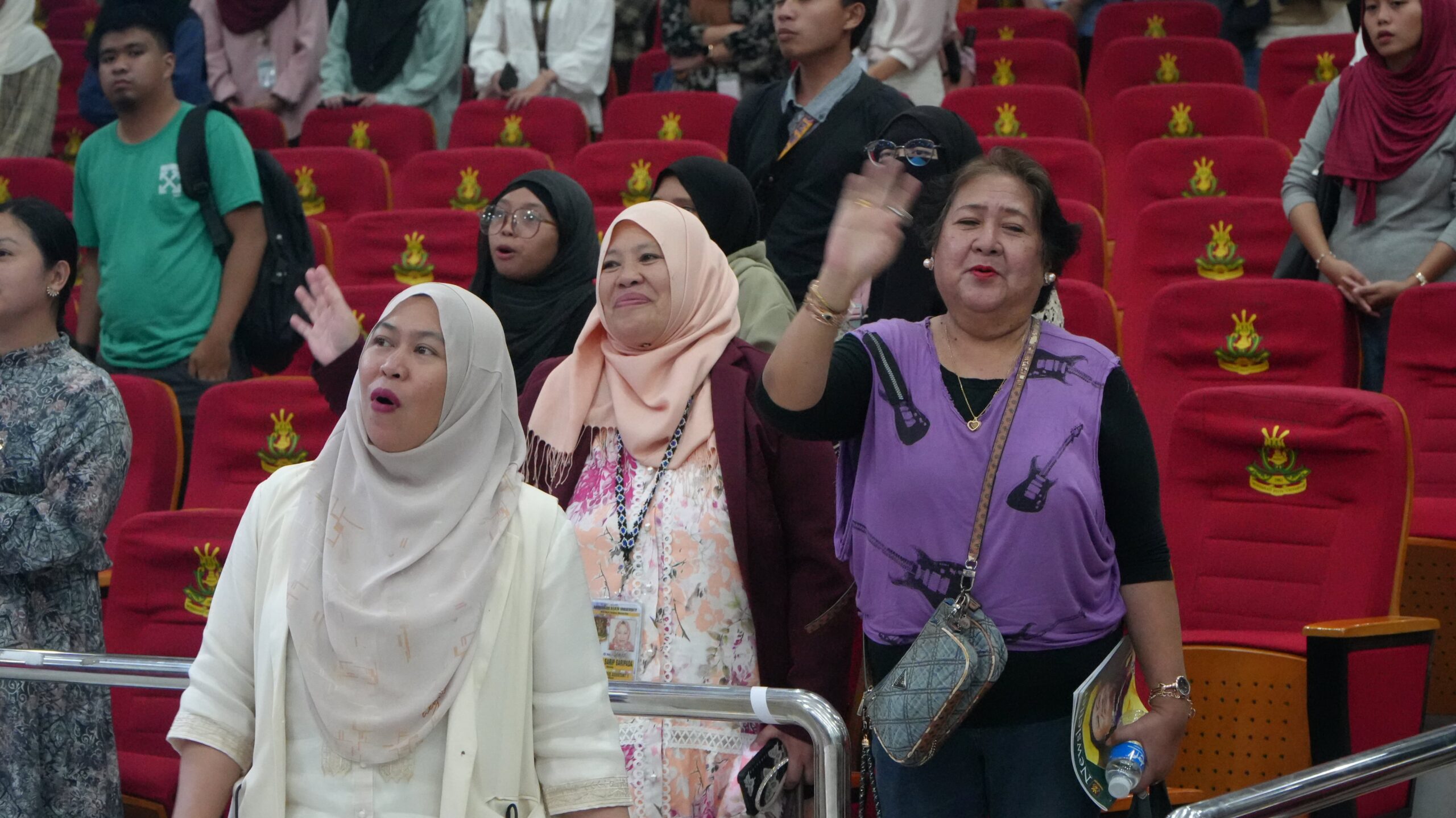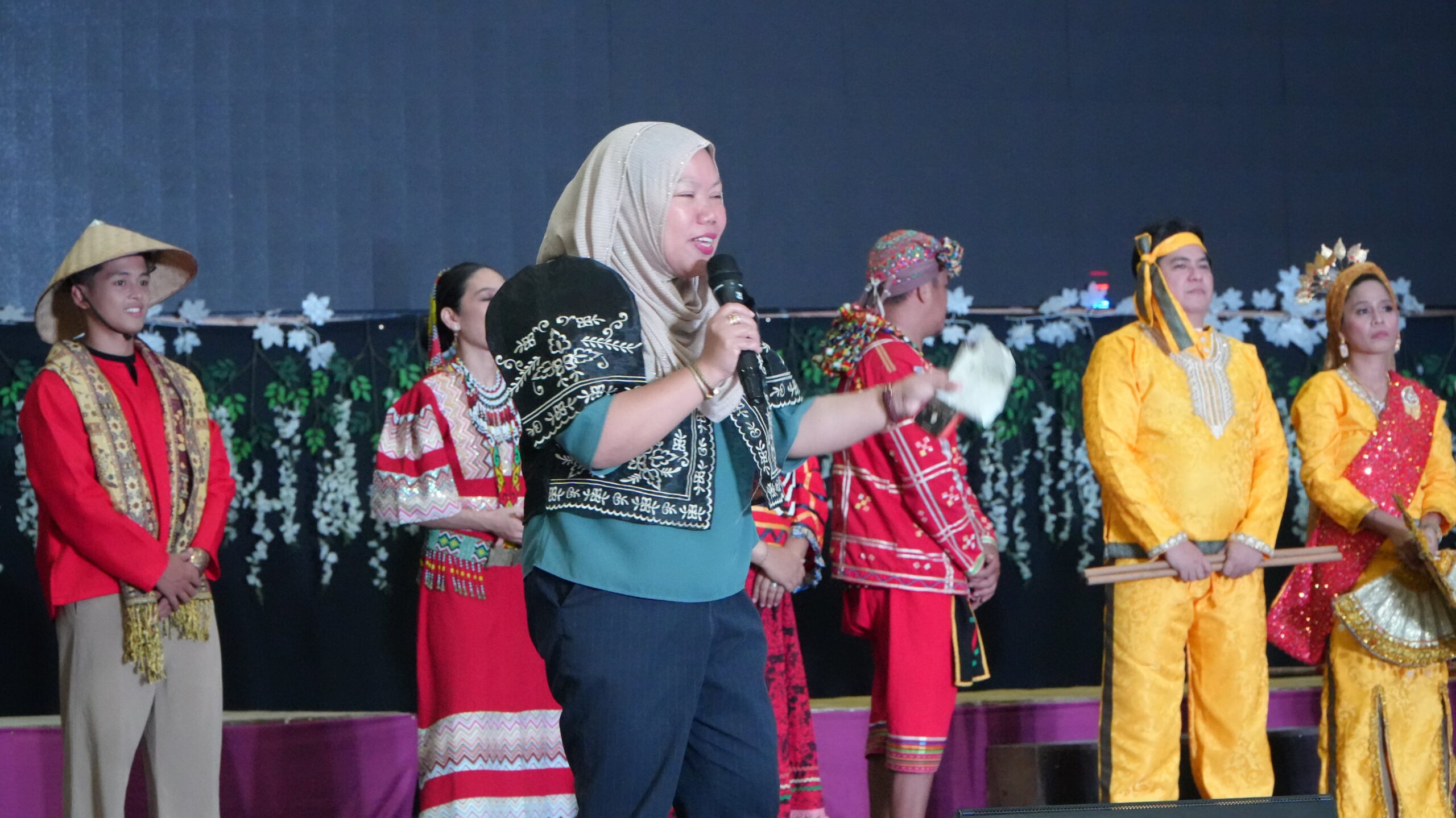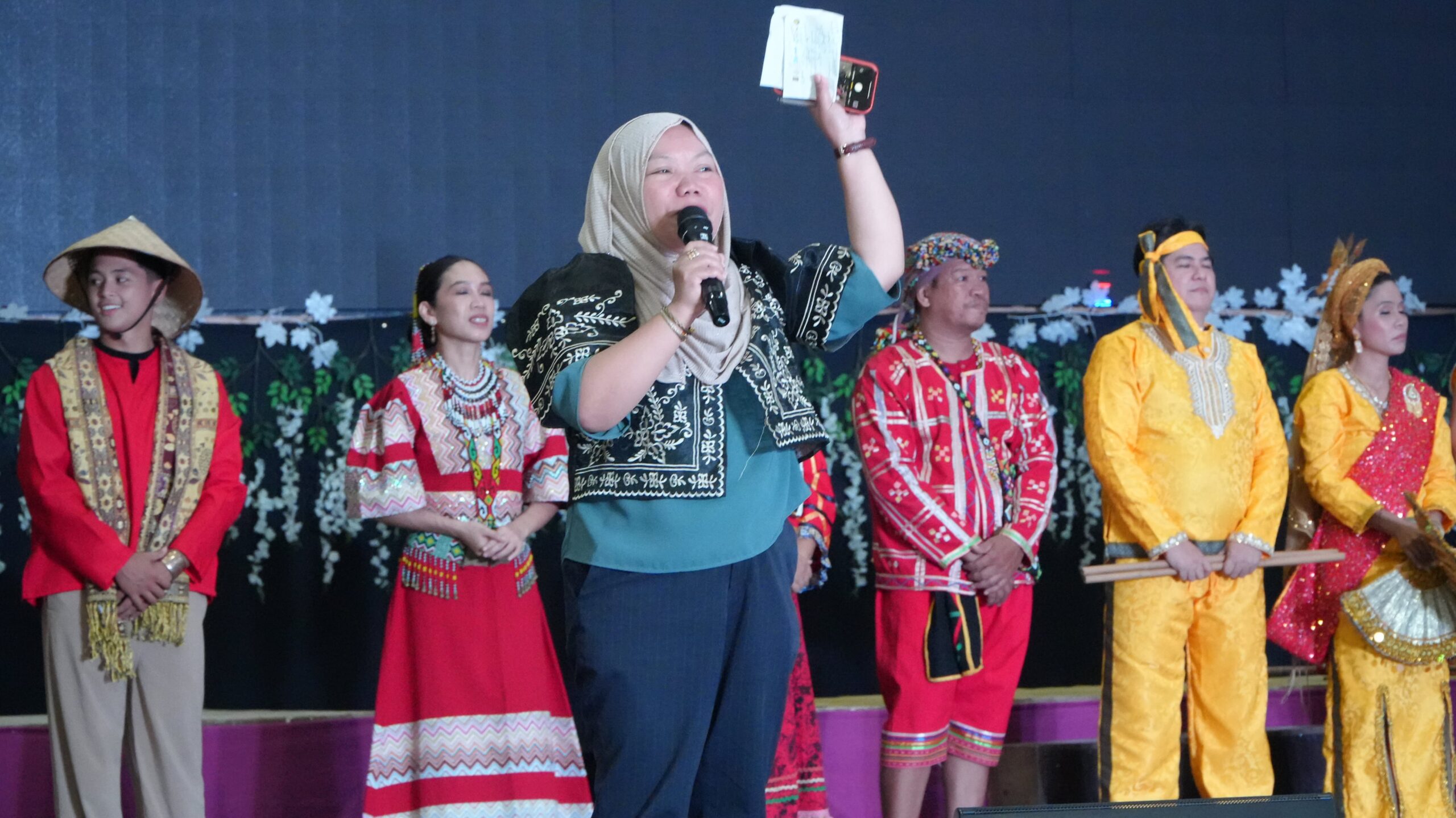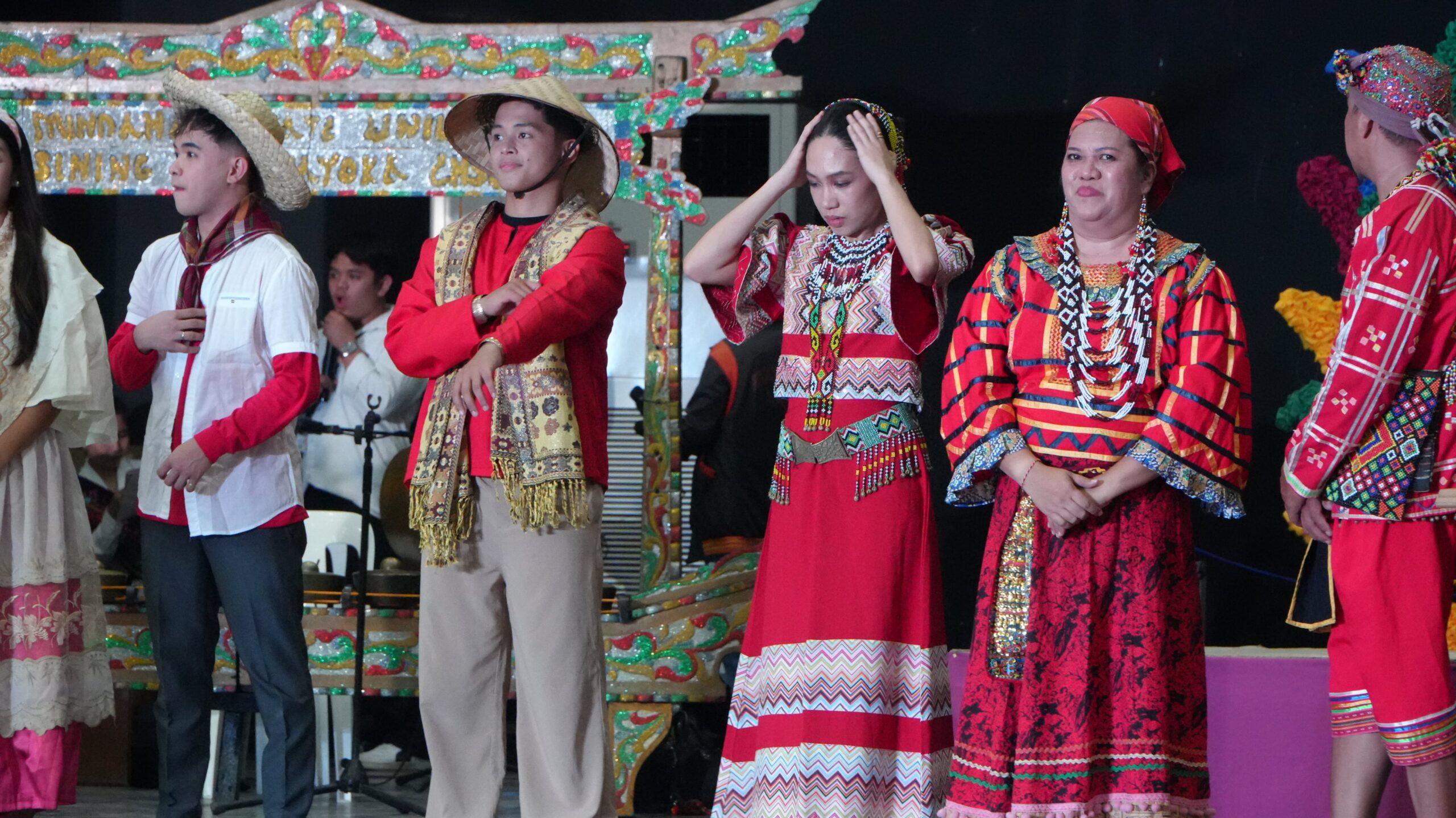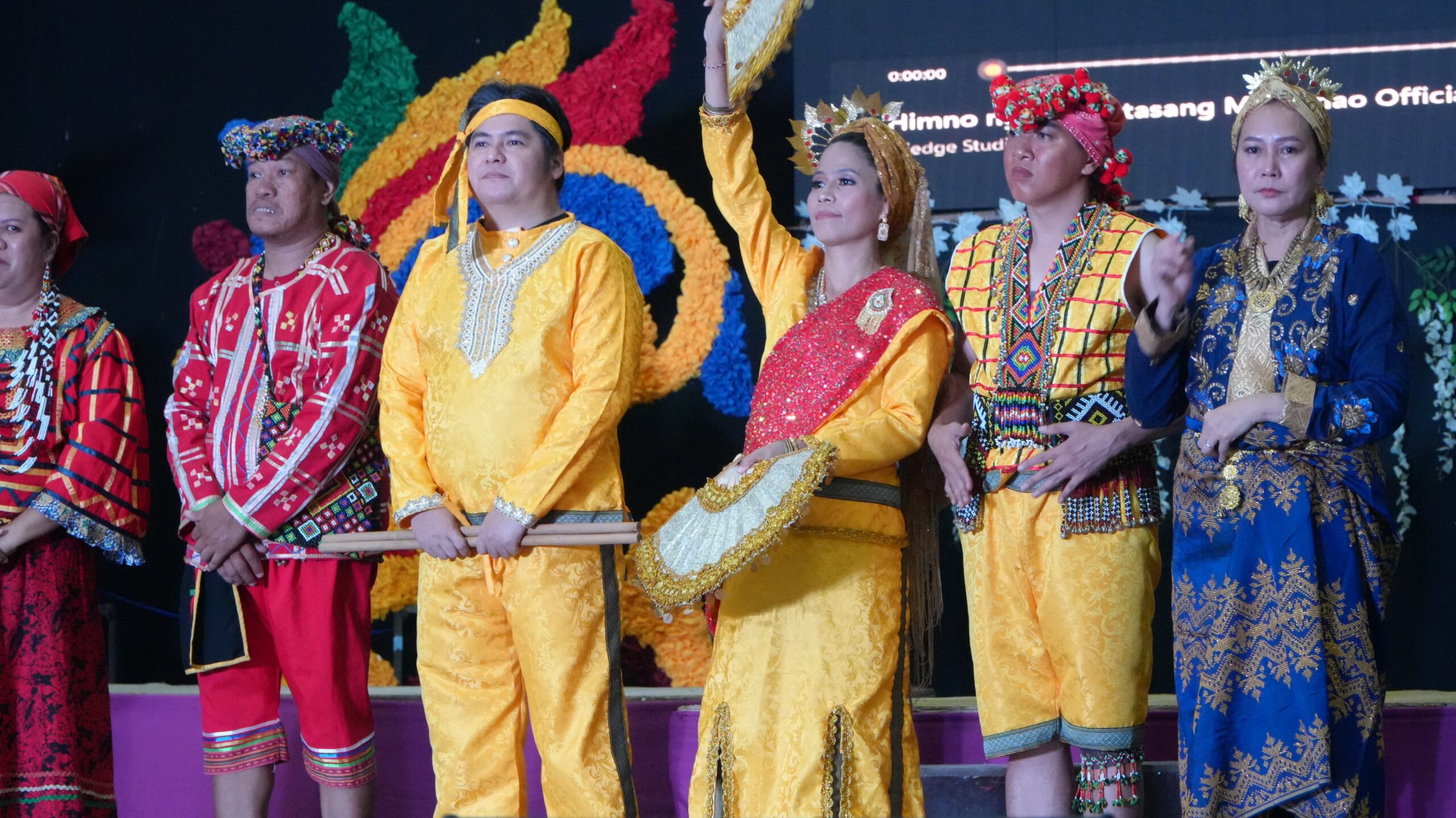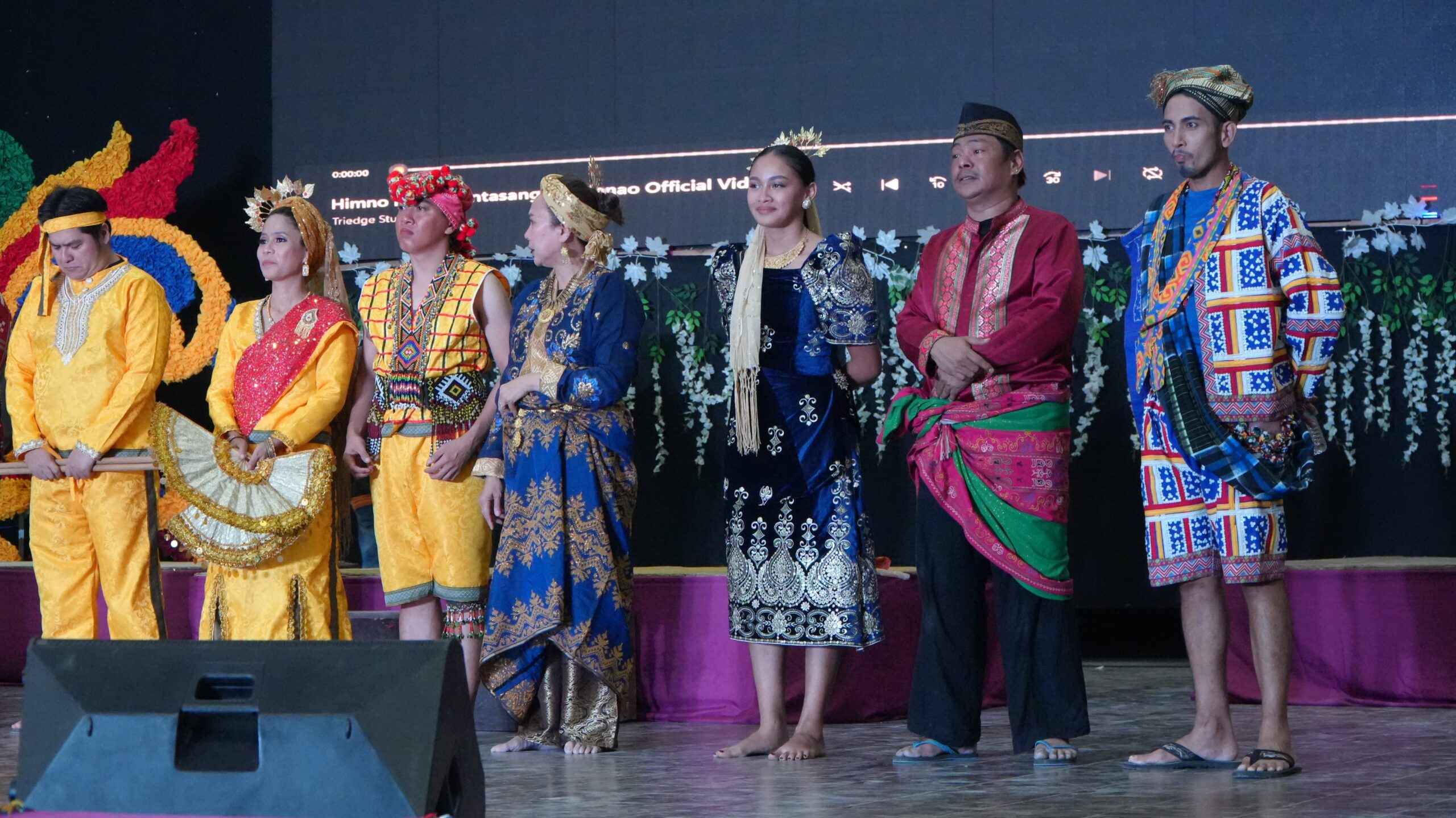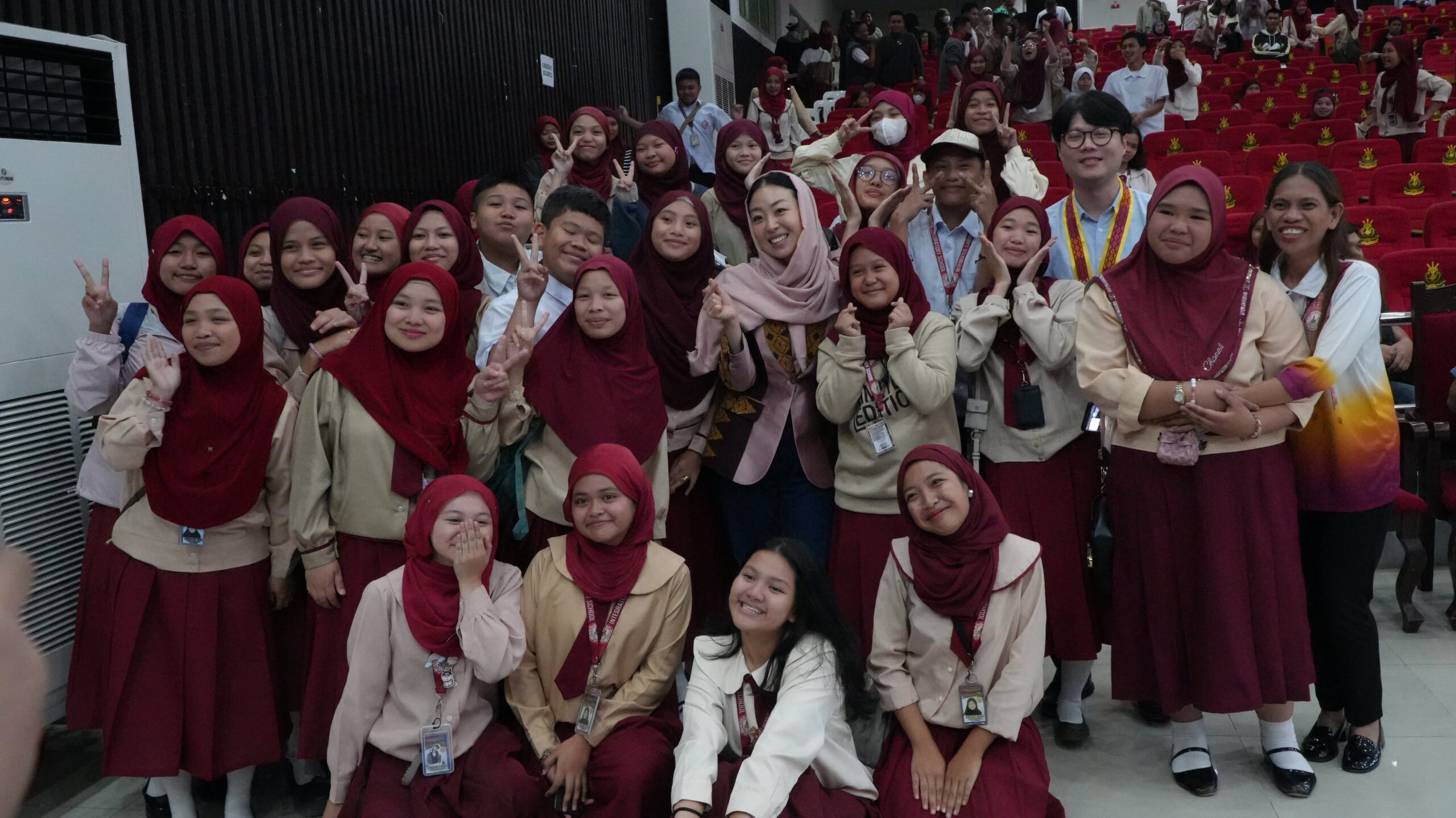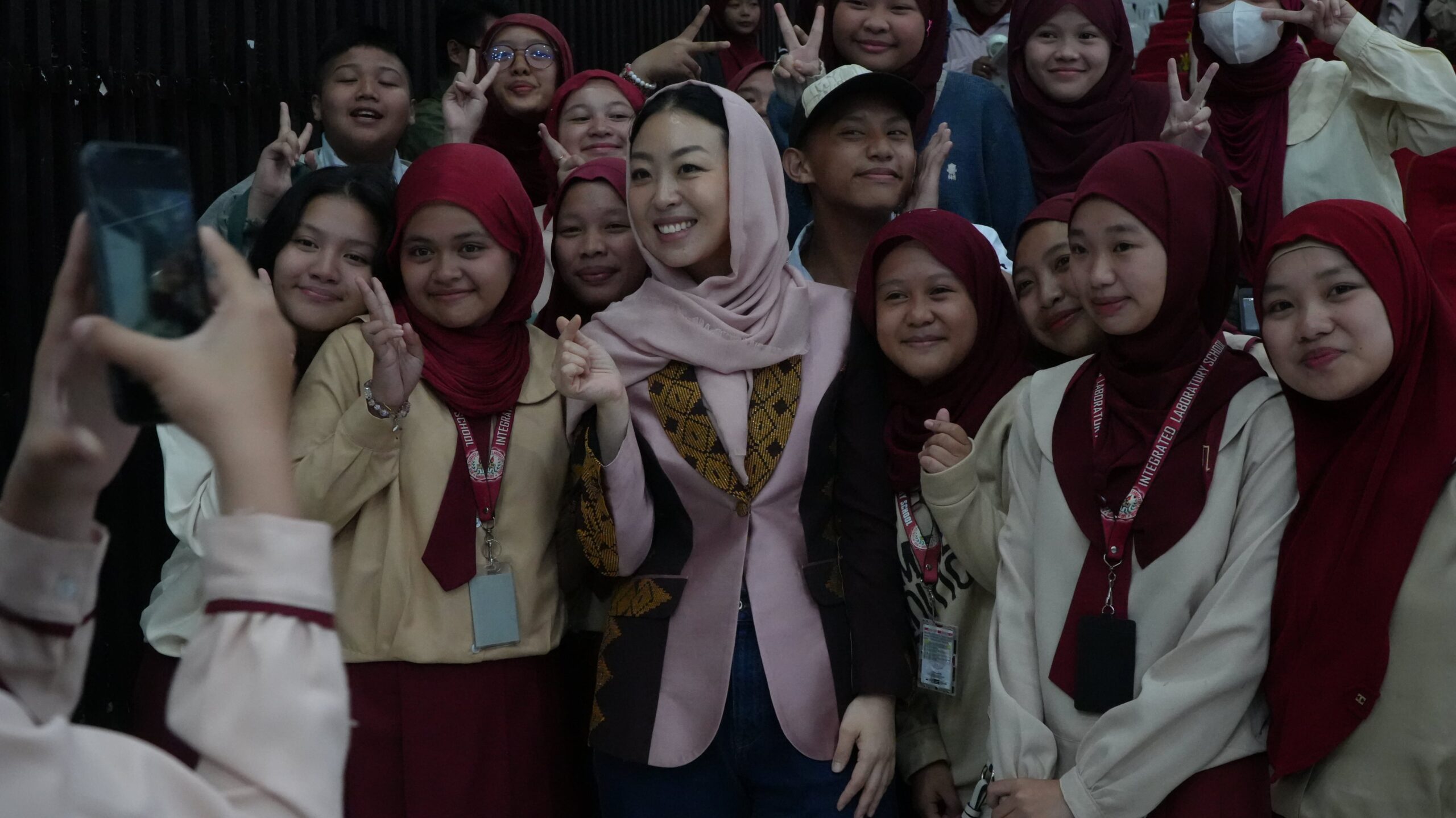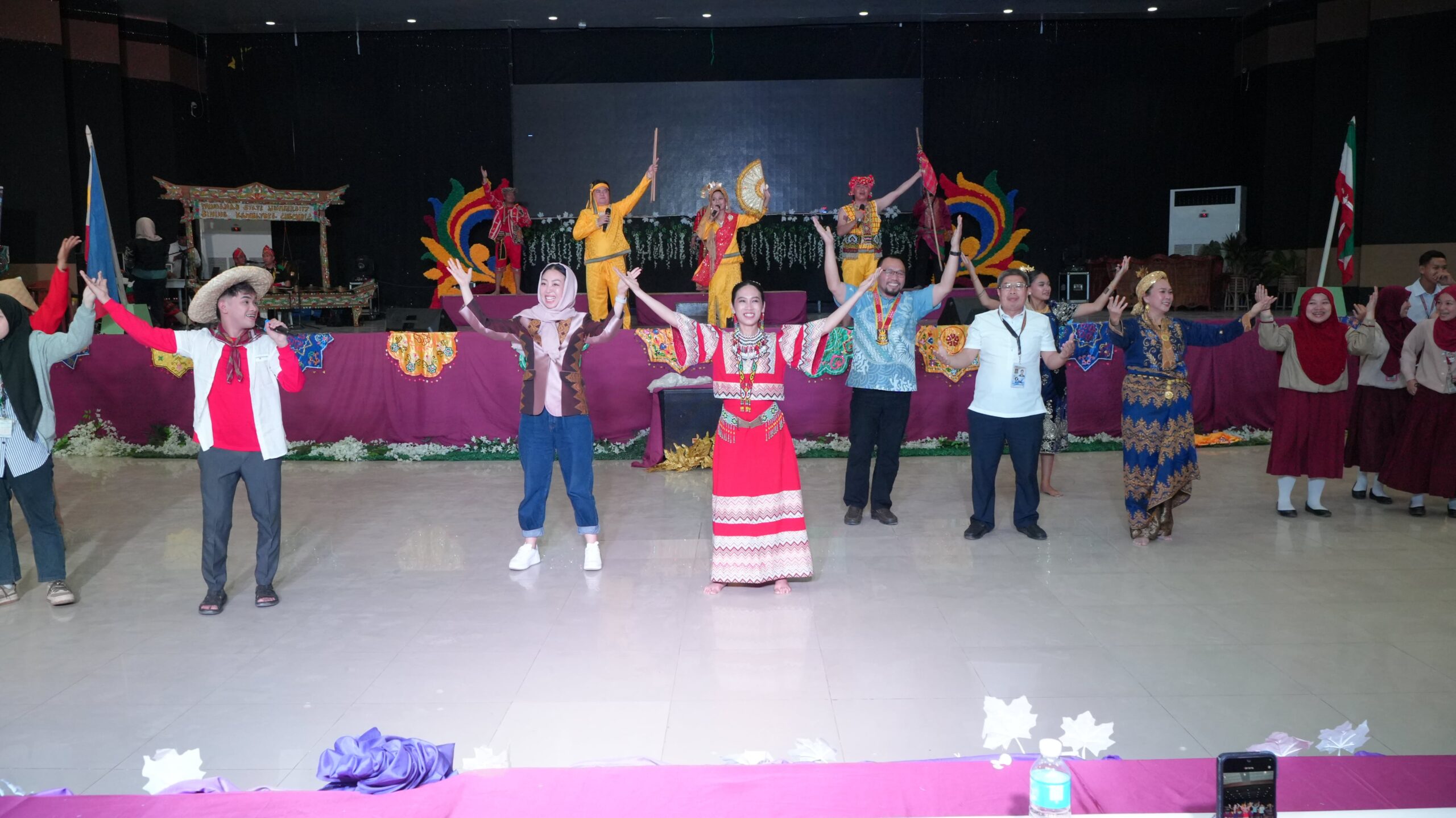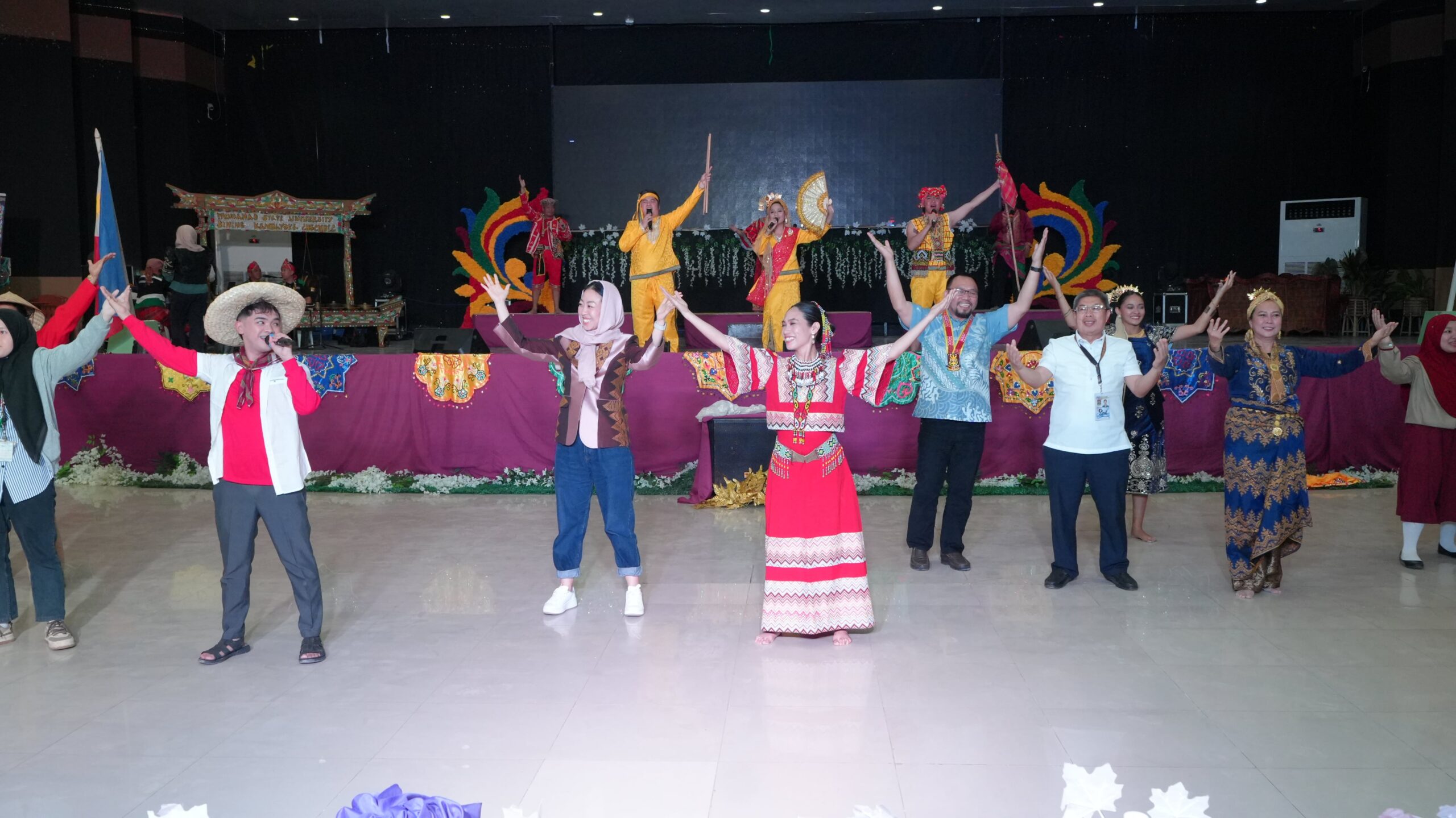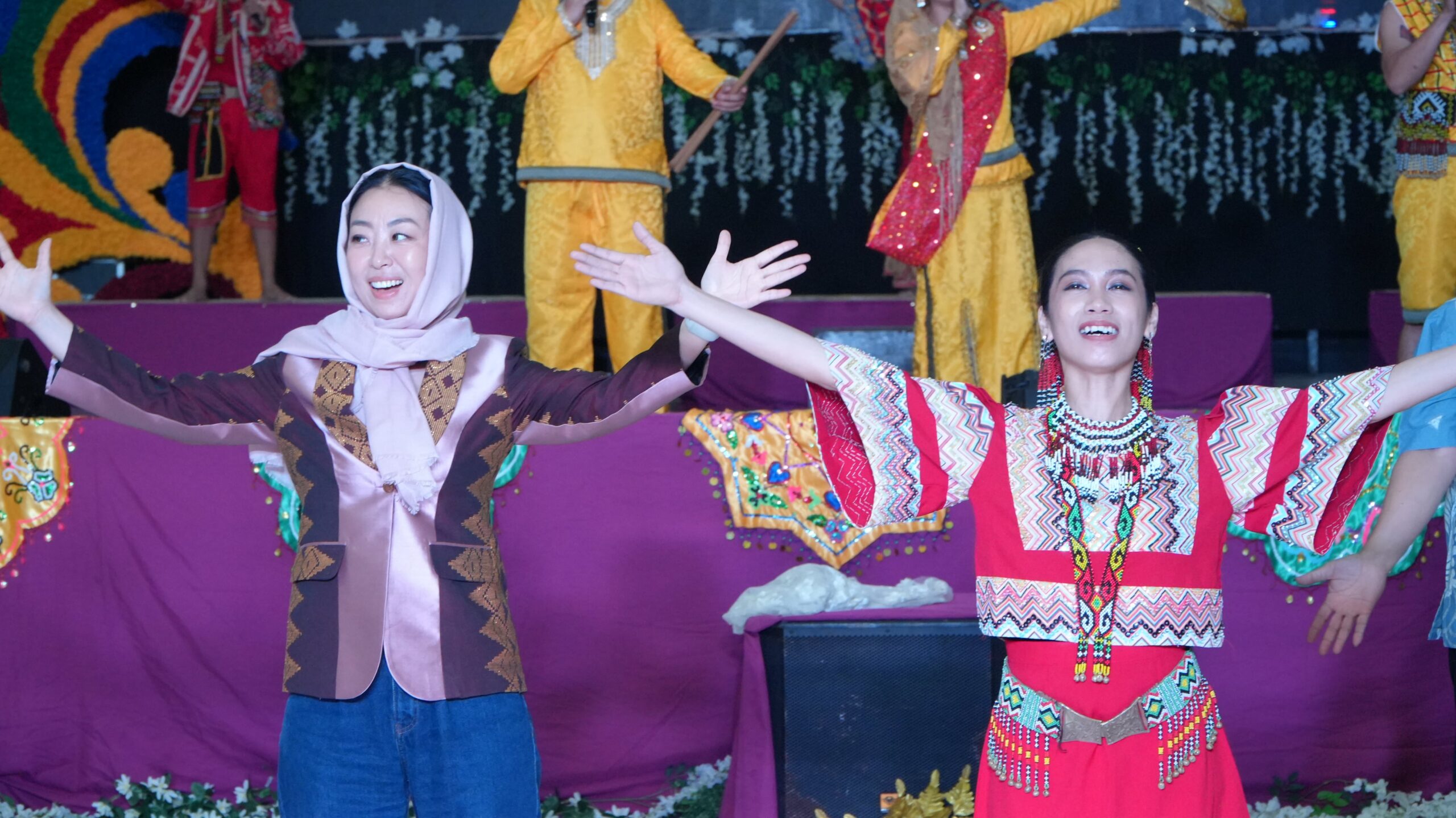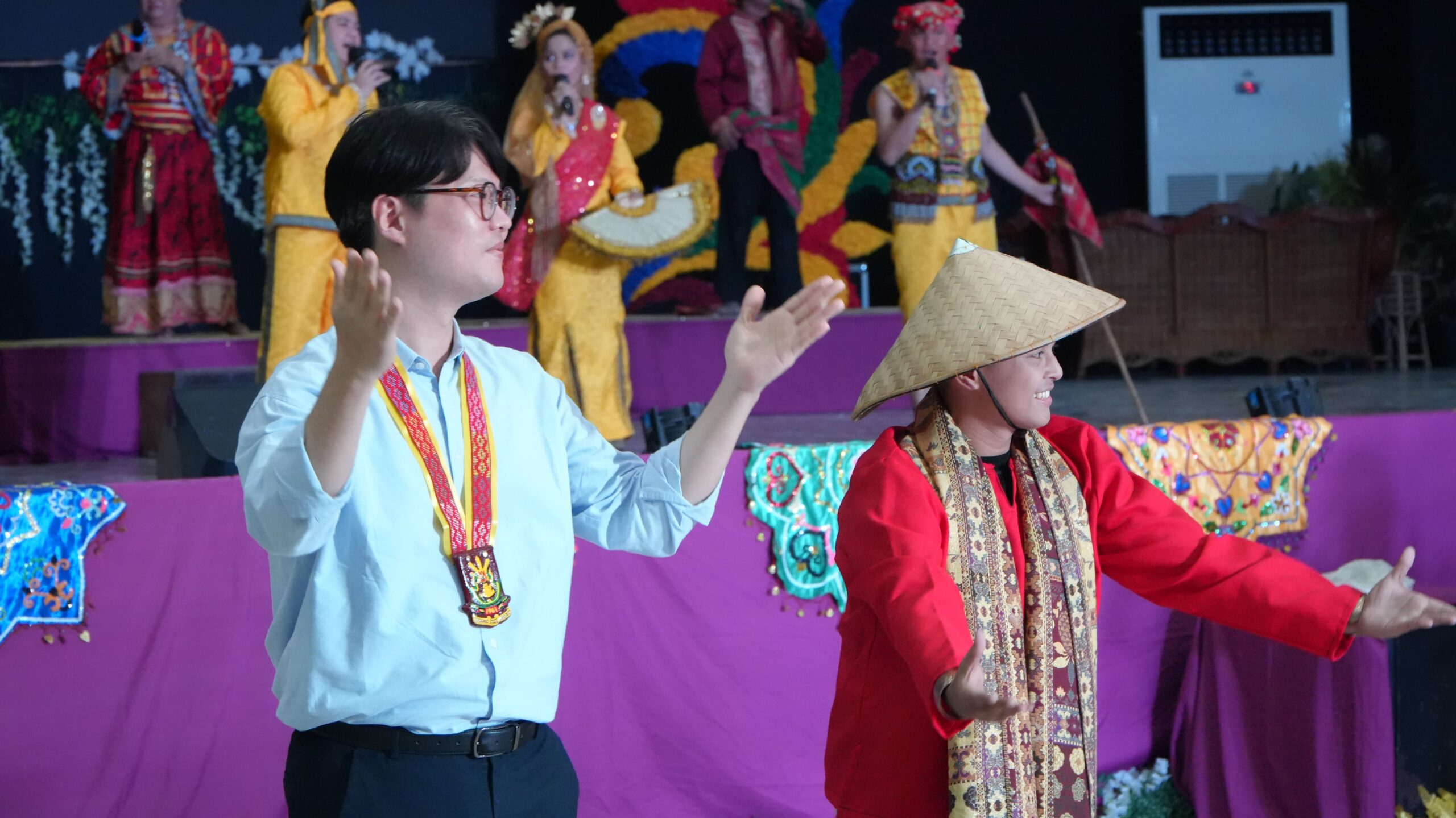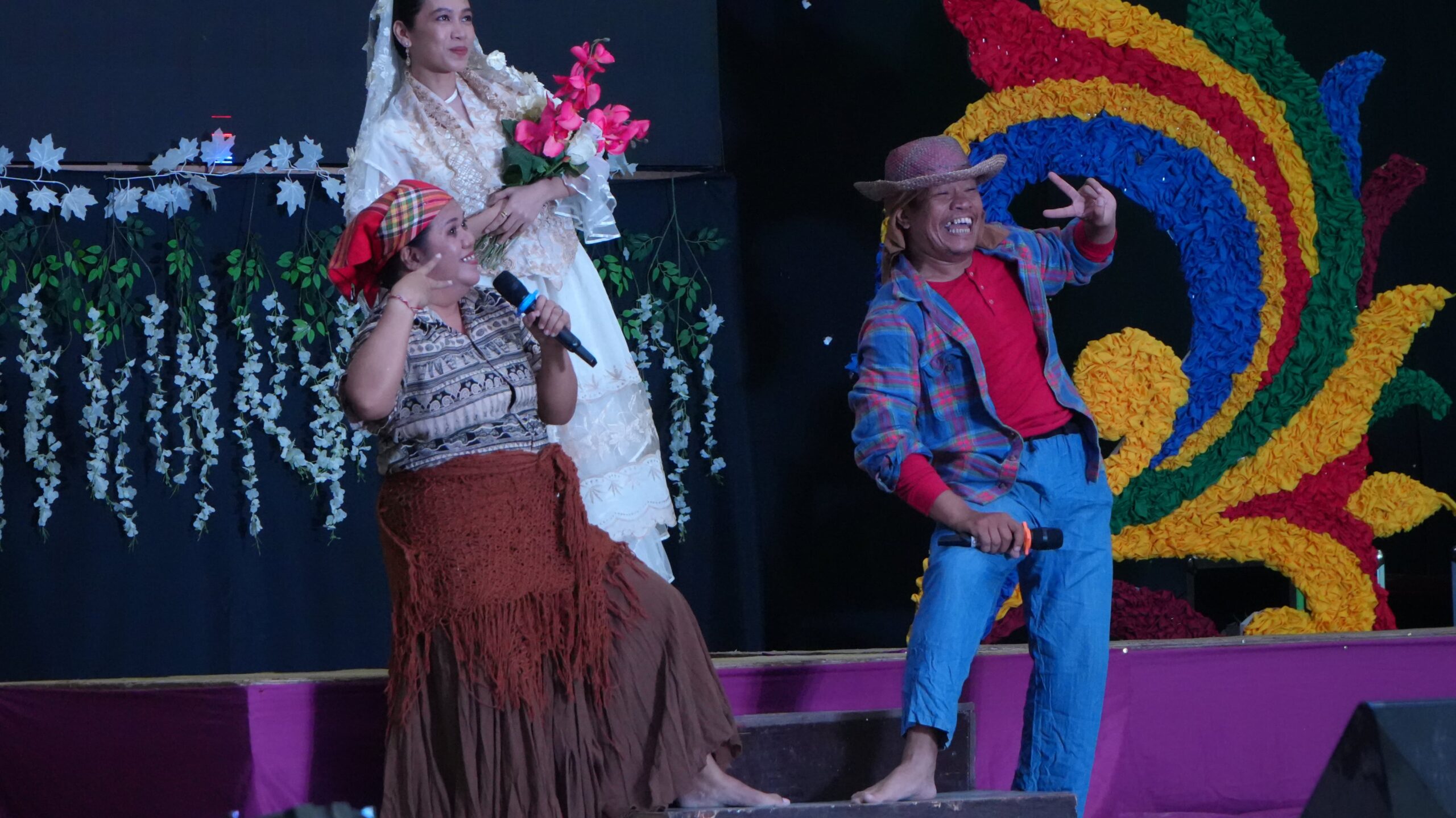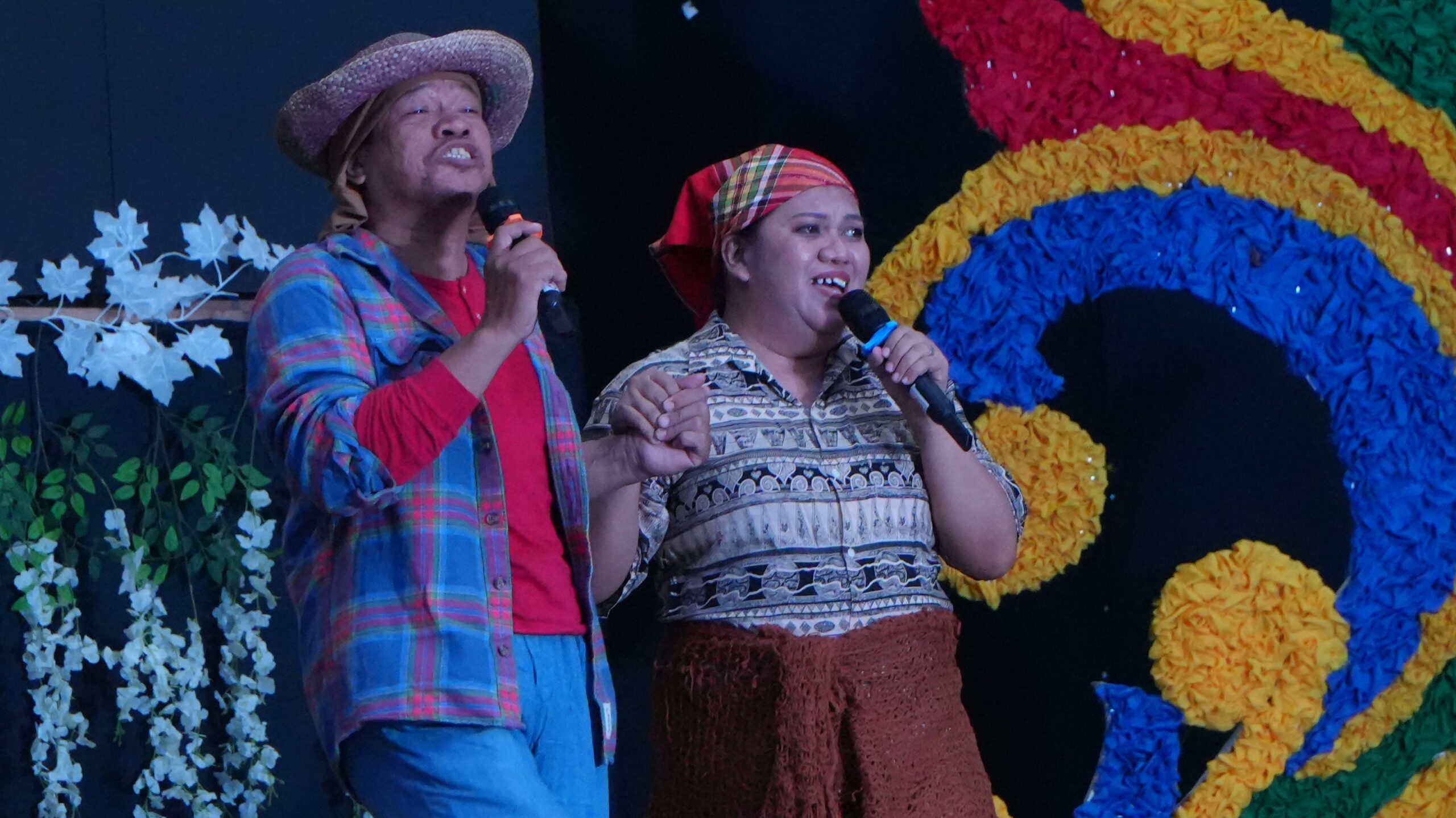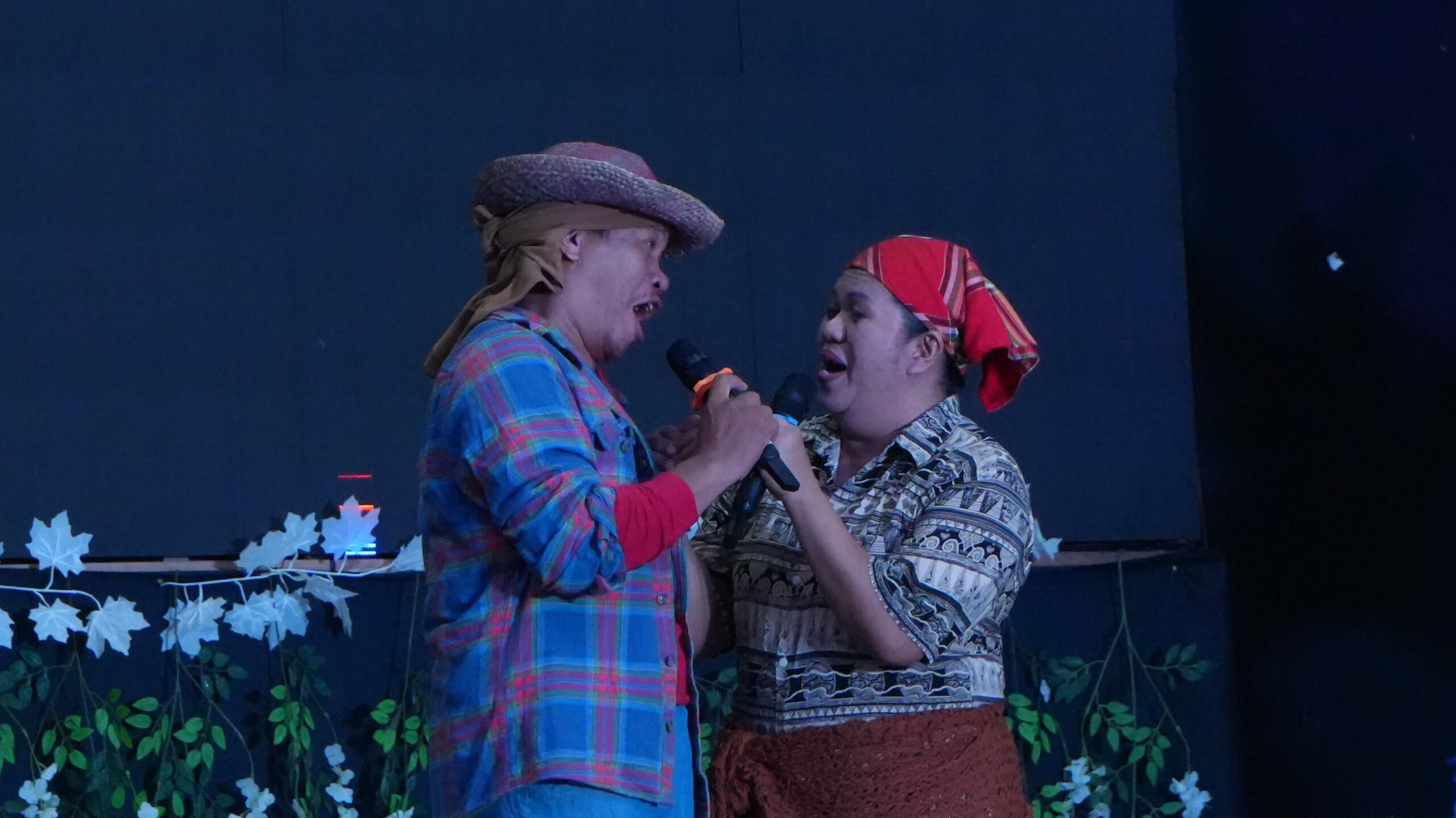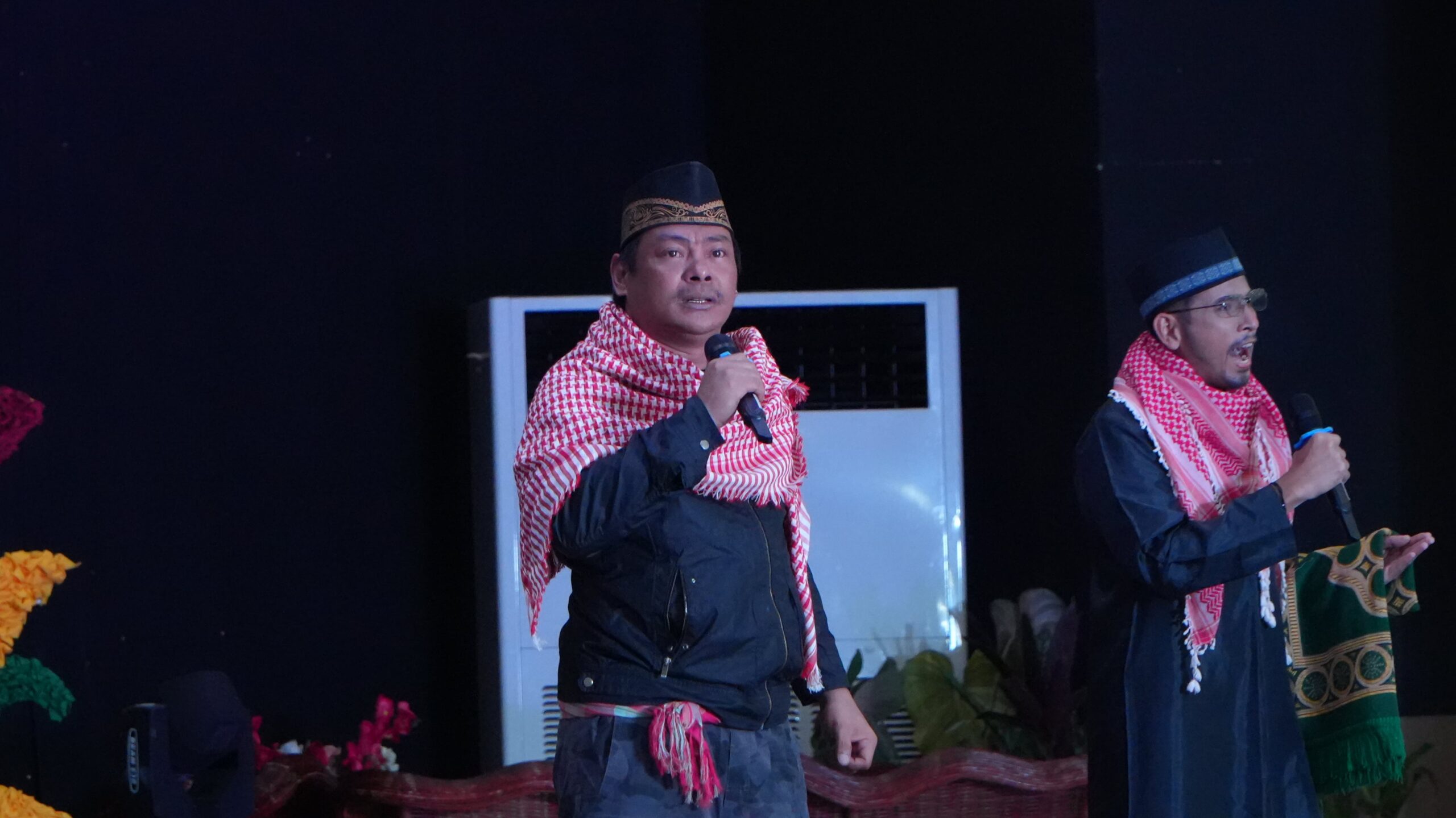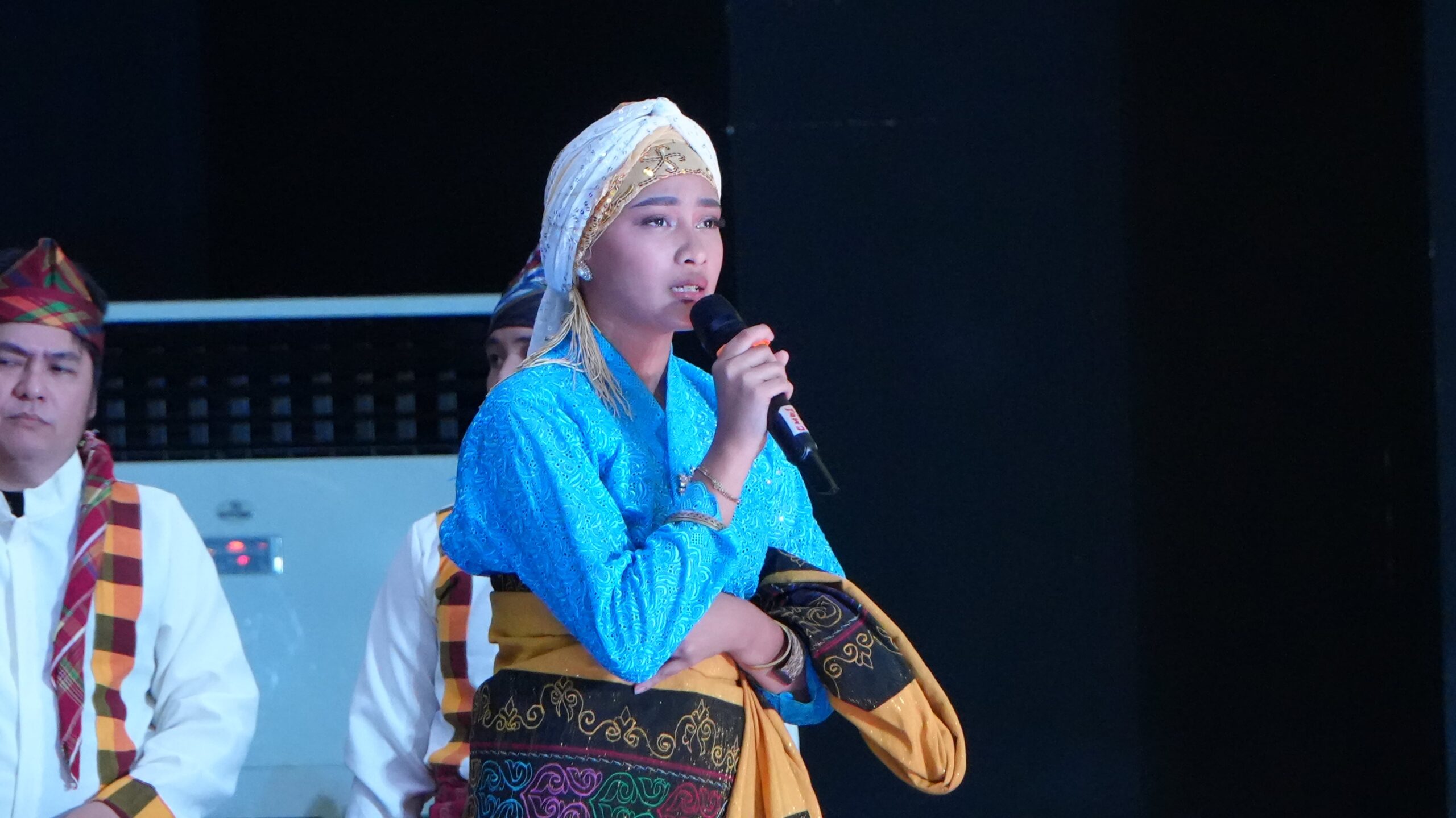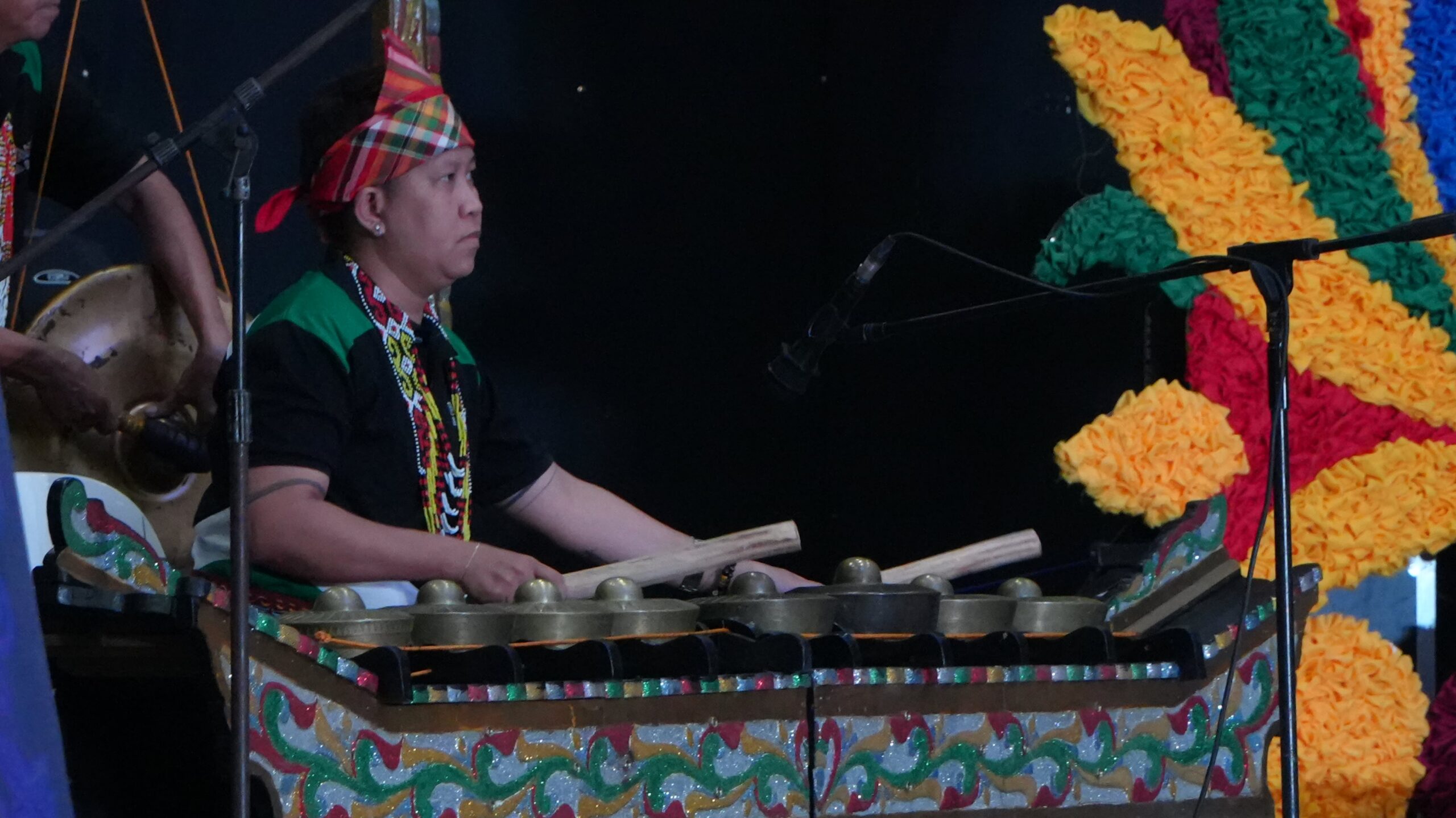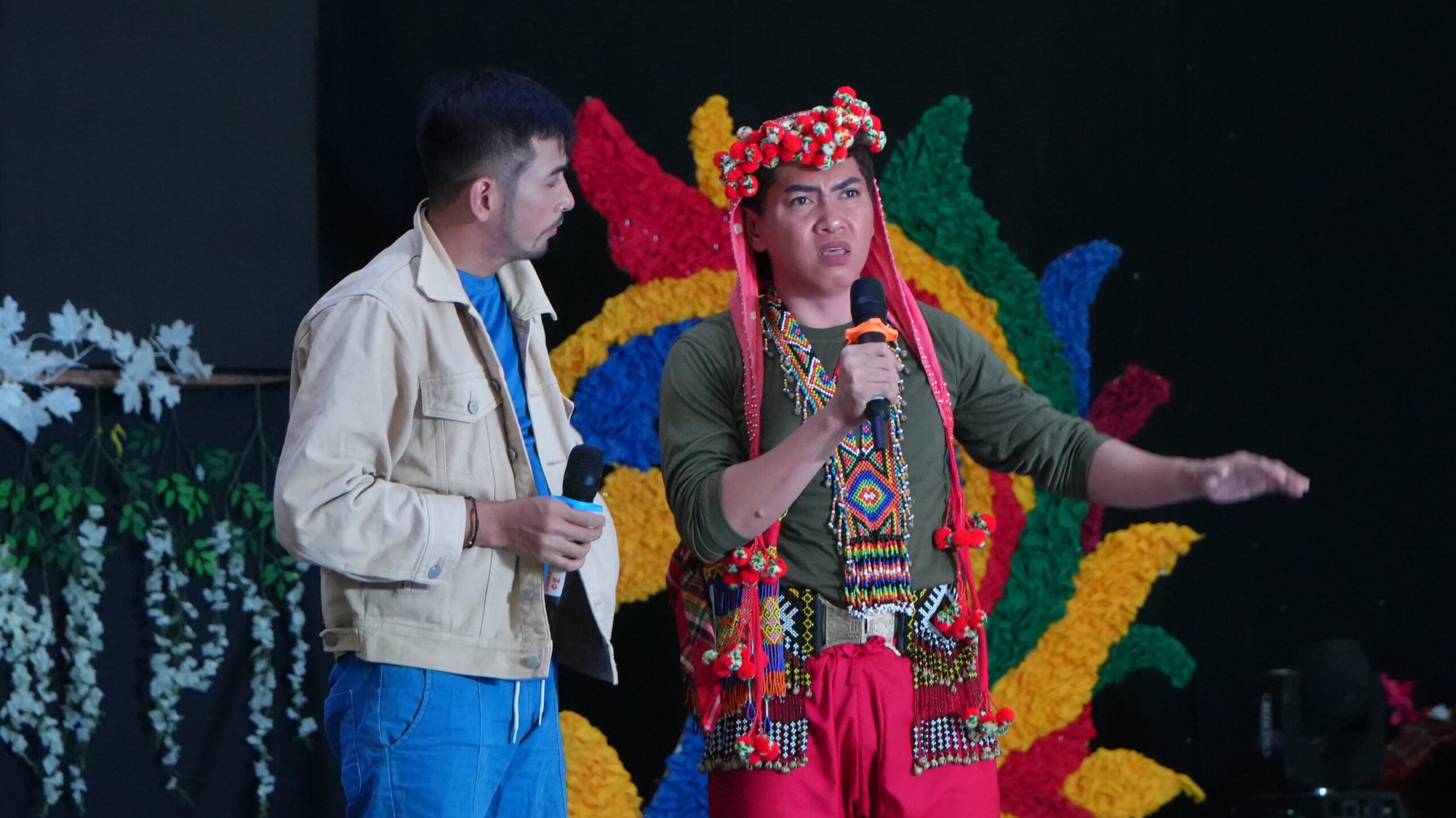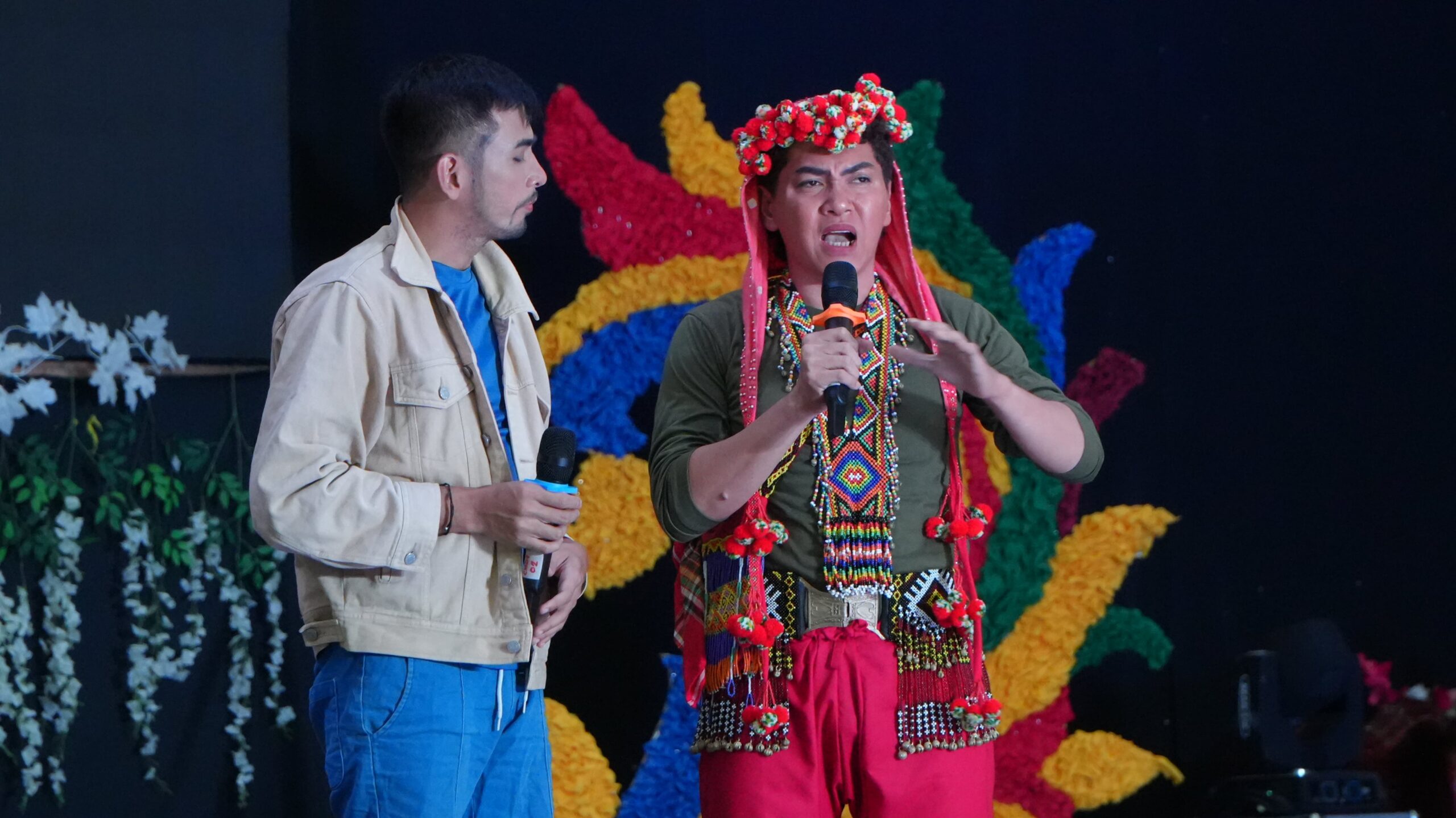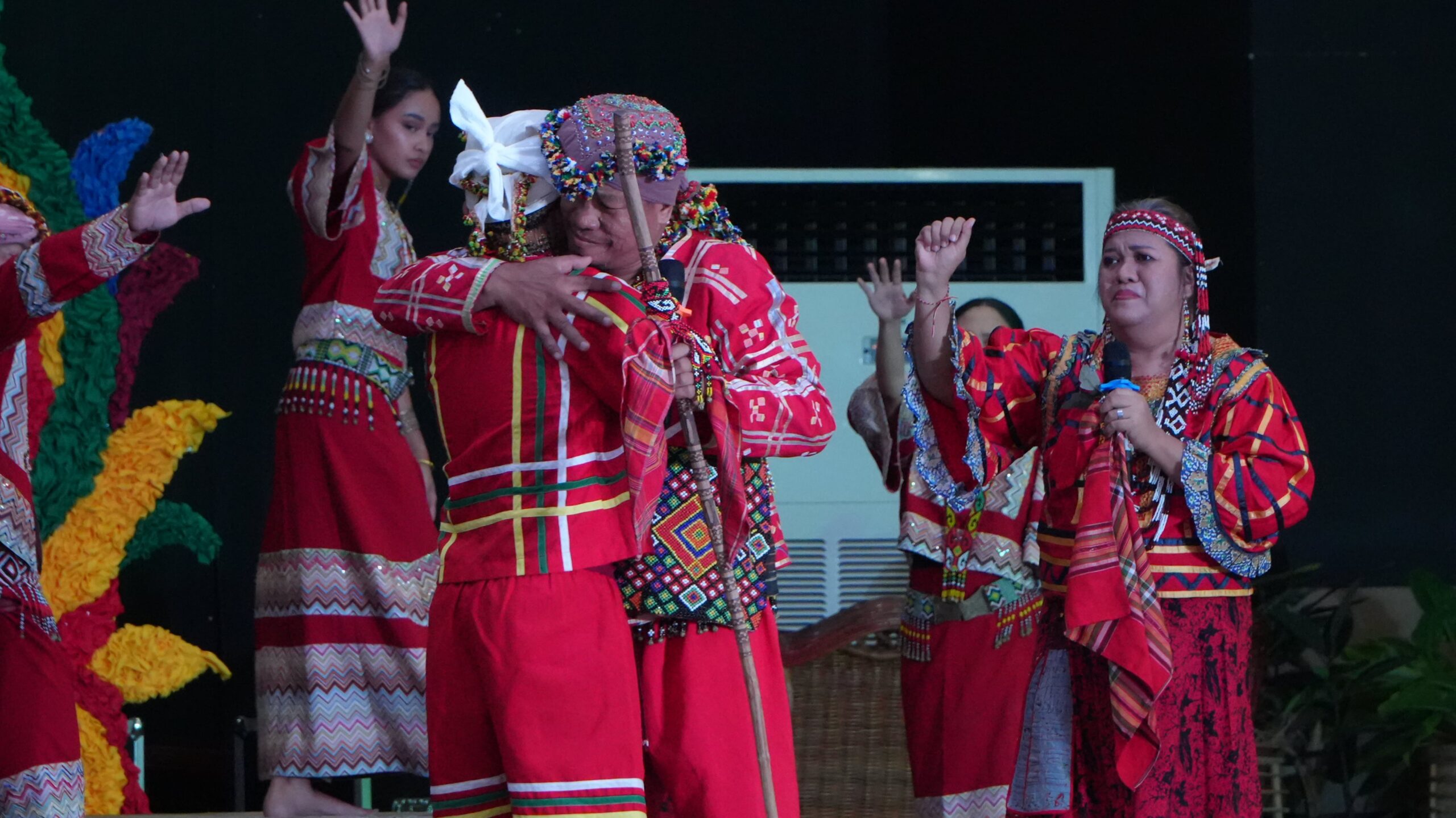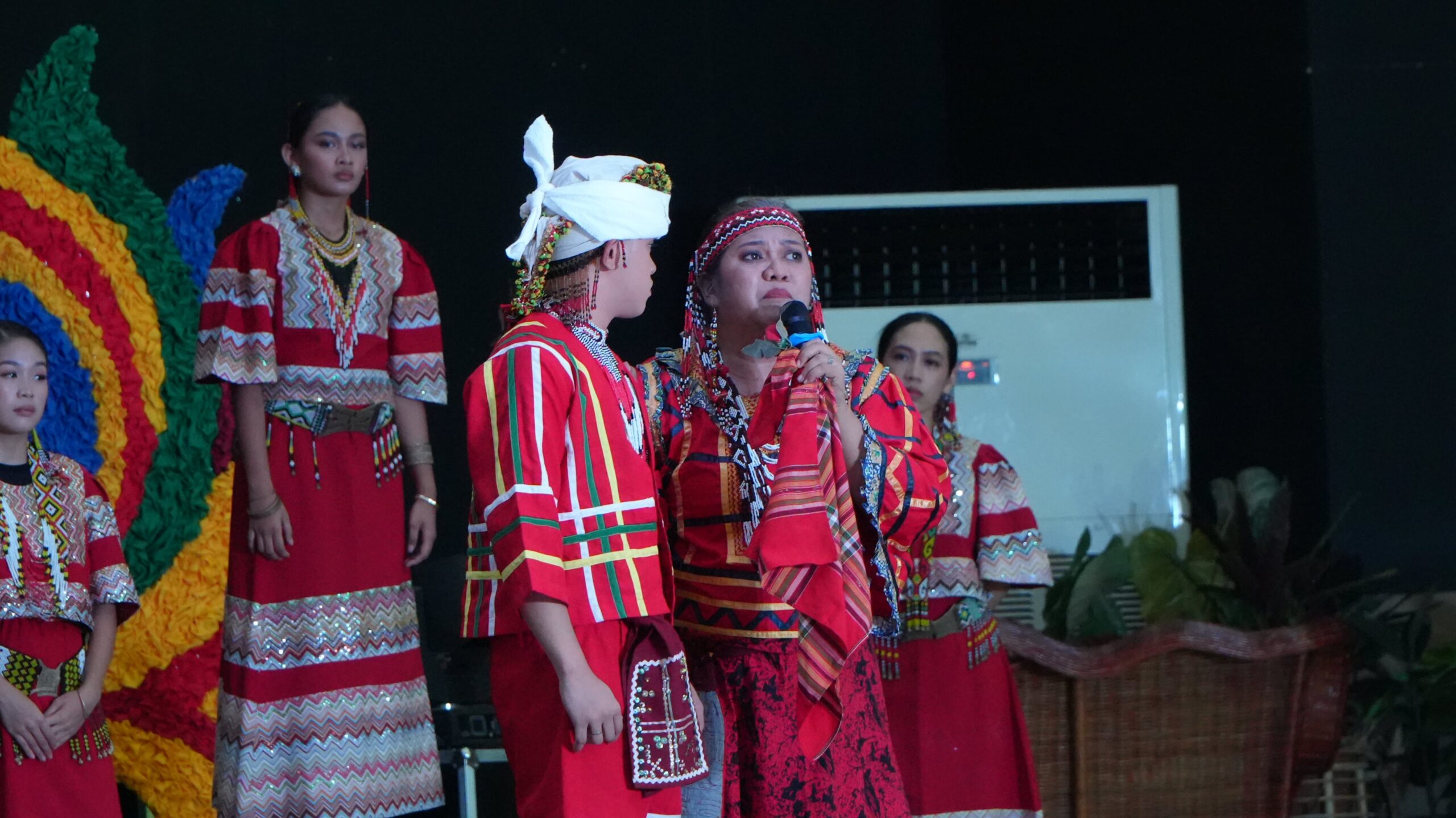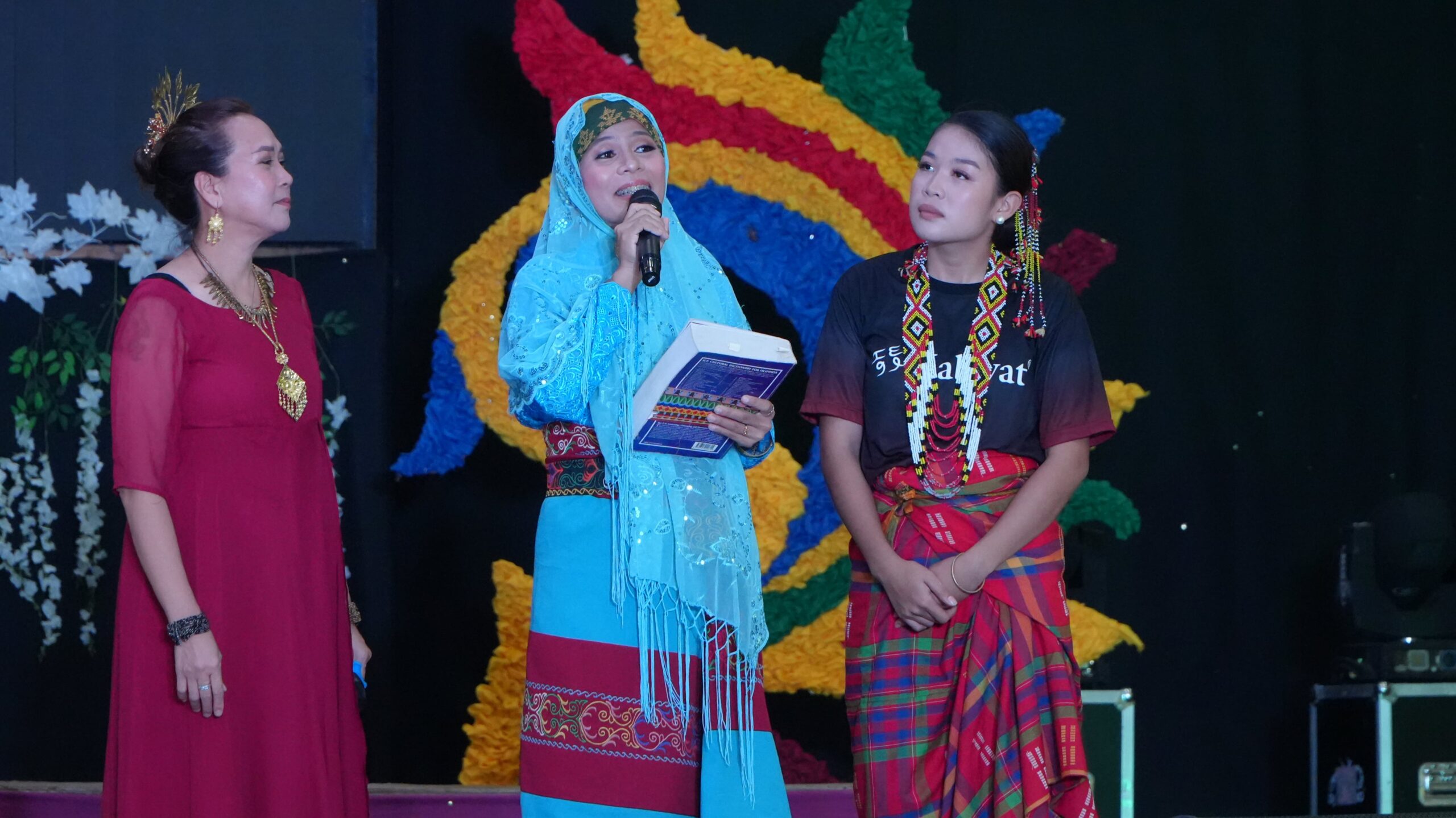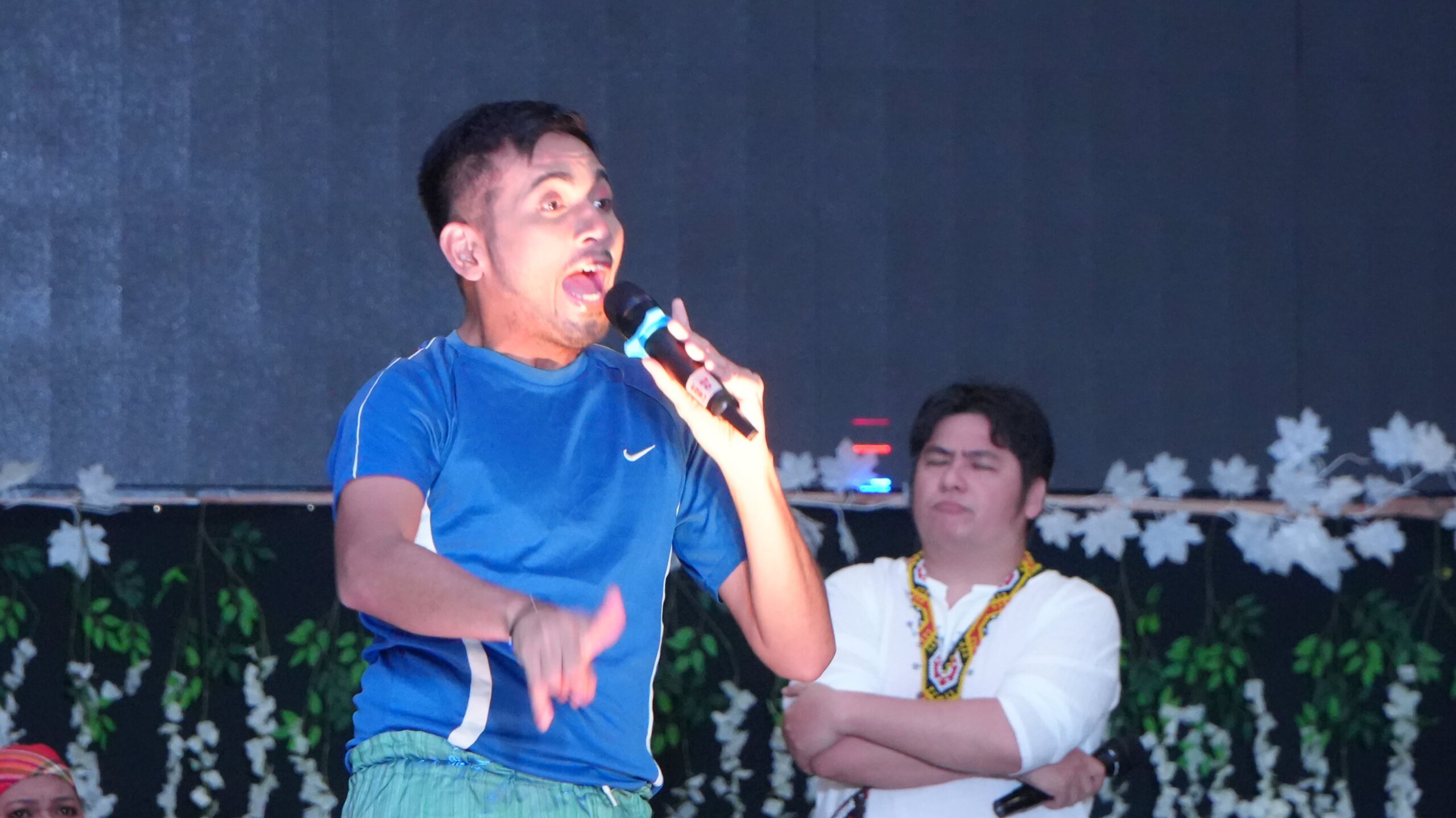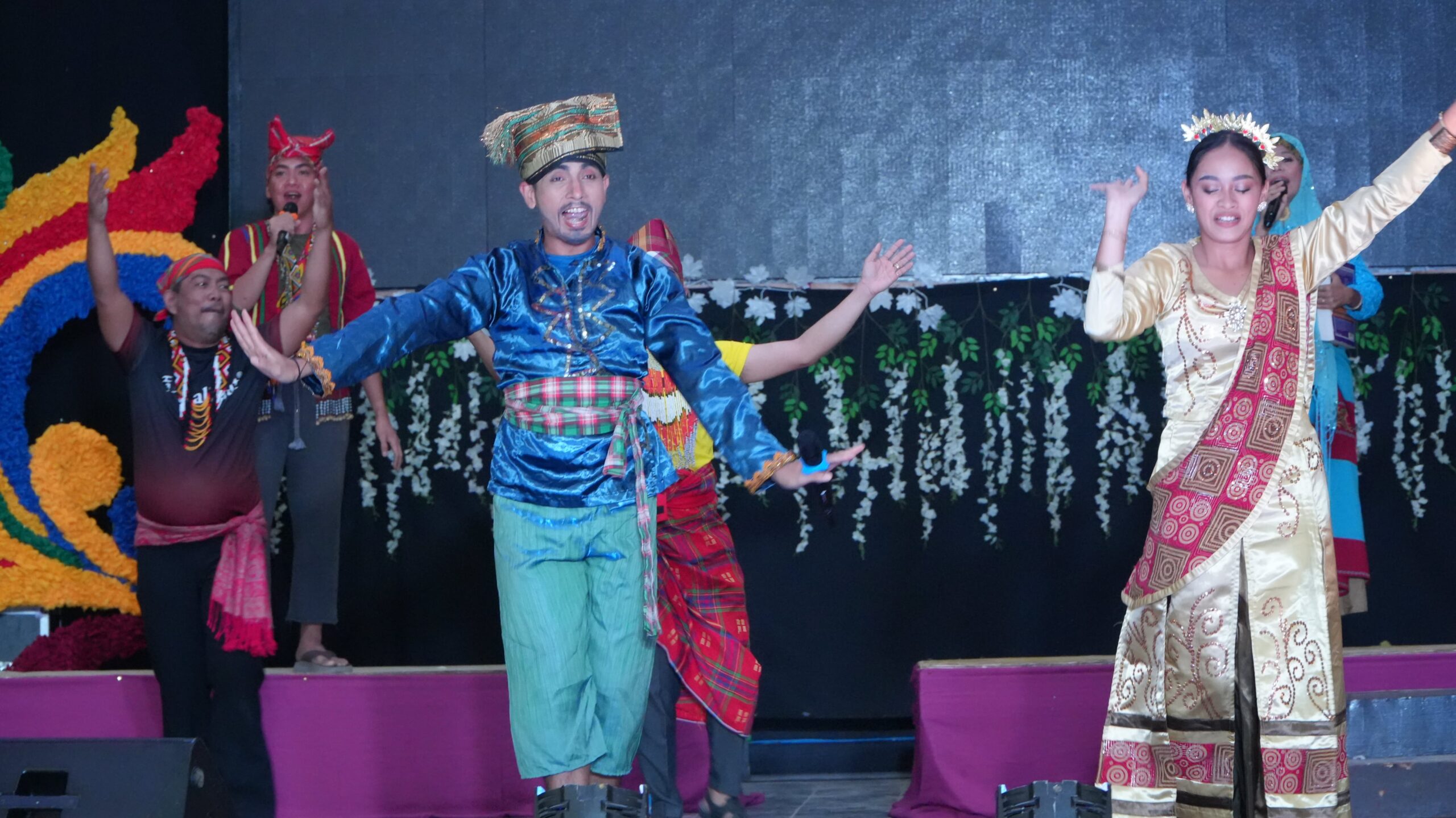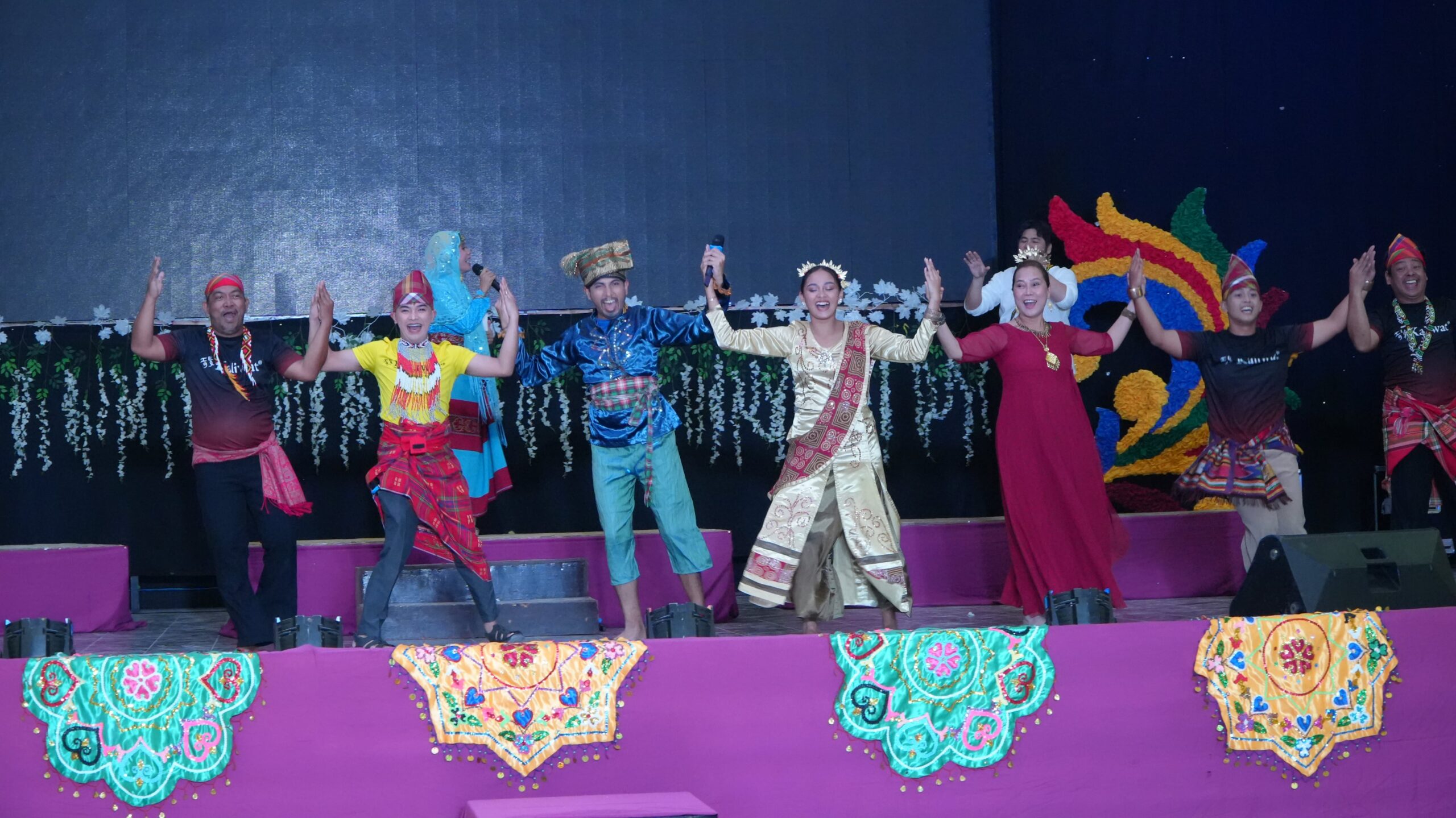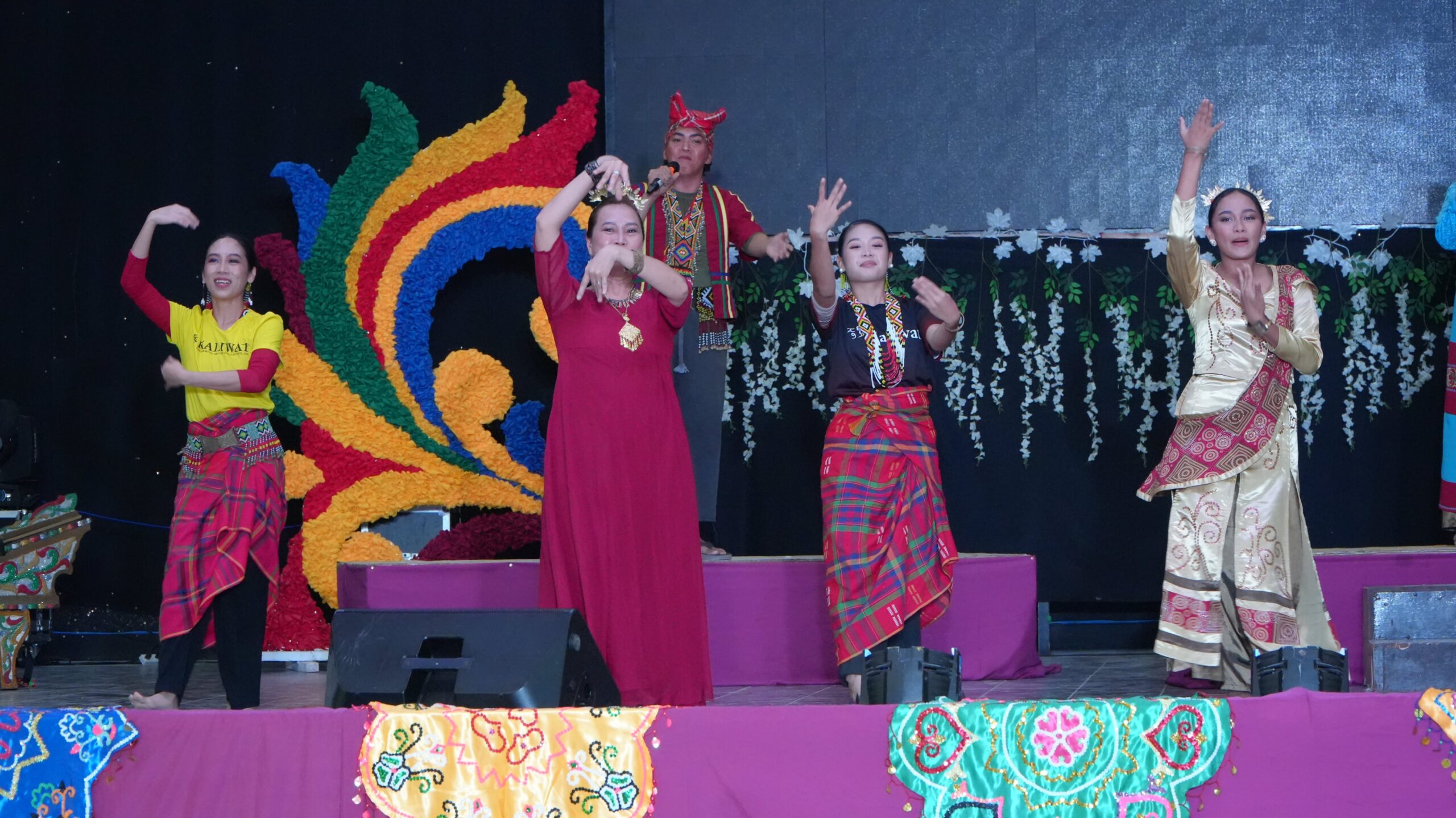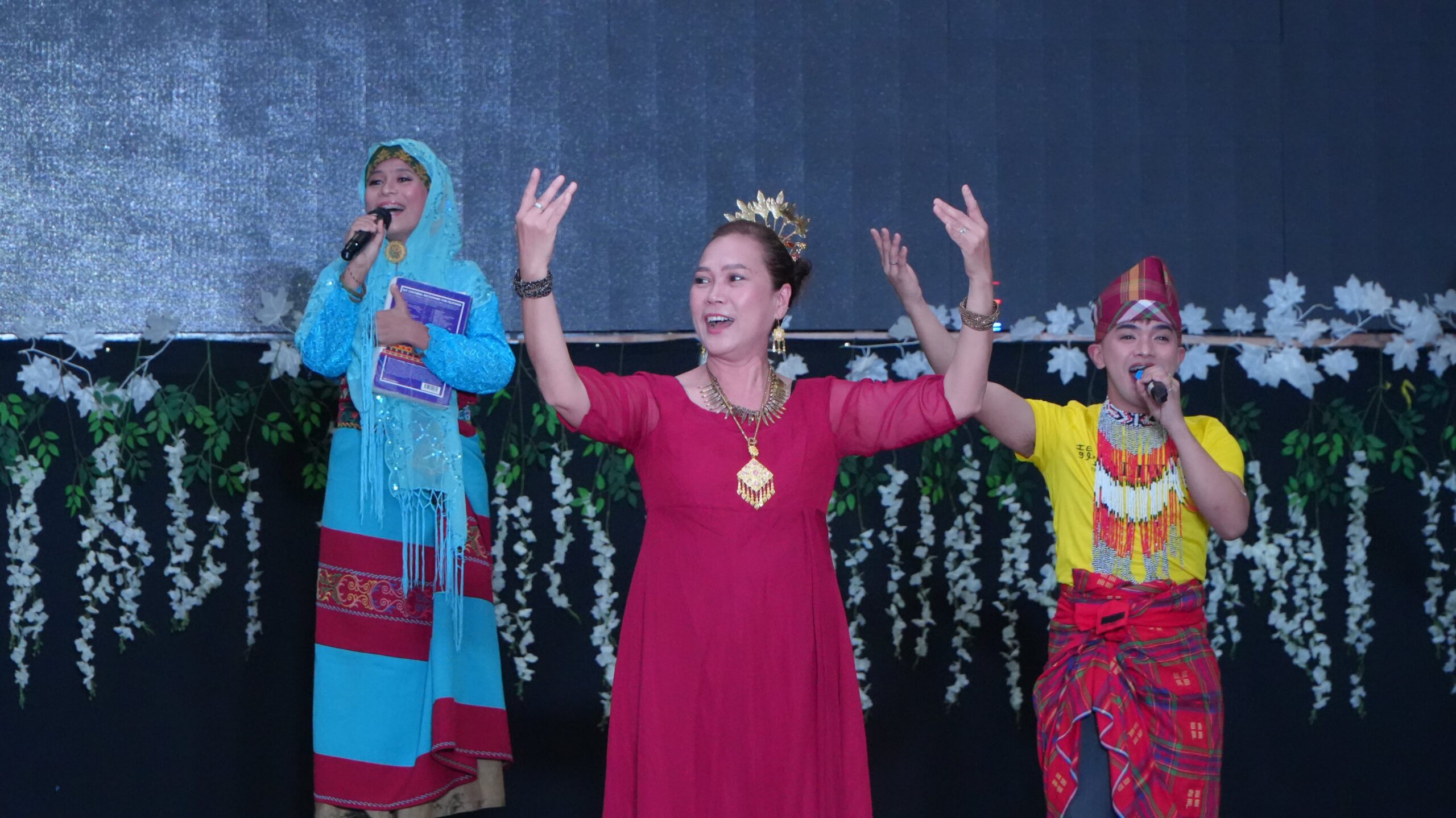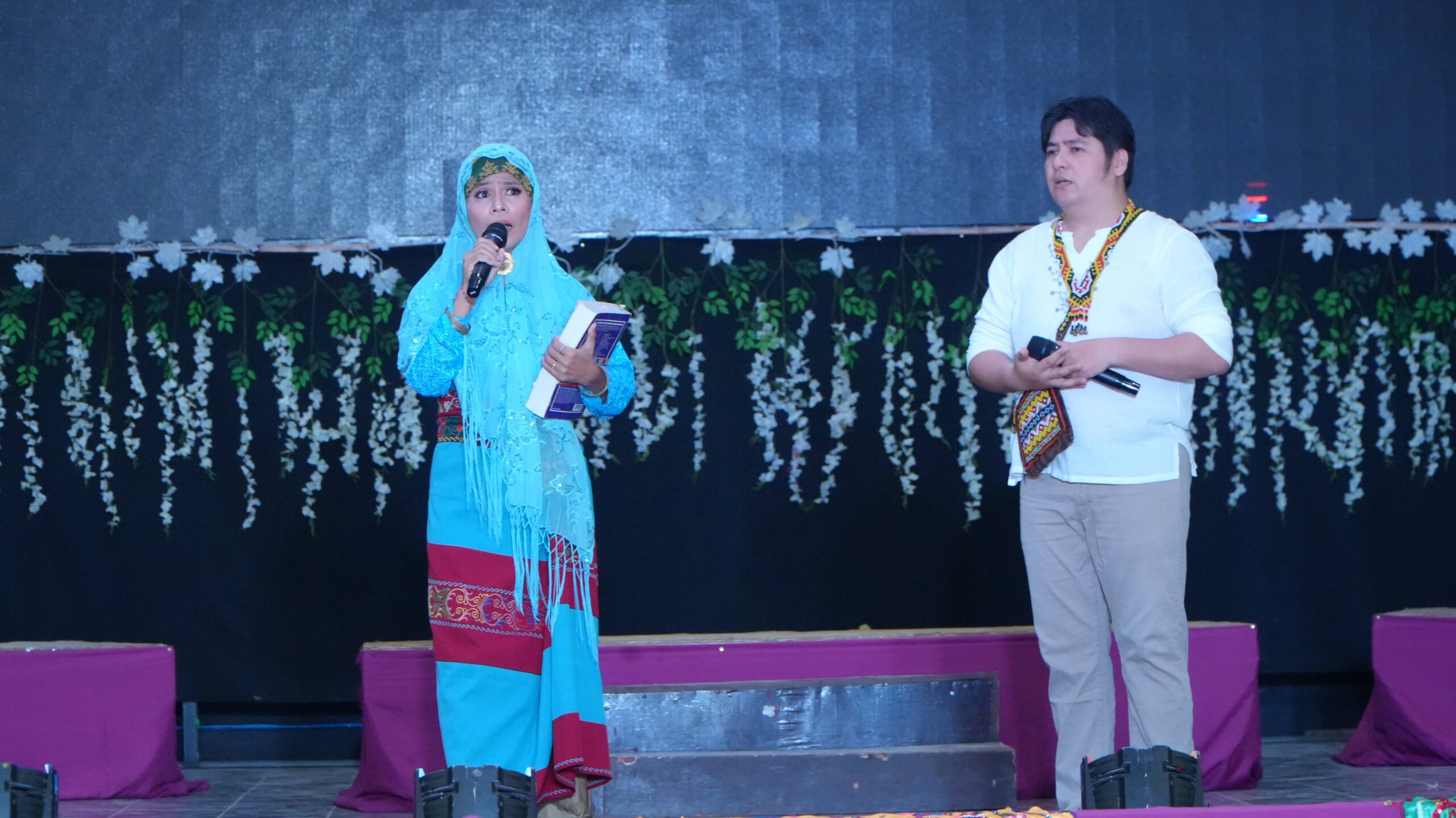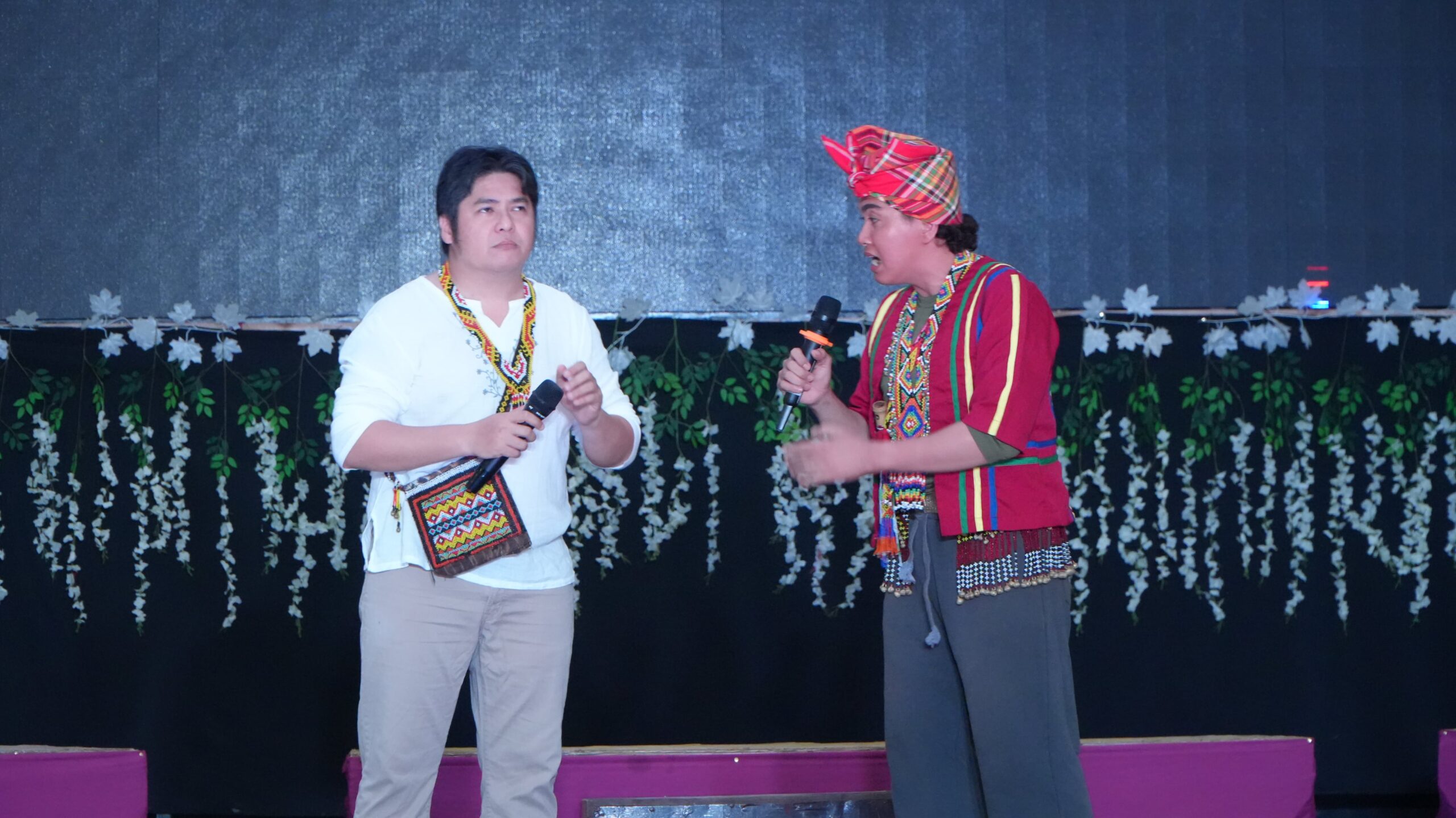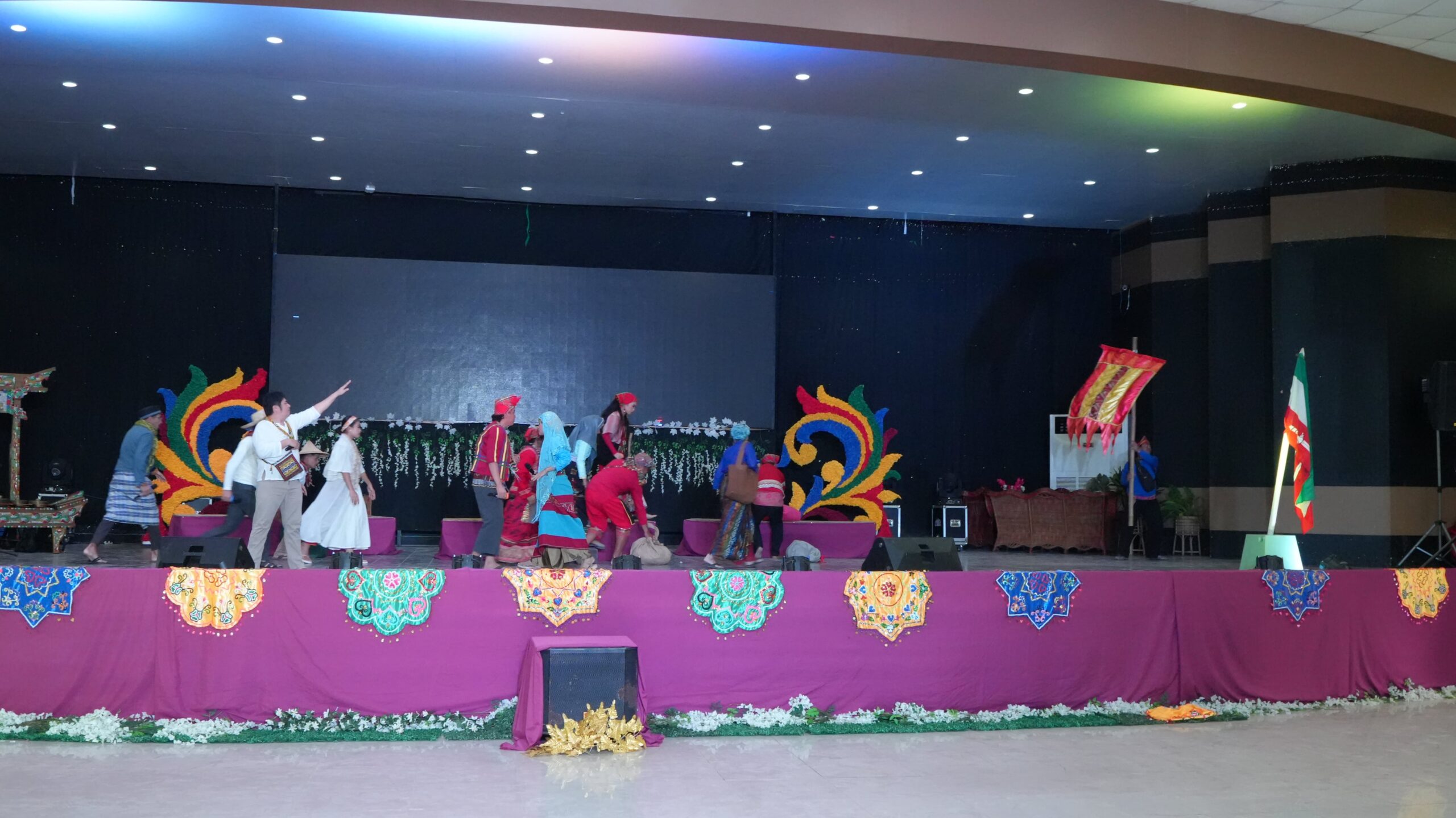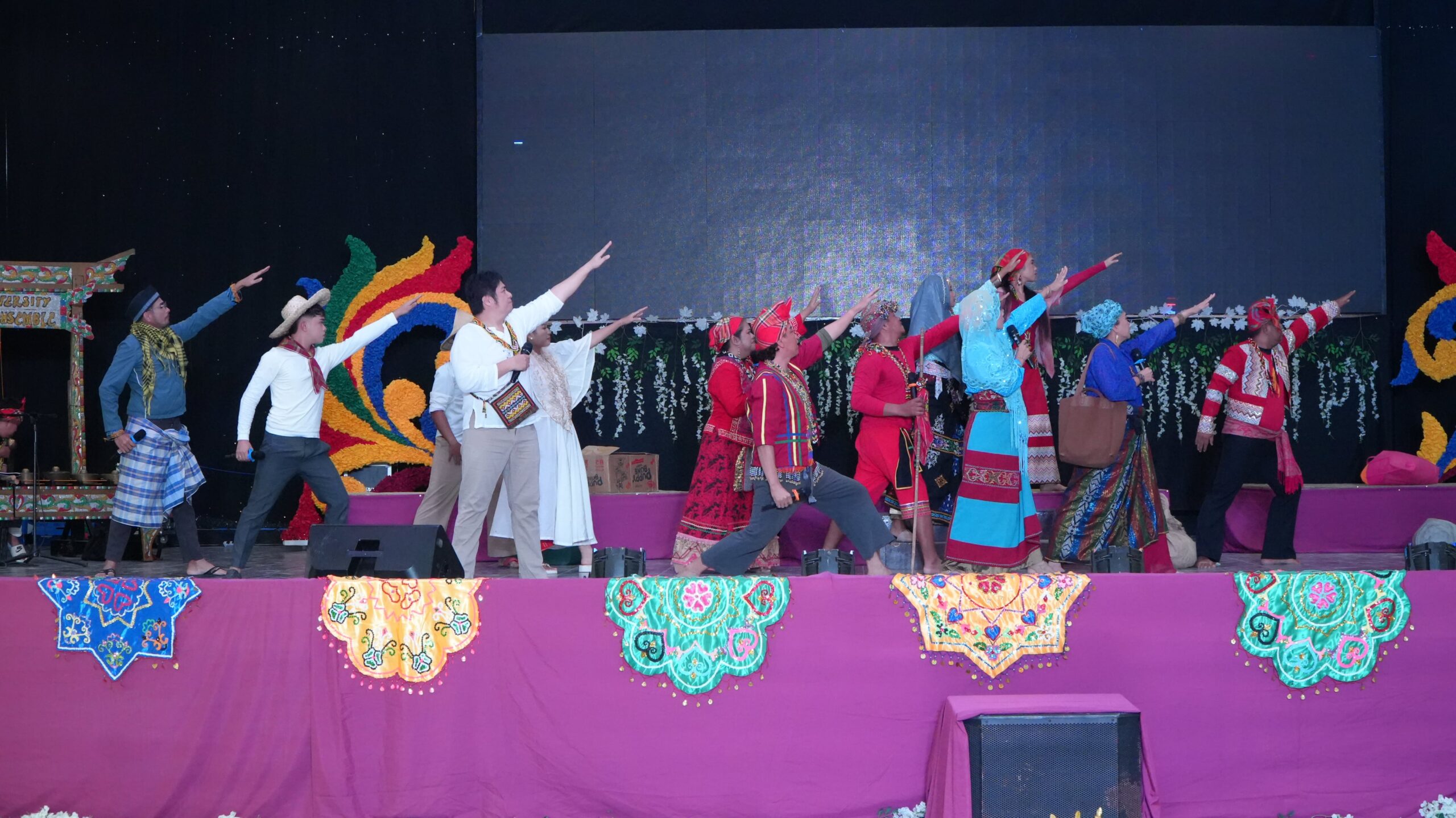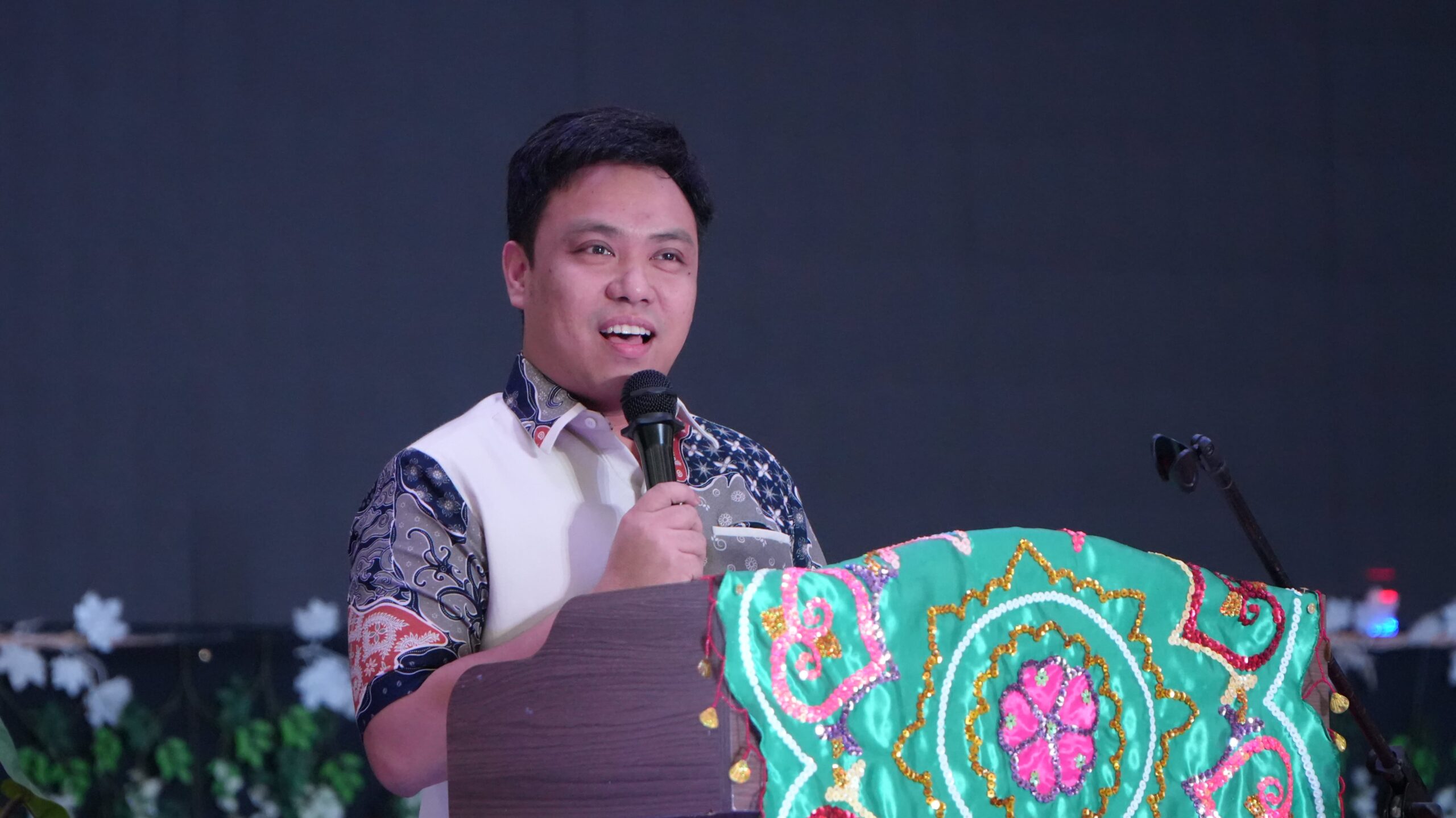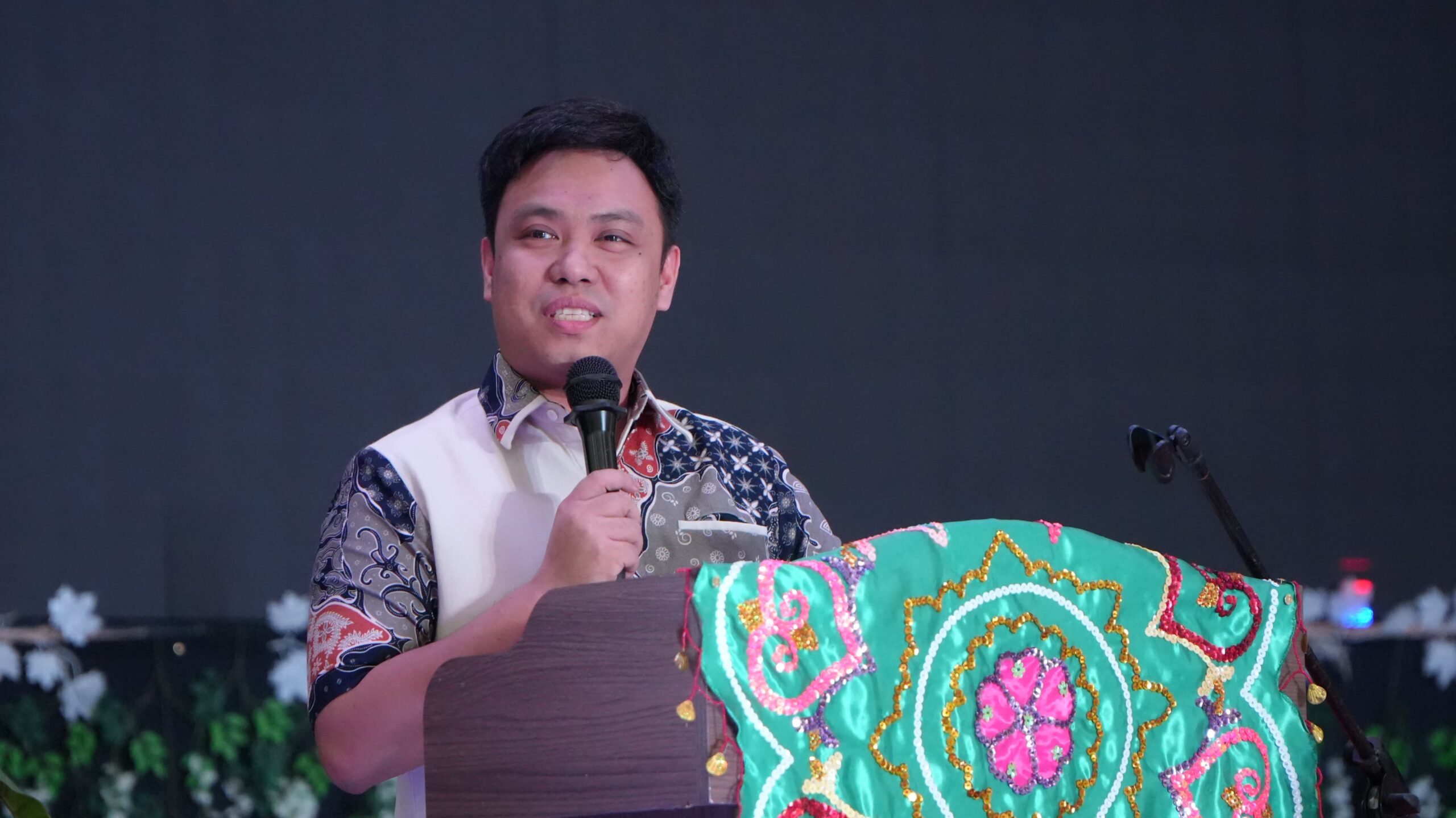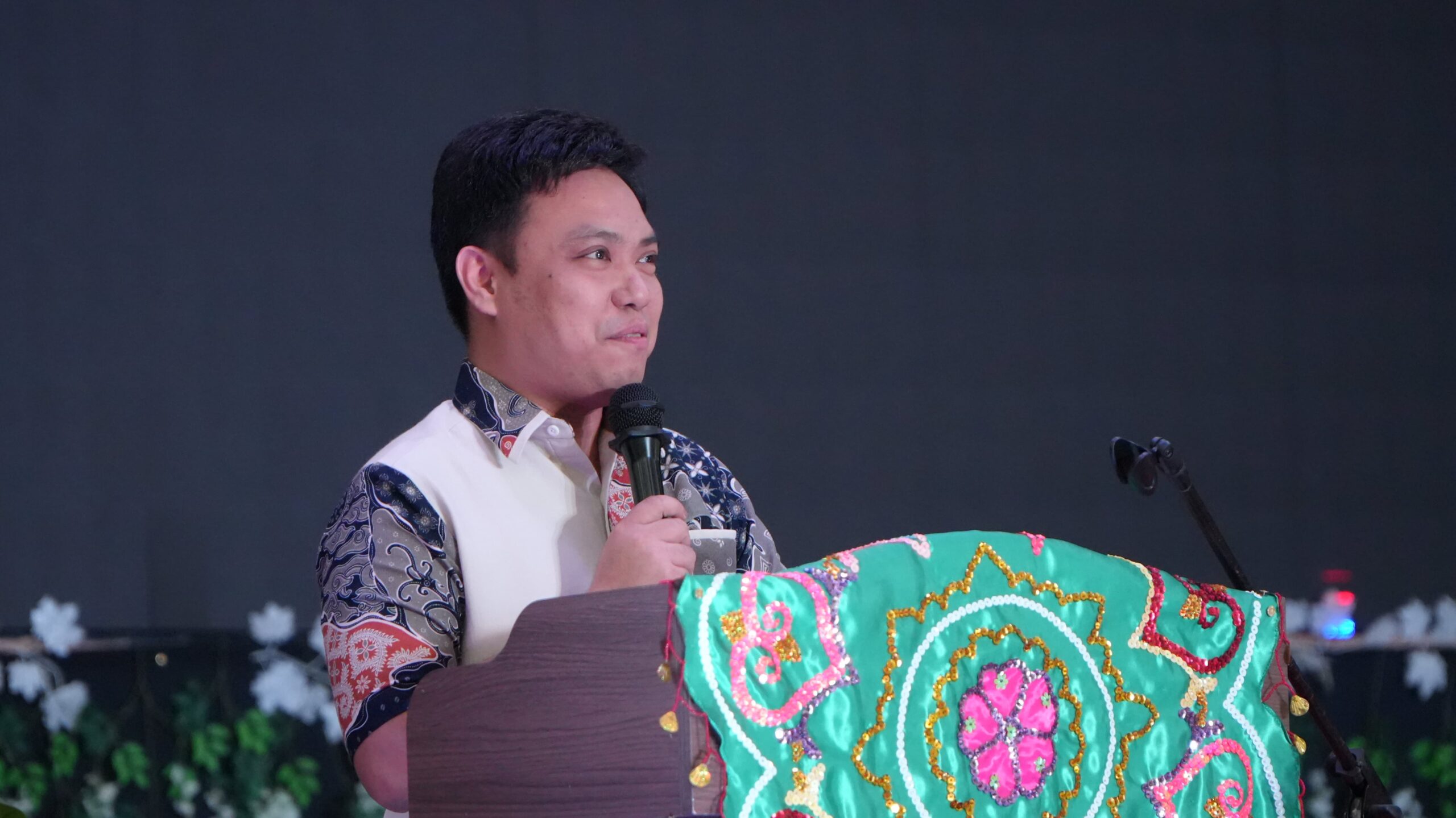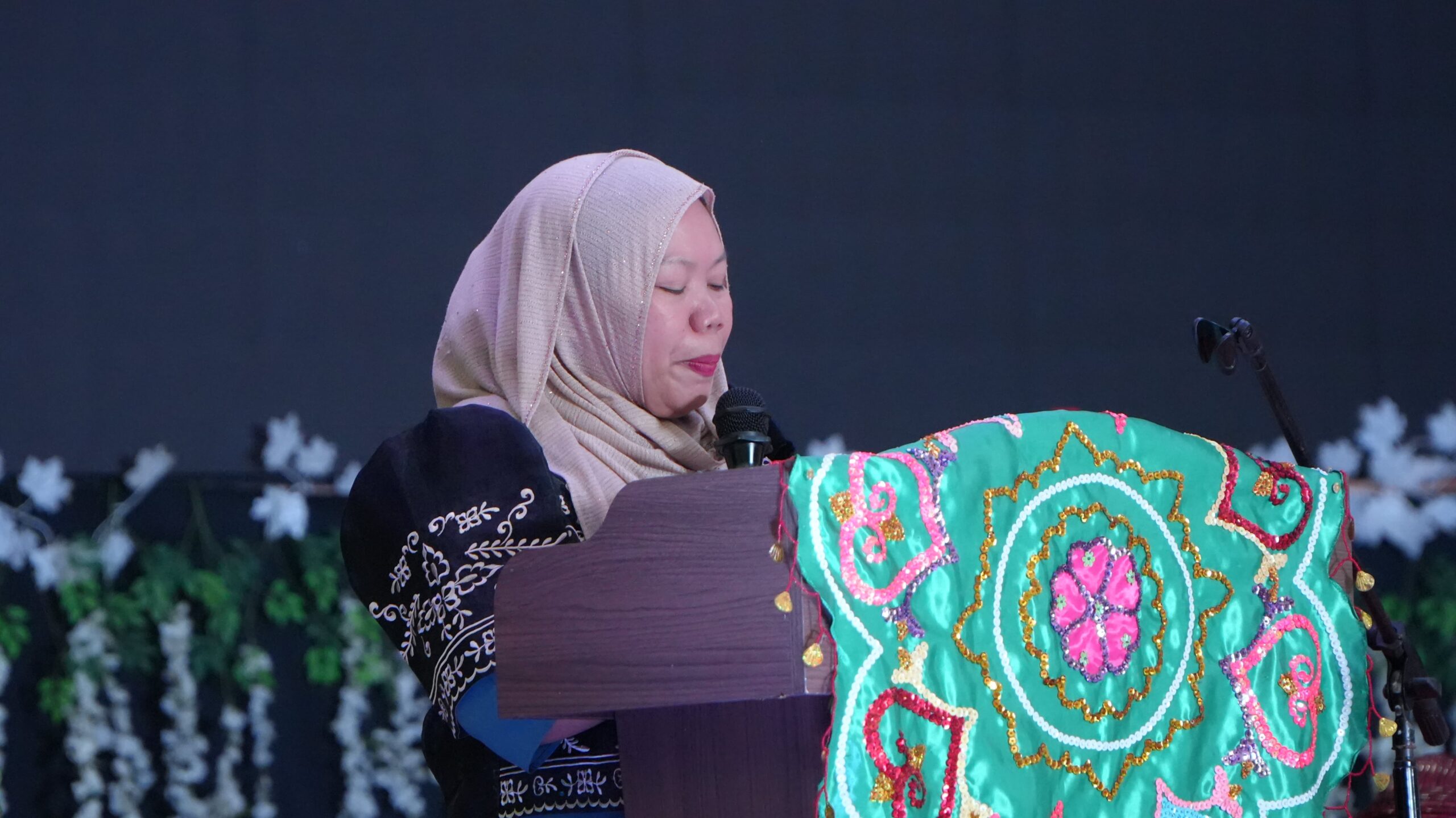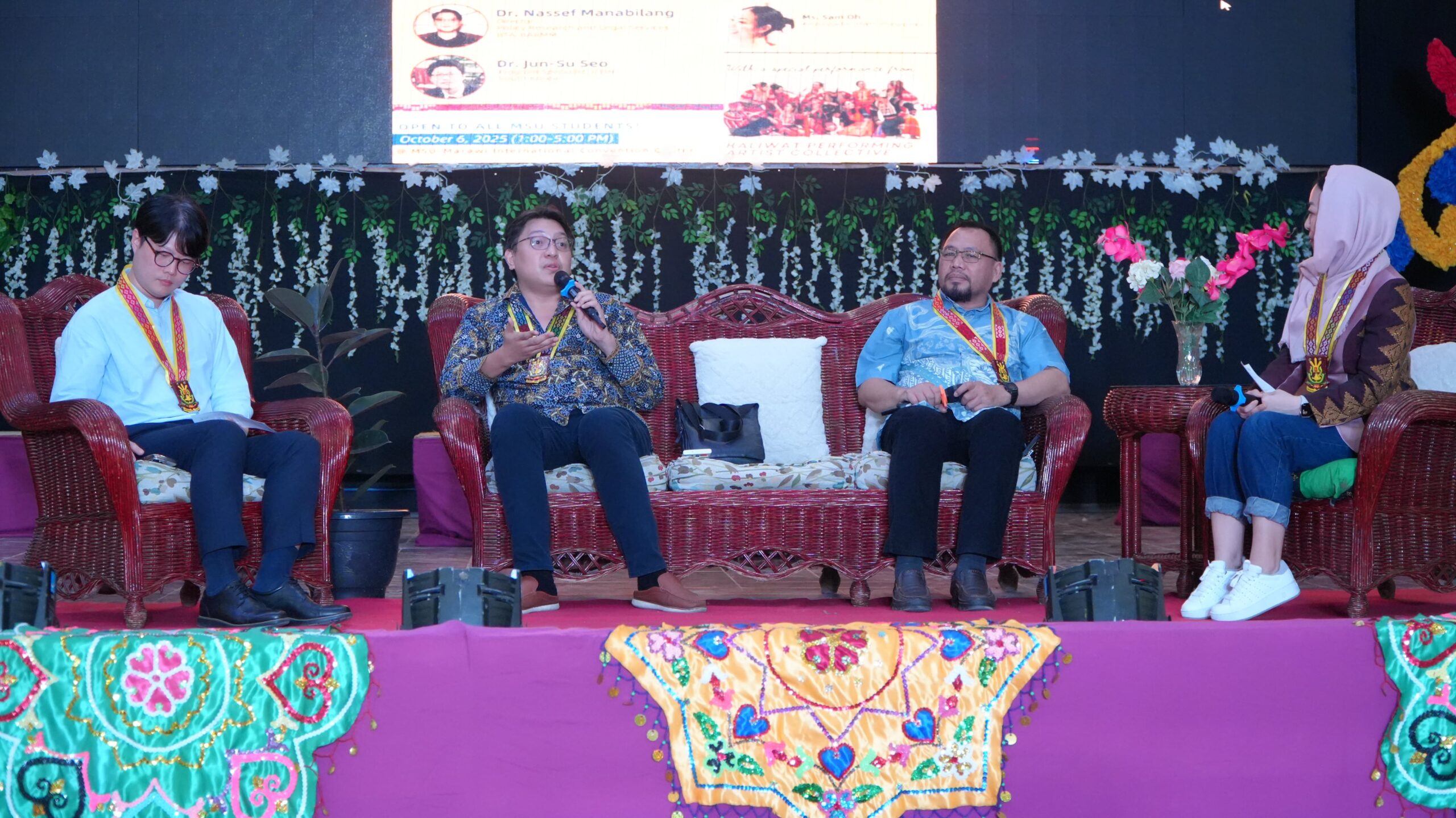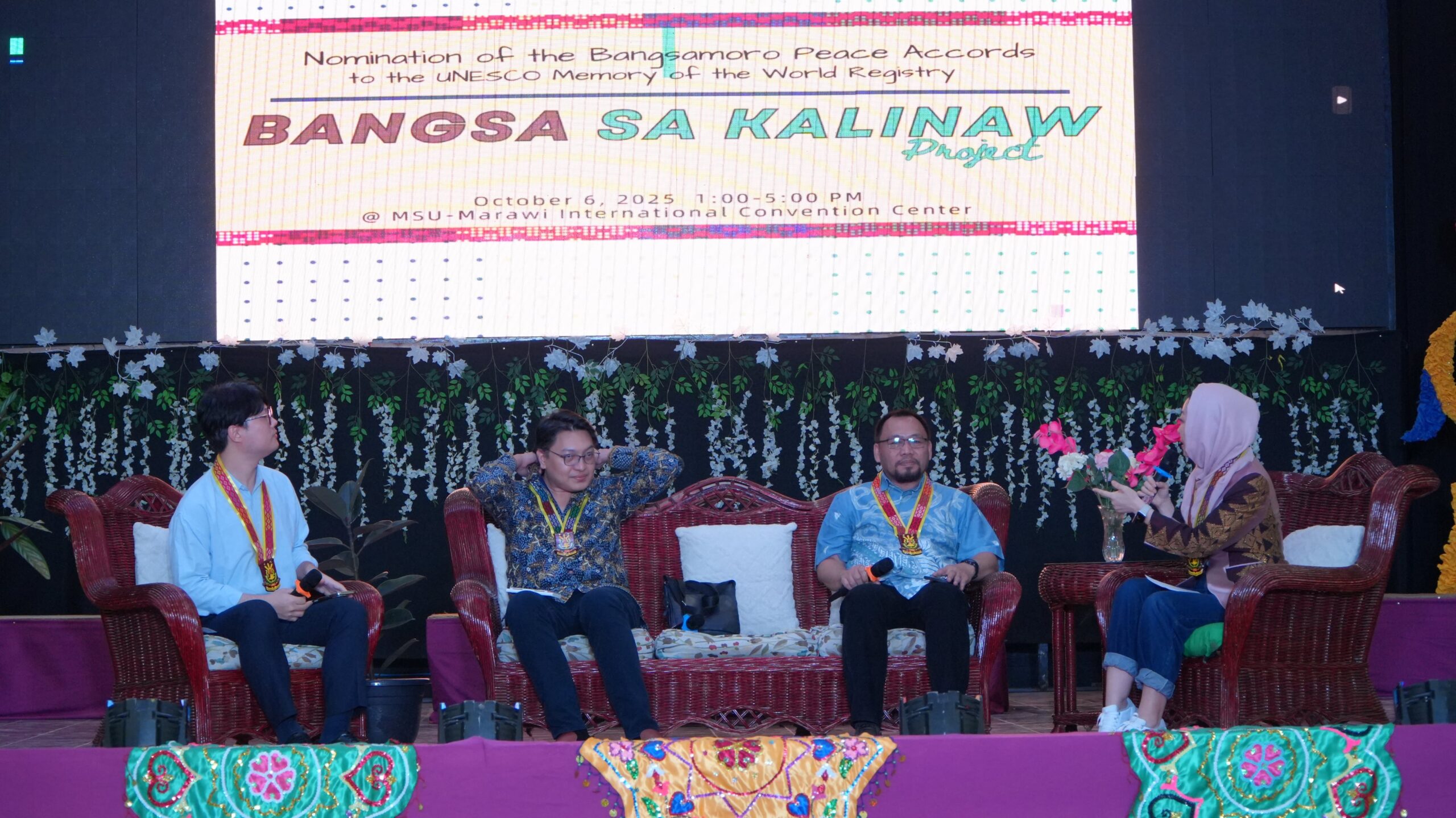Mindanao State University (MSU)-Marawi hosted the “Bangsa sa Kalinaw” Project on October 6, 2025. This undertaking significantly reinforces the University’s institutional commitment toward becoming the recognized National Peace University, aligning directly with the MSU President’s strategic agendas for rehabilitating and preserving cultural and religious heritage and conducting peacebuilding initiatives. The project, a pivotal nationwide initiative for promoting peace education, cultural understanding, and heritage preservation, converged at the MSU-Marawi International Convention Center, underscoring the University’s renewed role as a central hub for generating academic discourse on peace and fostering intercultural harmony.
The central objective of the “Bangsa sa Kalinaw” project, organized by the MSU-Marawi Institute for Peace and Development in Mindanao (IPDM), the History Department, the National Commission for Culture and the Arts (NCCA), the UNESCO International Centre for Documentary Heritage (ICDH), and various other partners, is to gain international recognition for the historic documents that chronicle the Bangsamoro people’s decades-long pursuit of peace and justice. By seeking MoW inscription, the University aims to permanently safeguard and globally contextualize these archives, transforming them into an accessible, international resource. The nominated collection comprises the most foundational agreements, including the Tripoli Agreement (1976), the Final Peace Agreement (1996), the Framework Agreement on the Bangsamoro (FAB), and the Comprehensive Agreement on the Bangsamoro (CAB).
The scholarly rigor of the program was highlighted by the presentation from Asst. Prof. Raihan A. Yusoph, a faculty member of the MSU-Marawi History Department and a PhD Candidate at Hiroshima University, who delivered a comprehensive analysis titled, “Inscribing Peace: The Bangsamoro Peace Accords as UNESCO’s Memory of the World.” This foundational presentation was followed by a distinguished panel discussion that explored the policy and academic implications of the nomination. The panel featured Dr. Acram A. Latiph, Executive Director of MSU-Marawi IPDM; Dr. Nassef Manabilang, Director of Policy Research and Legal Services of the Bangsamoro Transition Authority (BTA-BARMM); and Dr. Jun-Su Seo, Program Specialist at the UNESCO ICDH. The discourse was skillfully moderated by Ms. Sam Oh, Heavenly Culture, World Peace, Restoration of Light (HWPL) Philippines Ambassador.
Reinforcing the project’s educational and cultural dimensions, the event included forums, cultural performances, and dialogues, all celebrating the Bangsamoro peace journey. NCCA Commissioner Carlo B. Ebeo highlighted the educational imperative of the UNESCO bid, emphasizing how the archives can serve as a potent tool for national reconciliation and historical instruction. Further enriching the program, the Kaliwat Performing Artists Collective, Inc. delivered their signature production, Mindasilang. This poignant performance powerfully depicted the historical narratives and aspirations of Mindanao’s tri-people—the Lumad, Moro, and Christian settlers—through a dynamic fusion of history and performance art. The event was embraced by some students, faculty, staff, and officials of MSU including Executive Vice President Dr. Abdulcader M. Ayo, Sh.L., JD.
By hosting this multi-faceted event, MSU-Marawi reaffirmed its profound dedication to memorializing the path to peace. The partners, in a unified message, underscored a collective vision for a Bangsa sa Kalinaw—a nation united in peace, memory, and hope.

